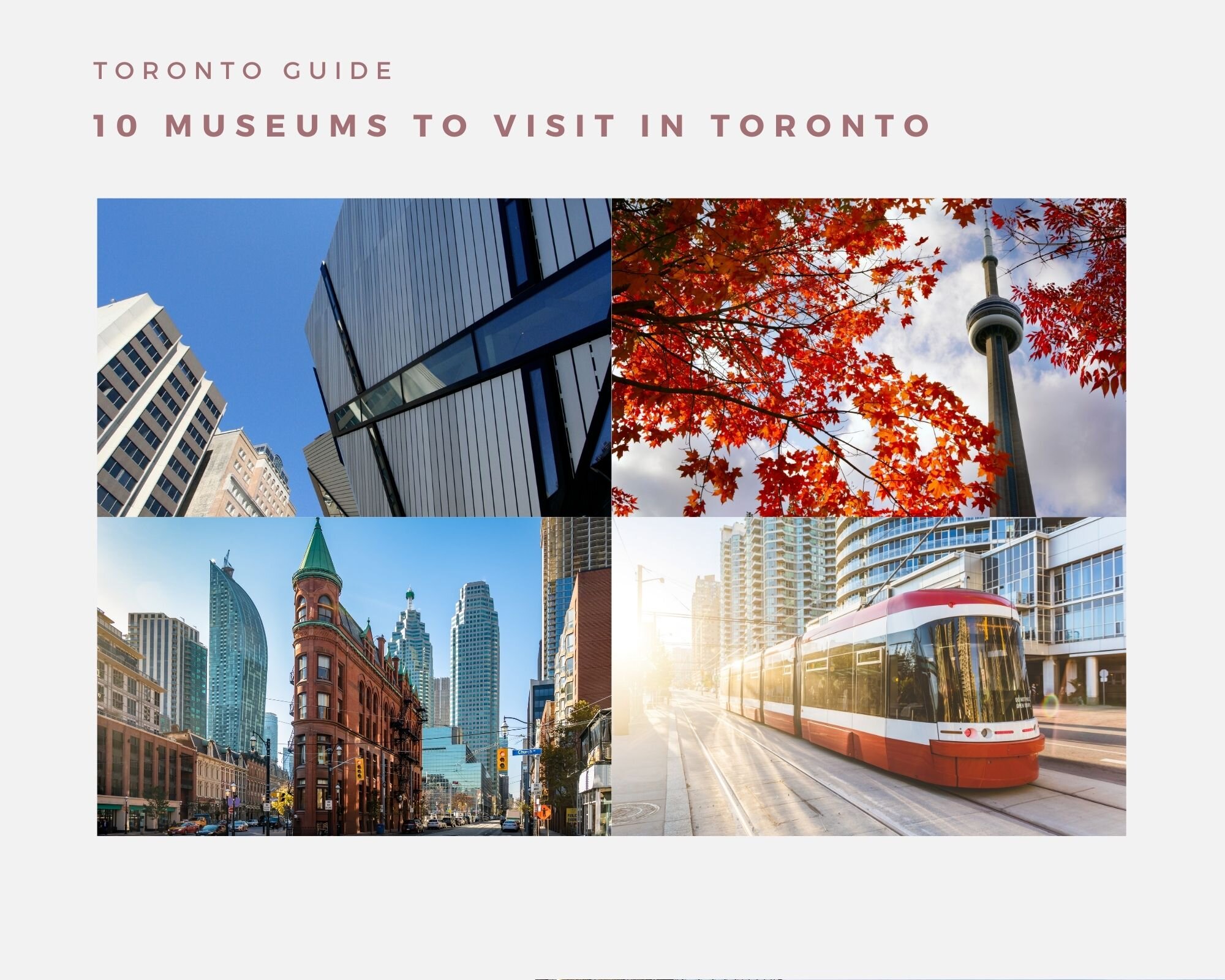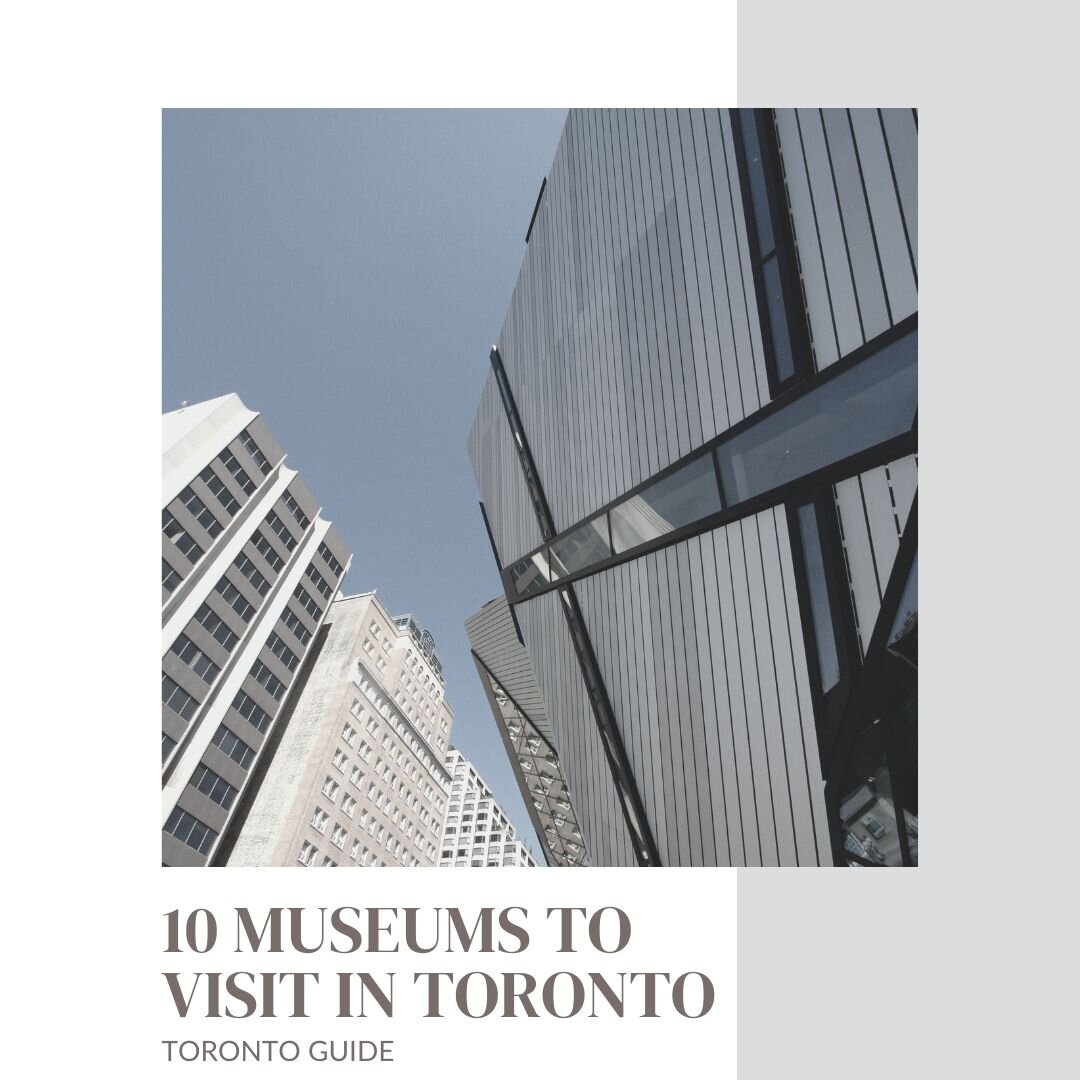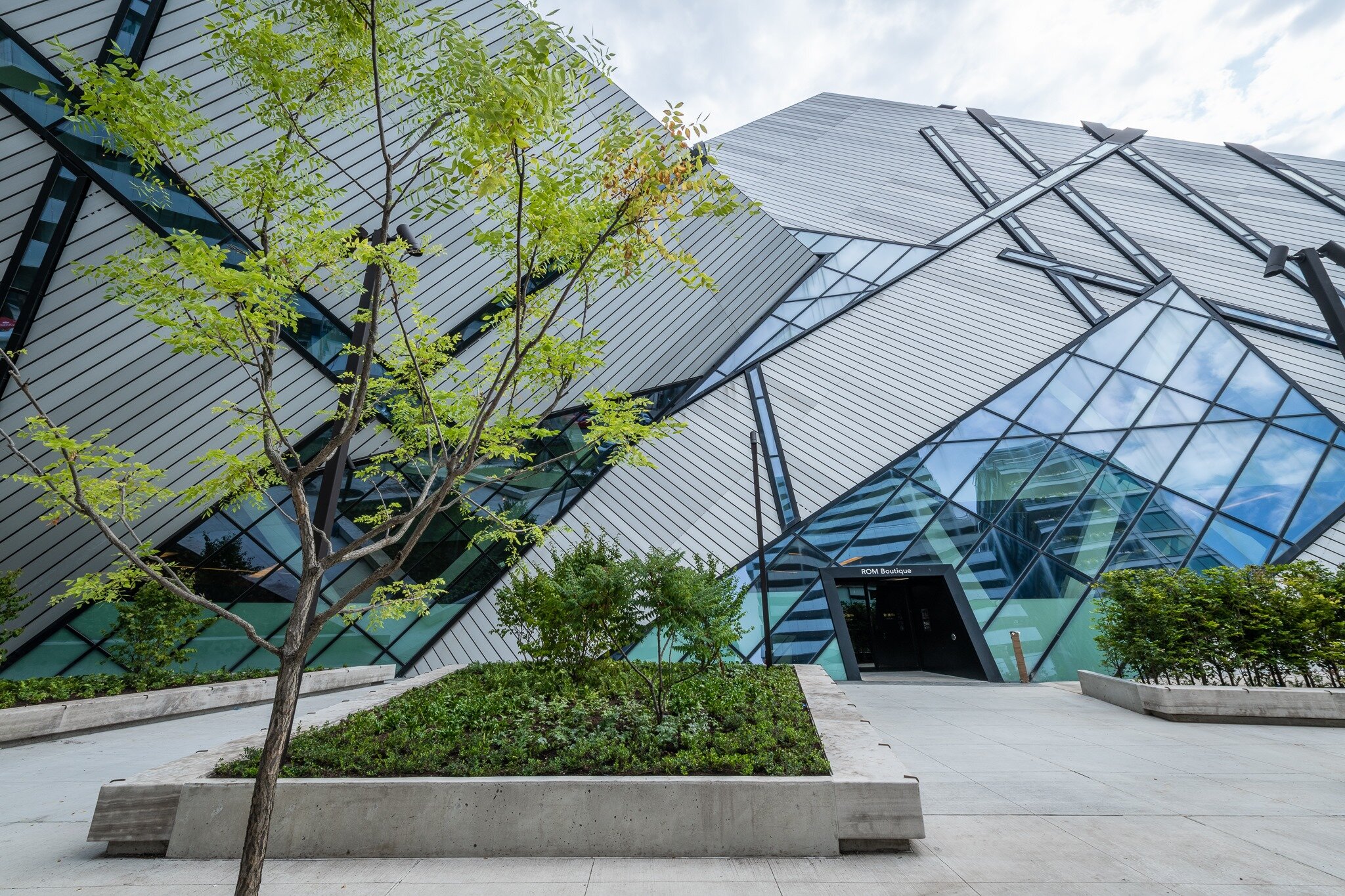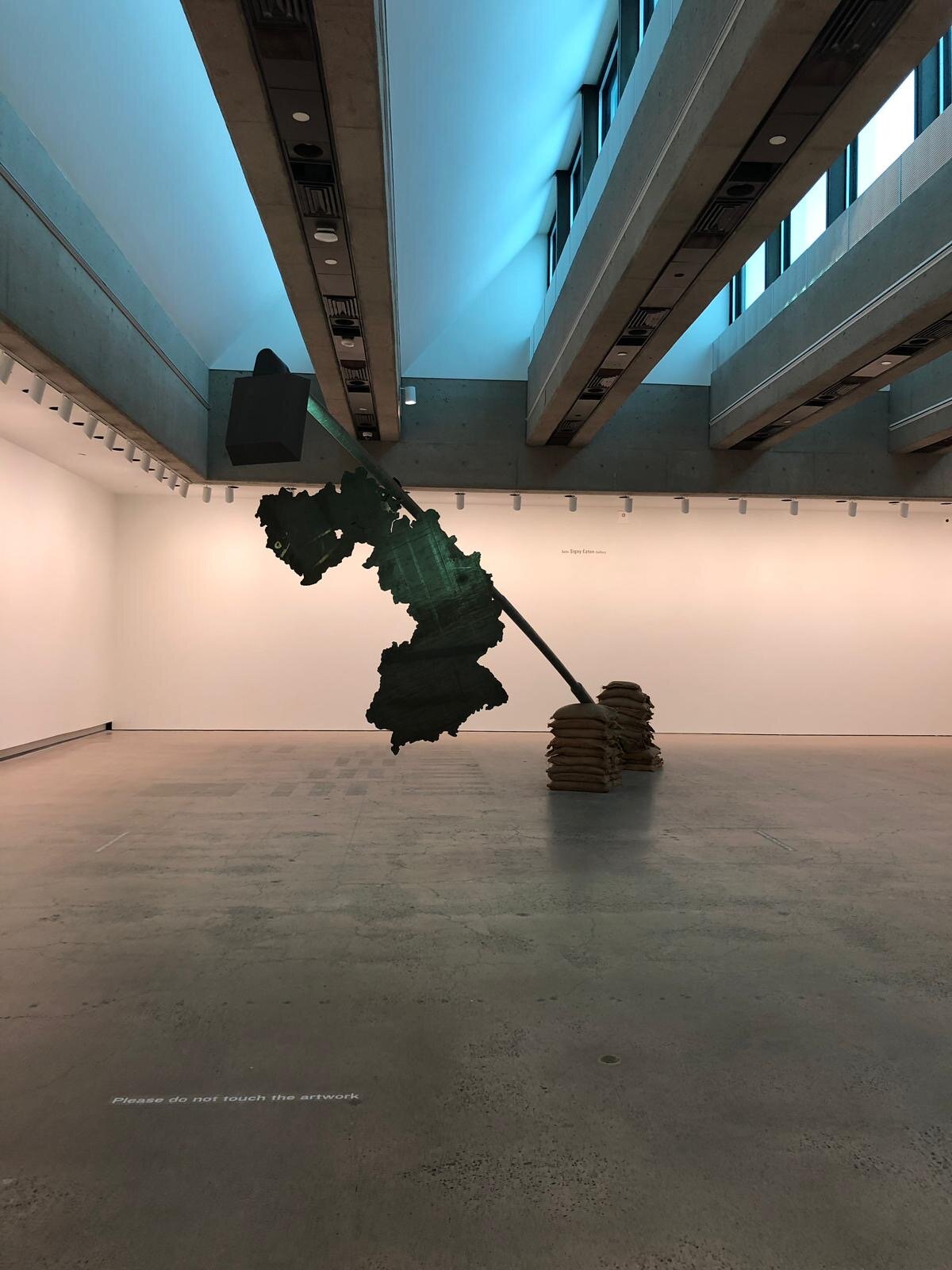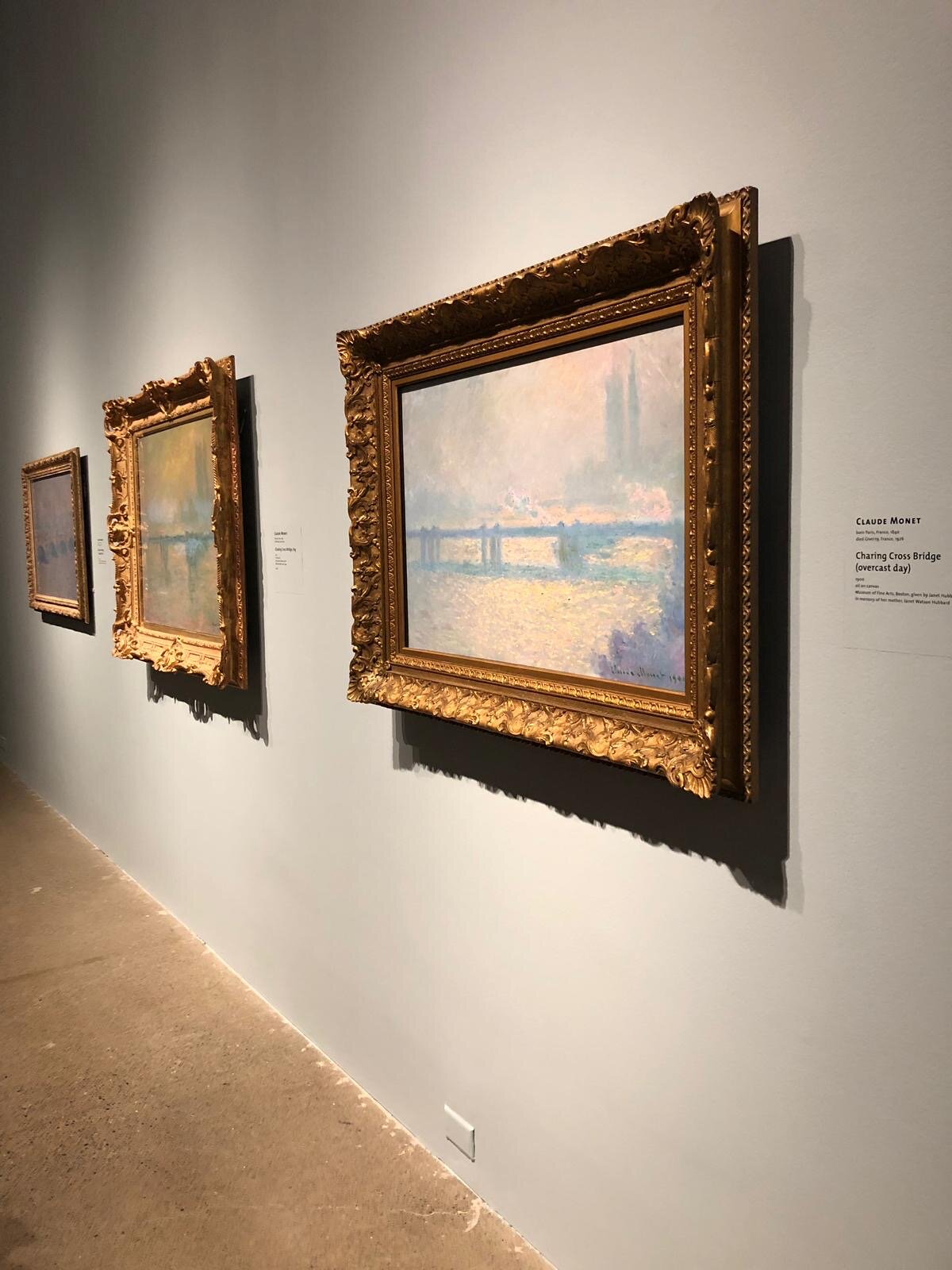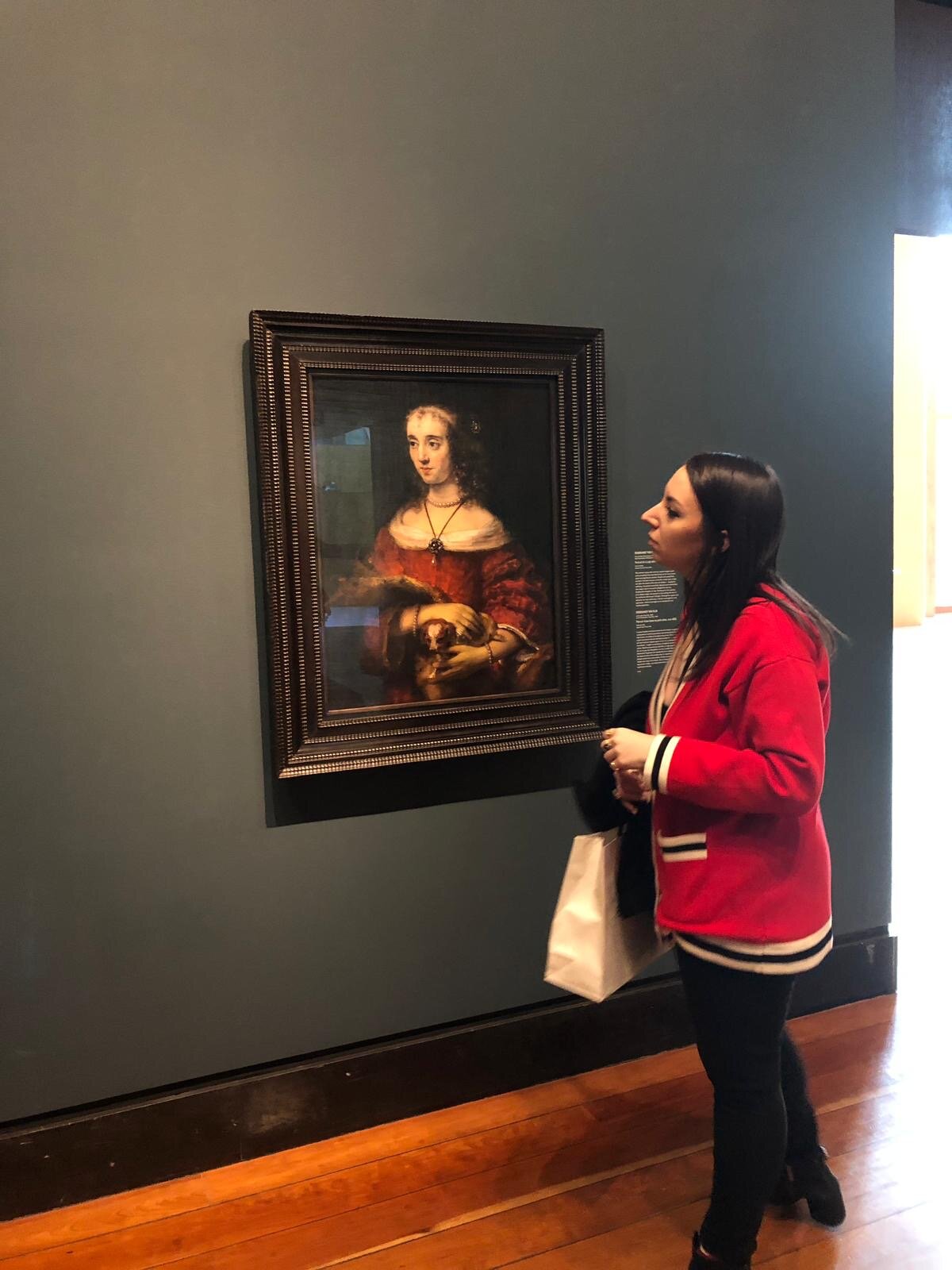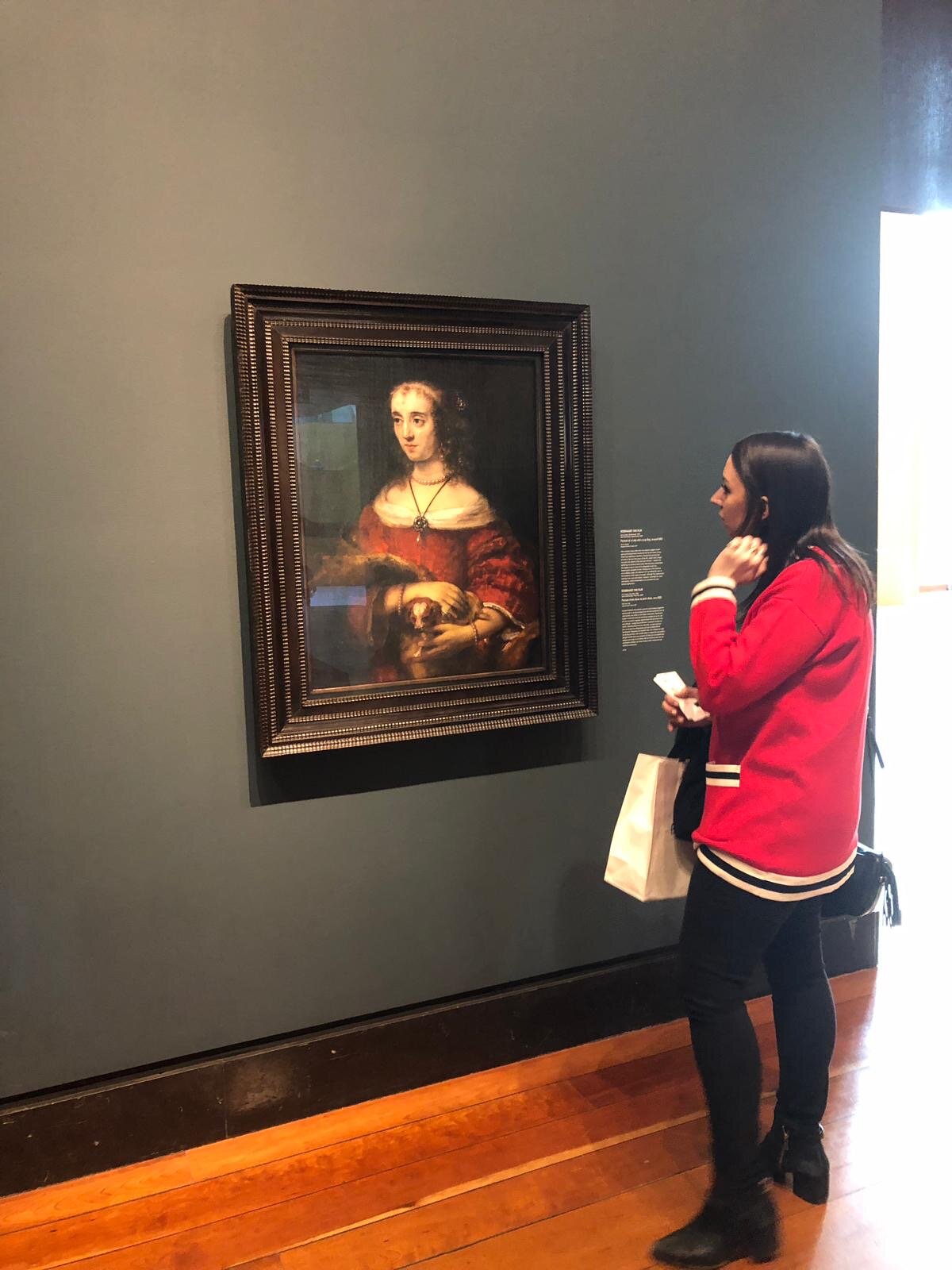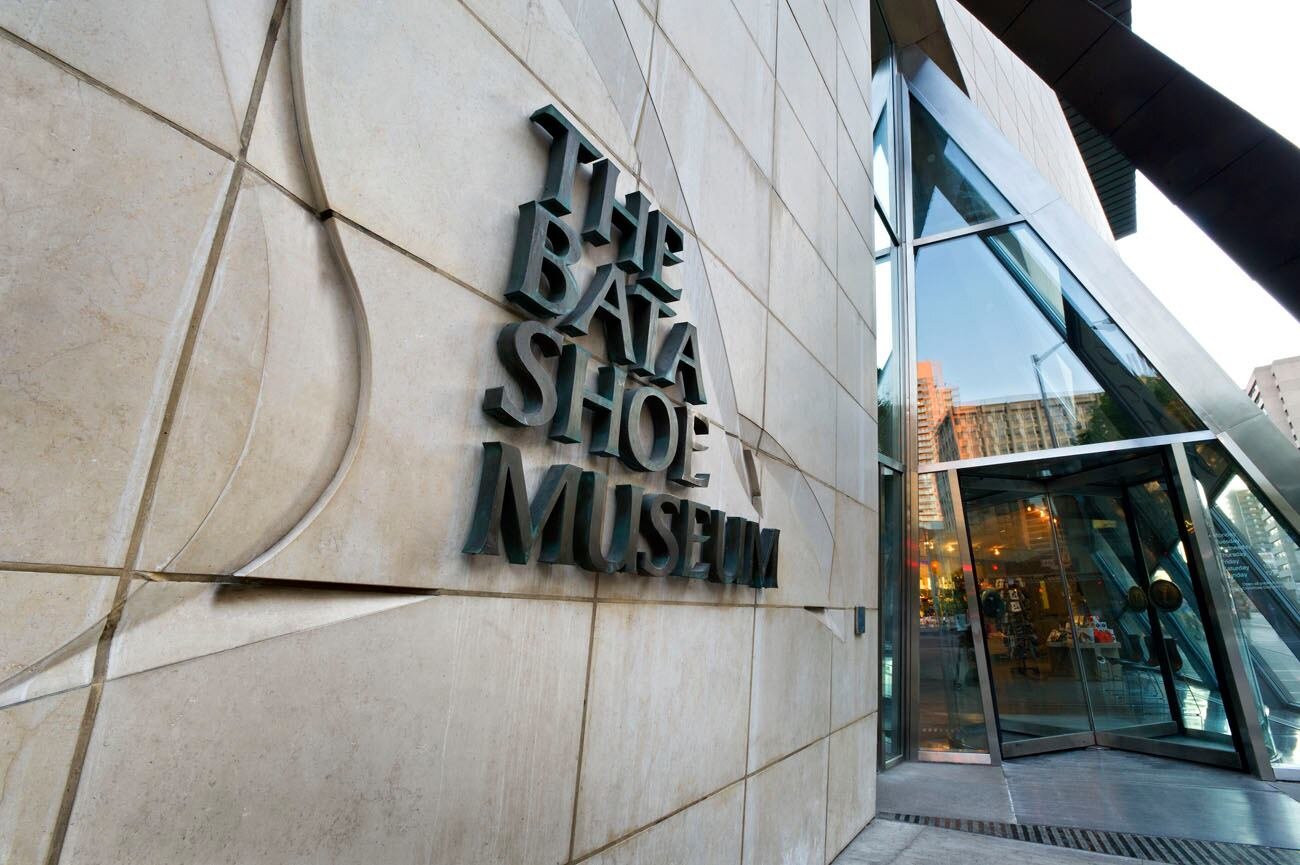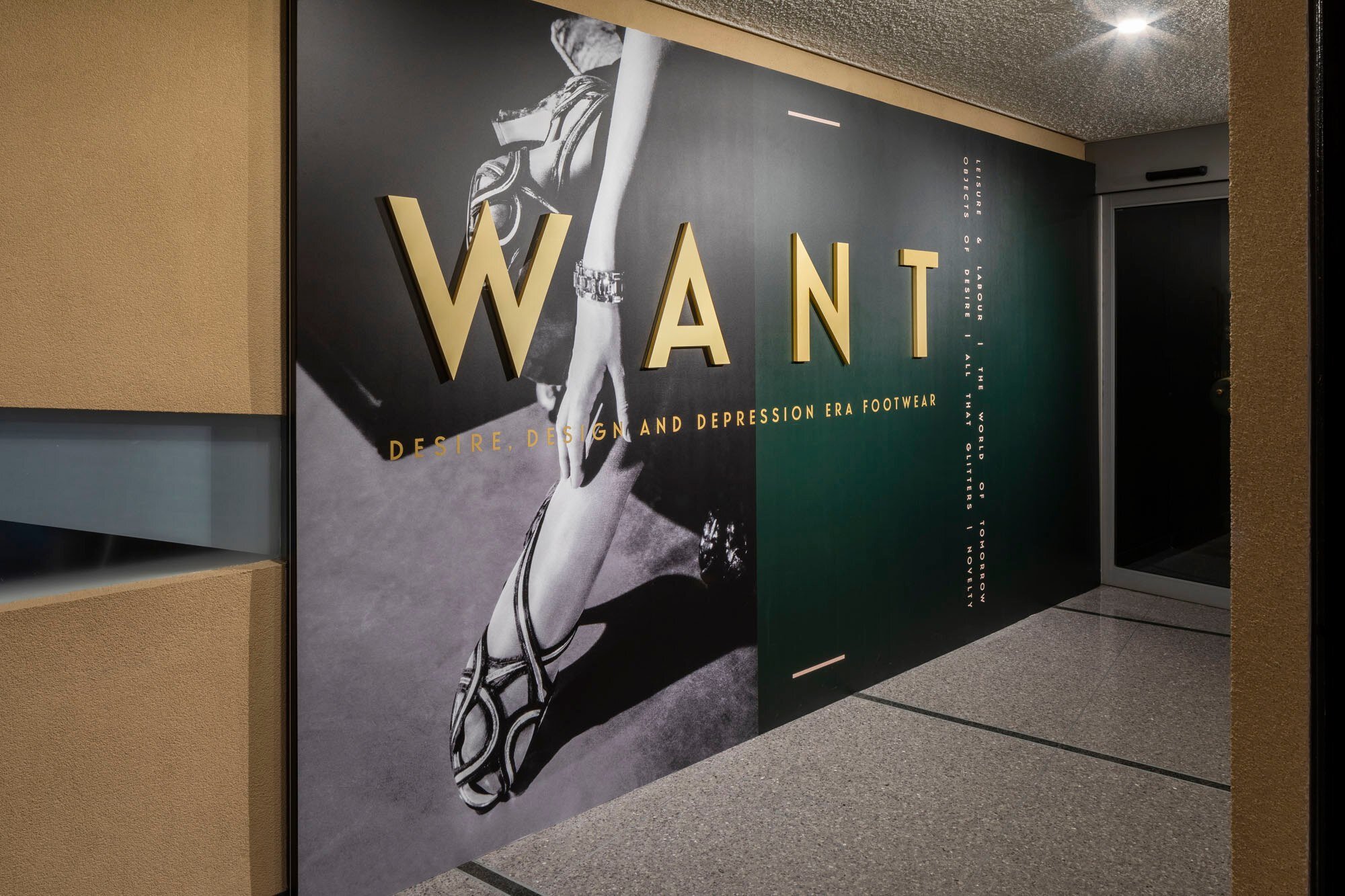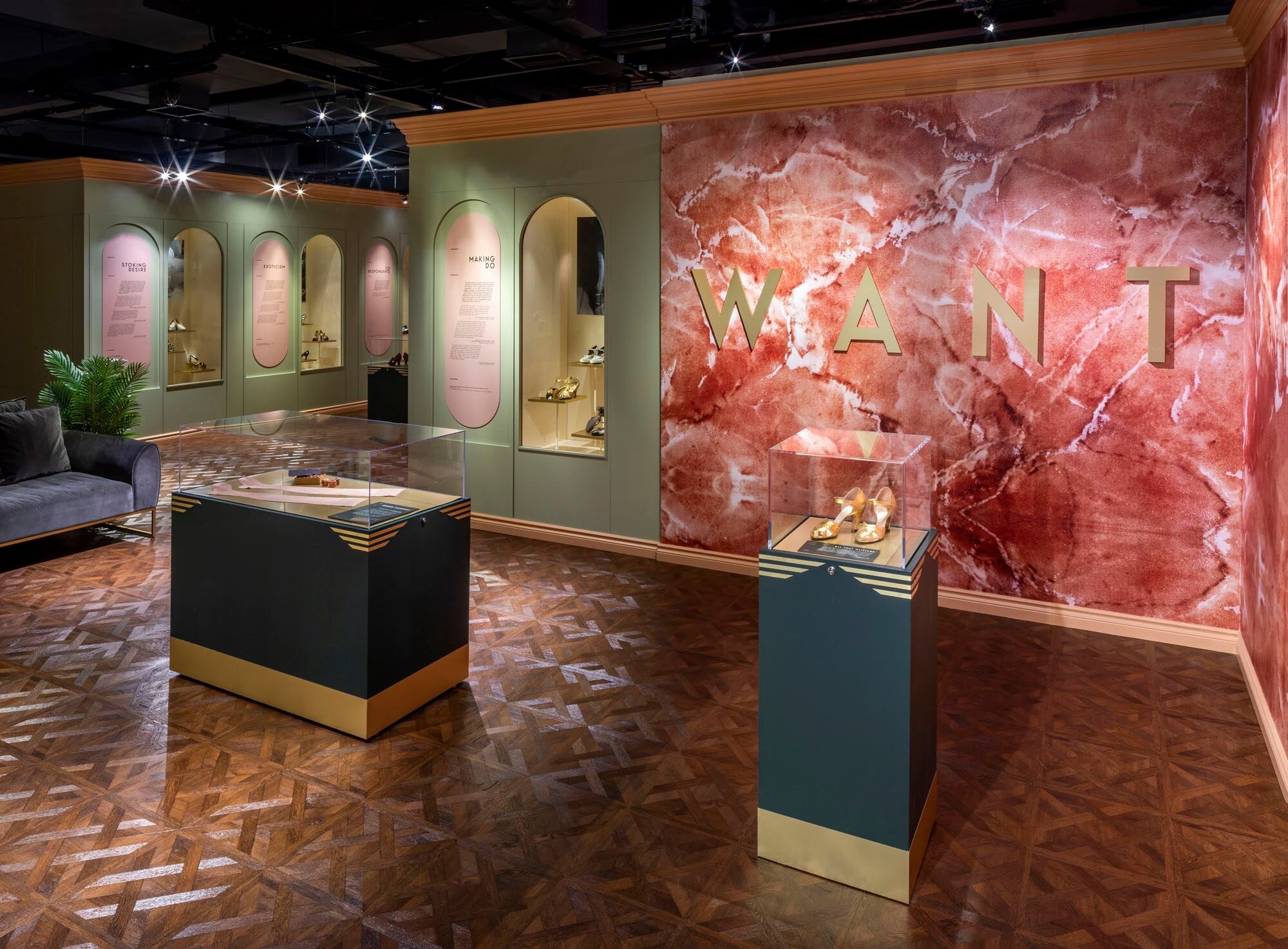10 Museums to Visit in Toronto
Admittedly, Toronto is not known as a city with endless museums to visit, unlike many other capitals around the world. But of the few museums Toronto does have, you’ll find they are famous for their architecture, filled with great exhibitions and world class collections. The two major museums that constantly garner international attention and acclaim - guaranteed to be mentioned in any guidebook - are the Royal Ontario Museum, more commonly known as the ROM, and the AGO – the Art Gallery of Ontario. However, more recent additions that have popped up in the last few years have become popular mainstays in the city; world renowned museums that make for a great visit and break from wandering around the neighbourhoods of the city.
The ROM is perhaps the most famous museum in Toronto, let alone all of Canada. Recognizable by the modern glass diamond poking out of an old stoned structure, this museum is located on the bustling Bloor Street, right on the edge of Yorkville – one of the city’s poshest neighbourhoods – and only minutes away from the Annex, a lively neighbourhood that’s home to the University of Toronto. Inside this interesting structure, you’ll find a museum dedicated to historical and cultural artifacts, with a vast collection divided into two main divisions; the Art & Culture Collections and the Natural History Collections.
Within the ‘Art & Culture Collections’, you’ll find artwork, artifacts, and a series of objects from all over the world, broken up by different categories and galleries, including: ‘Archaeology of the Americas’, ‘Egypt and Sudan’, ‘Canadian Art and Culture’, ‘Greek and Roman’, ‘Indigenous Art and Culture’, ‘The Middle East’, ‘Fashion and Textiles’, ‘Arms and Armour’, ‘European Arts and Culture’, and ‘East and South Asia’. The largest is the ‘Archaeology of the Americas’ collection, with over 165,000 items. The Natural History collections includes millions of different species and specimens, especially within the ‘Botany’ and ‘Entomology’ collections. Other categories and galleries include: ‘Ichthyology’, ‘Mammalogy’, ‘Mineralogy’, ‘Ornithology’, ‘Petrology’, ‘Vertebrate Palaeontology’, ‘Mycology’, ‘Invertebrate Zoology’, ‘Herpetology’, and ‘Invertebrate Palaeontology’.
While the museum is great fun to visit during the day, especially the Ancient Egypt and Dinosaur exhibits, they are even more fun at night. Throughout the year, usually in collaboration with the launch of a new temporary exhibit or to celebrate the end of one, the ROM will host ‘Friday Night Lights at the ROM’, also known as FNL. Here, with a special ticket, you can enjoy drinks, snacks, a live DJ with dancing, and exploring the collections at night. Haven’t you ever wanted to party with the dinosaurs or drink wine in a Greek acropolis? While not hosted all year, it’s definitely worth checking to see if a series of these Friday night parties are being hosted while you’re in town. That noted, it would also be prudent to check their temporary exhibitions as the ROM has been known to host some amazing world renowned exhibits over the years.
Past special exhibitions have included: ‘In the Age of Rembrandt: Dutch Paintings from the Museum of Fine Arts Boston’, ‘Bloodsuckers: Legends to Leeches’, ‘Christian Dior, an exhibition’, ‘Vikings: The Exhibition’, ‘Pompeii: In the Shadow of the Volcano’, ‘The Forbidden City: Inside the Court of China’s Emperors’, ‘Mesopotamia: Inventing our World’, and more recently, ‘Winnie the Pooh: Exploring a Classic’.
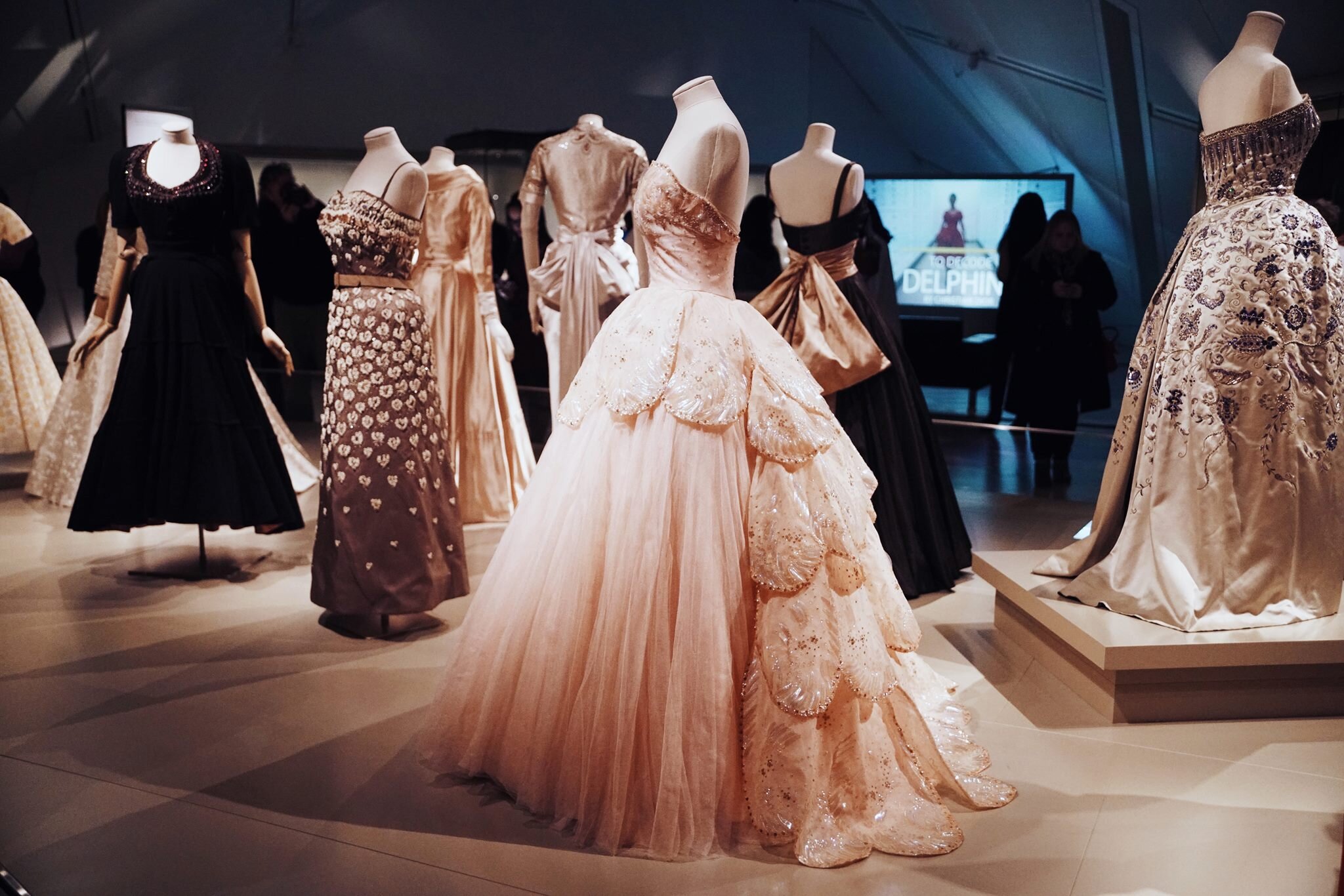
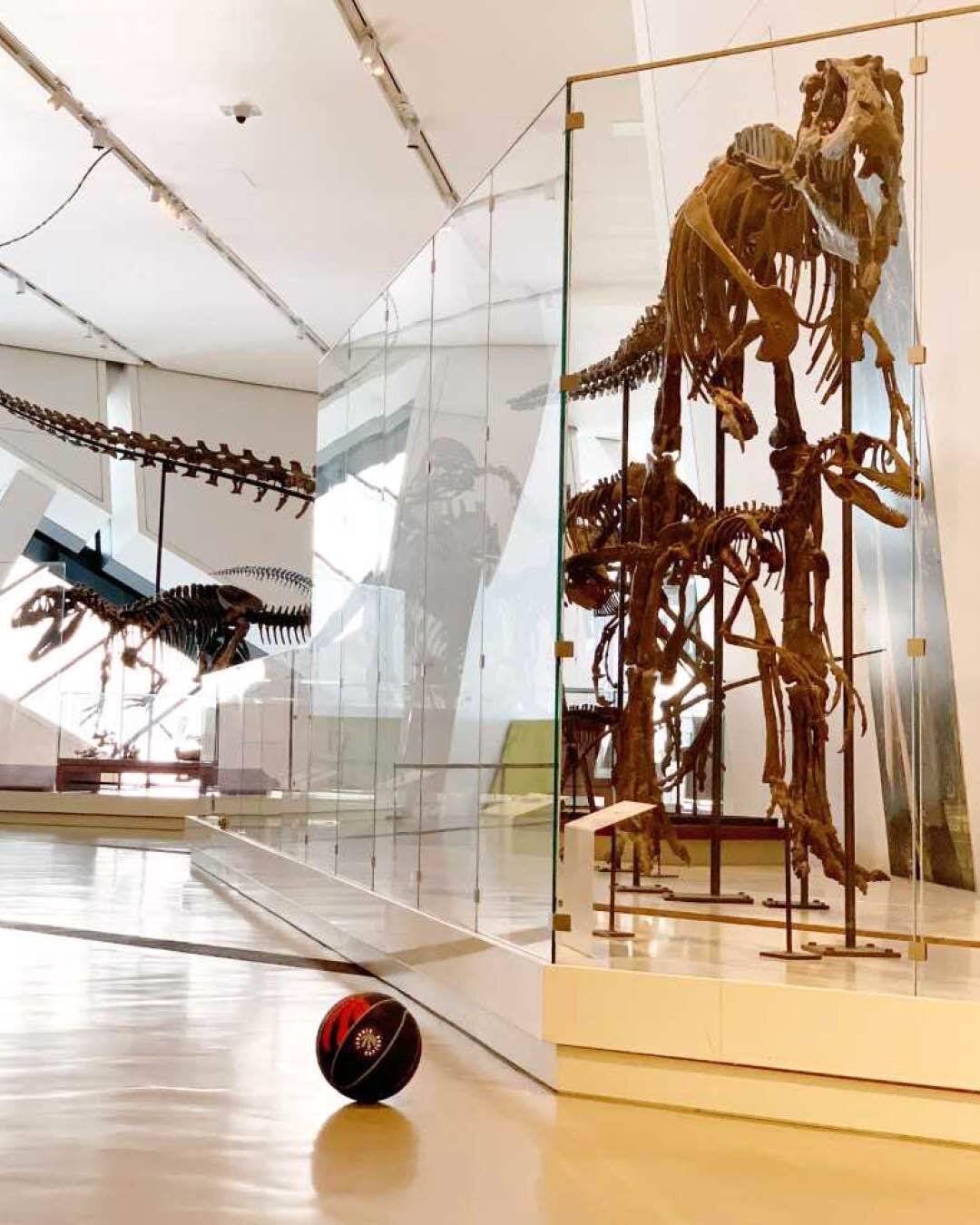
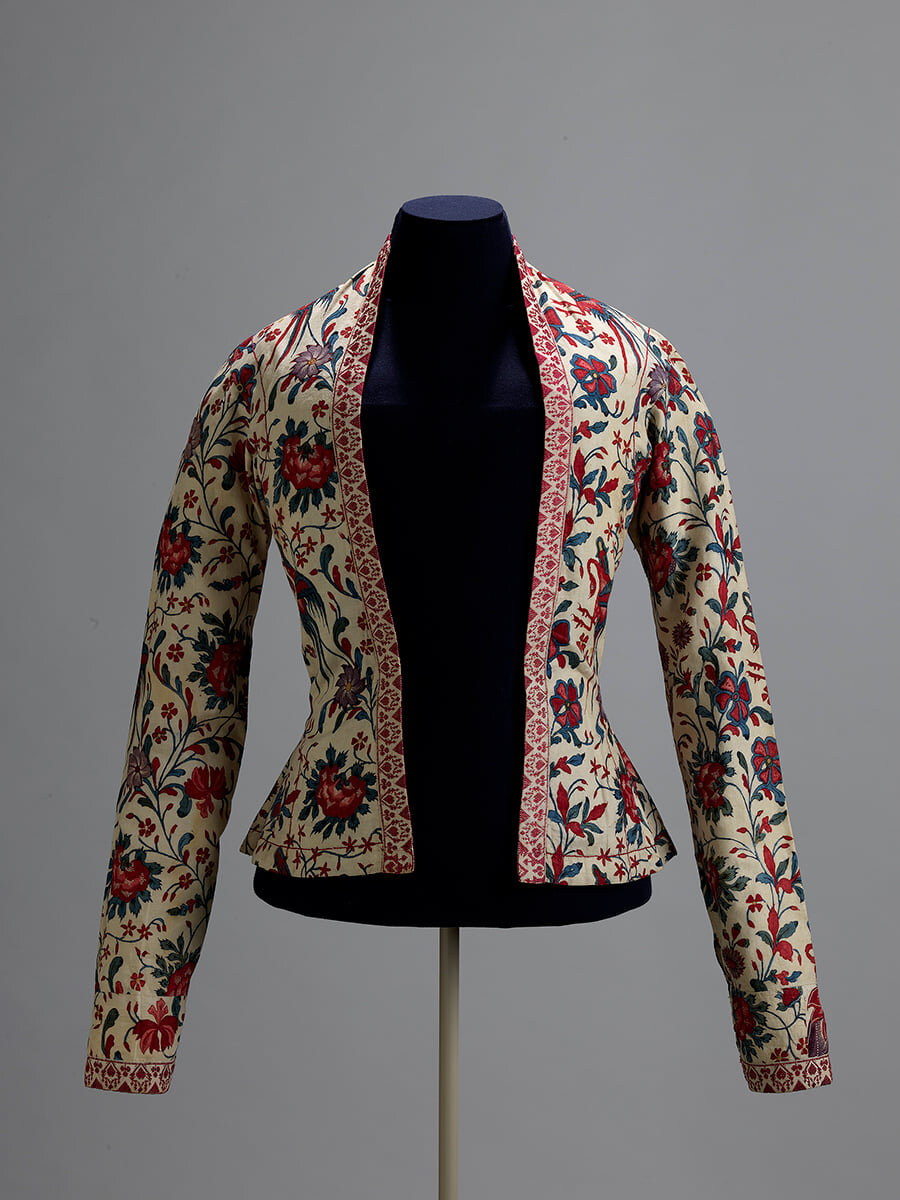

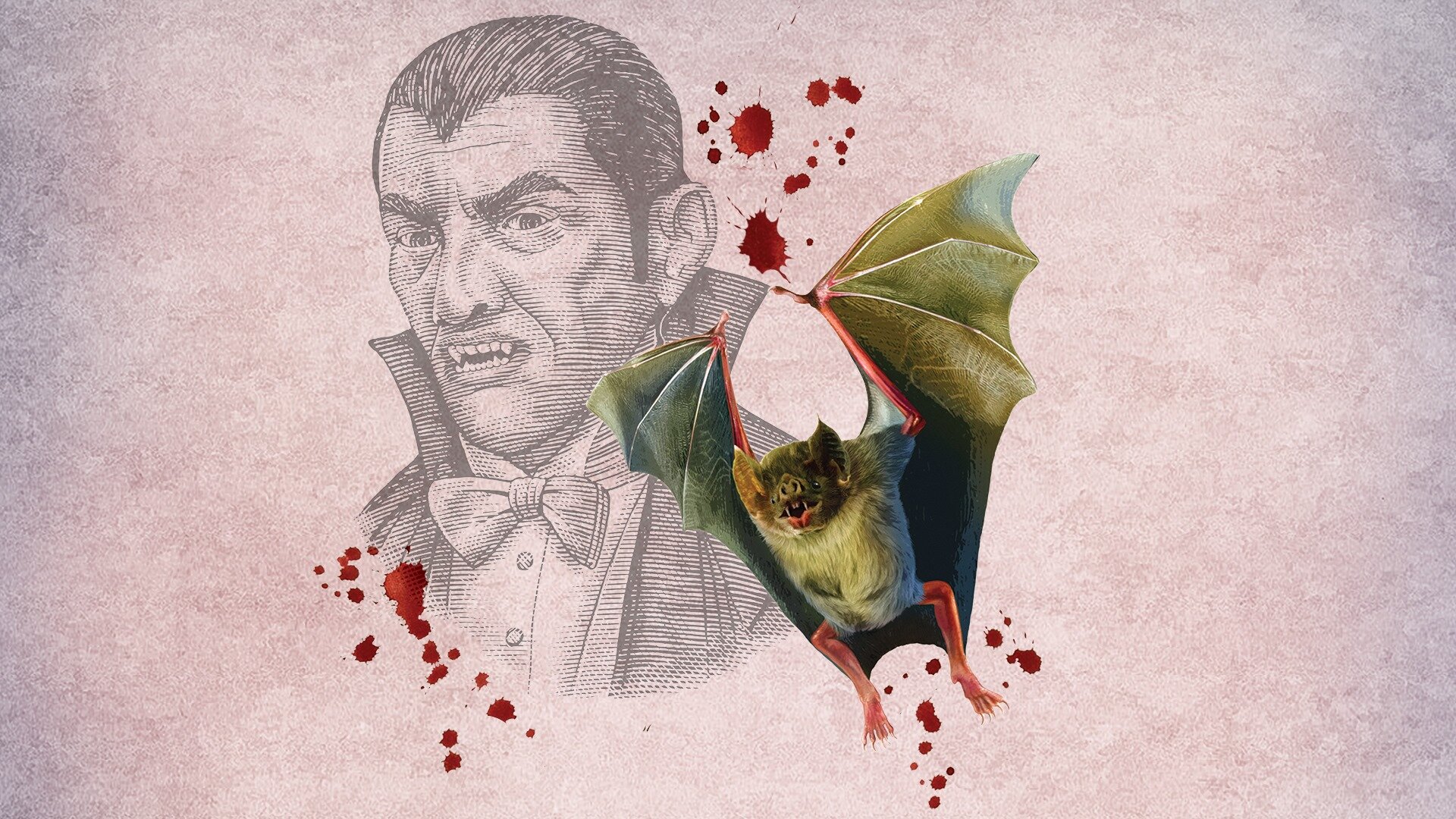
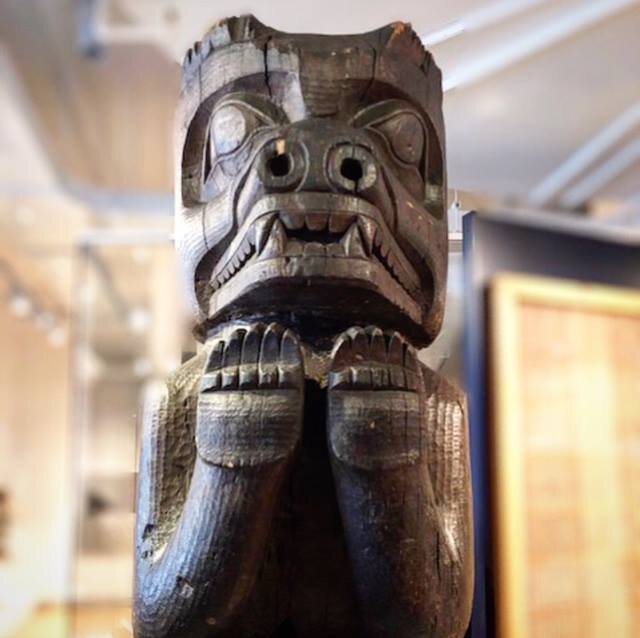

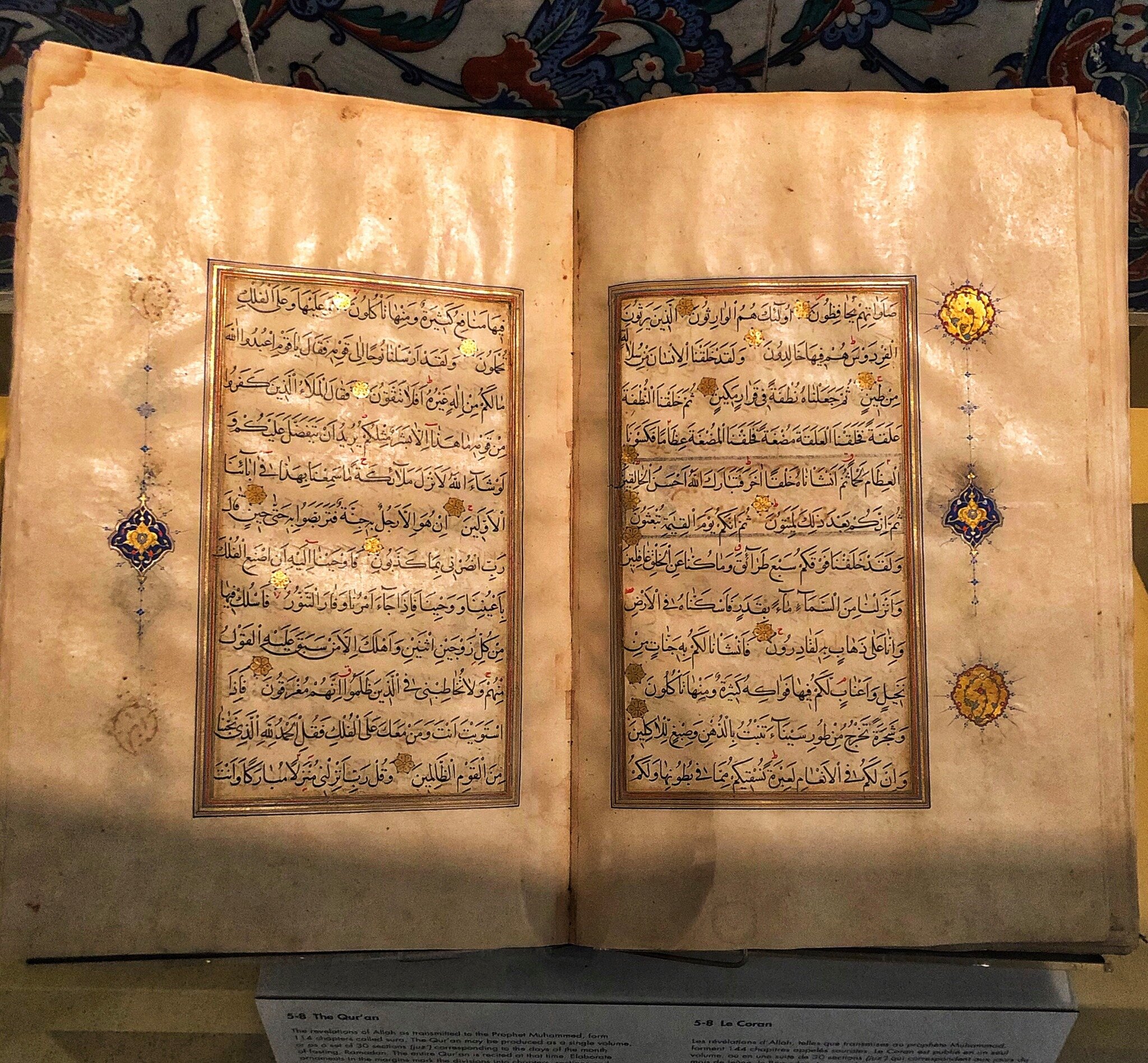
How to Get There:
Conveniently located on Bloor Street, you can easily reach the ROM but two different subway lines. You can take ‘Line 1, Yonge-University-Spadina’ to Museum, St. George or to Bloor station, or you can take ‘Line 2, Bloor-Danforth’ to one of the following stations: Bay, St. George, or Bloor.
Practical Information:
The ROM is open daily from 10am-5pm, though there are some Mondays with extender hours. Typically the third Monday of the month will have extended hours, with free admission from 5:30pm - 8:30pm. General admission is $20, but does not include the special exhibits, which is an additional cost. For the most accurate and up-to-date information about the museum’s hours and admission, check HERE.
Art Gallery of Ontario - Frank Gehry design | Photo Credit: AGO – Art Gallery of Toronto (Source: Facebook @AGOToronto)
The Art Gallery of Ontario, more commonly called the AGO, is the leading art museum in Toronto; the building itself a work of art, designed by the Toronto-native Frank Gehry. In fact, the AGO was the architect’s first design in the city, though he is more internationally recognized for his other architectural designs. If the name sounds familiar but you can’t place it, some of Gehry's most famous buildings including: The Guggenheim Bilbao, Fondation Louis Vuitton in Paris, the Cinémathèque Française in Paris, the Walt Disney Concert Hall in Los Angeles, the Neuer Zollhof in Düsseldorf, the Olympic Fish Pavilion in Barcelona, the Dancing House in Prague, the DZ Bank Building in Berlin, the Jay Prtizker Pavilion in Chicago, the IAC building in New York City, as well as the Beekman Tower, and the Serpentine Gallery Summer Pavilion in London. He also has designed buildings in Scotland, Panama, Australia, and countless more in Germany and Spain, with more proposed or under construction throughout France, Turkey, Israel, Denmark, and the United Arab Emirates. Needless to say, visiting the AGO will automatically guarantee you’ve seen one of this famous architect’s original designs. And interestingly, his only finished project in Canada.
Within the museum, you’ll find art from a range of categories and styles, including: Canadian Art, Indigenous Art, African Art, Contemporary Art, Print and Drawings, Photography, Modern Art, and European Masters. The AGO’s permanent collection and archives have over 90,000 works, and there is constantly a new collection or temporary exhibition bringing even more outstanding and important works into the city. Highlights of the collection include works from European masters like Peter Paul Rubens, Albrecht Dürer, Boucher, Toulouse-Lautrec, Rembrandt, Renoir, Van Gogh, Cézanne, Frans Hals, Monet, Van Dyck, Picasso, and statues from Bernini and Rodin. More modern artists include Otto Dix, Ossip Zadkine, Henri Matisse, Chagall, Modigliani, and the legendary Andy Warhol. The museum also has a large collection of works from Canadian legends ‘The Group of 7’, as well as a large collection of indigenous art. You’ll also find the Thomson collection, an impressive donation of over 2000 pieces from Ken Thomson’s personal collection, which included an impressive amount of works from both Canadian and European artists.
It’s also worth looking at the special exhibitions held here, even if some of them may come at an extra cost, as they tend to be well worth it, drawing in large crowds. Past exhibitions have included: ‘Illusions: The Art of Magic’, ‘Crossing the Line: Political Satire from 1800 to Today’, ‘Early Rubens’, ‘Photography, 1920s-1940s: Women in Focus’, ‘Impressionism in the Age of Industry: Monet, Pissarro, and More’, ‘In/visible Bodies: Baroque Sculpture and Modern Painting’, and ‘Julian Schnabel: Art and Film’.
You can treat yourself at the AGO Bistro, an award-winning restaurant on site, designed by Gehry. The menu, while always offering superior options, will often change to adapt to special themes or exhibitions held at the museum. For instance, the 2021’Studio 54’ special exhibition at the museum will lead to special innovative and themed dishes on top of other menu staples.

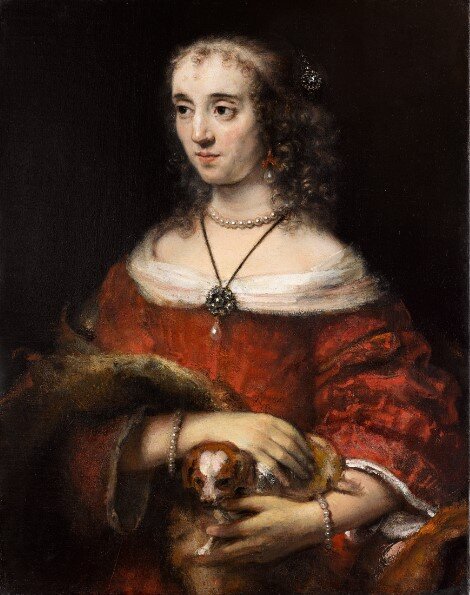

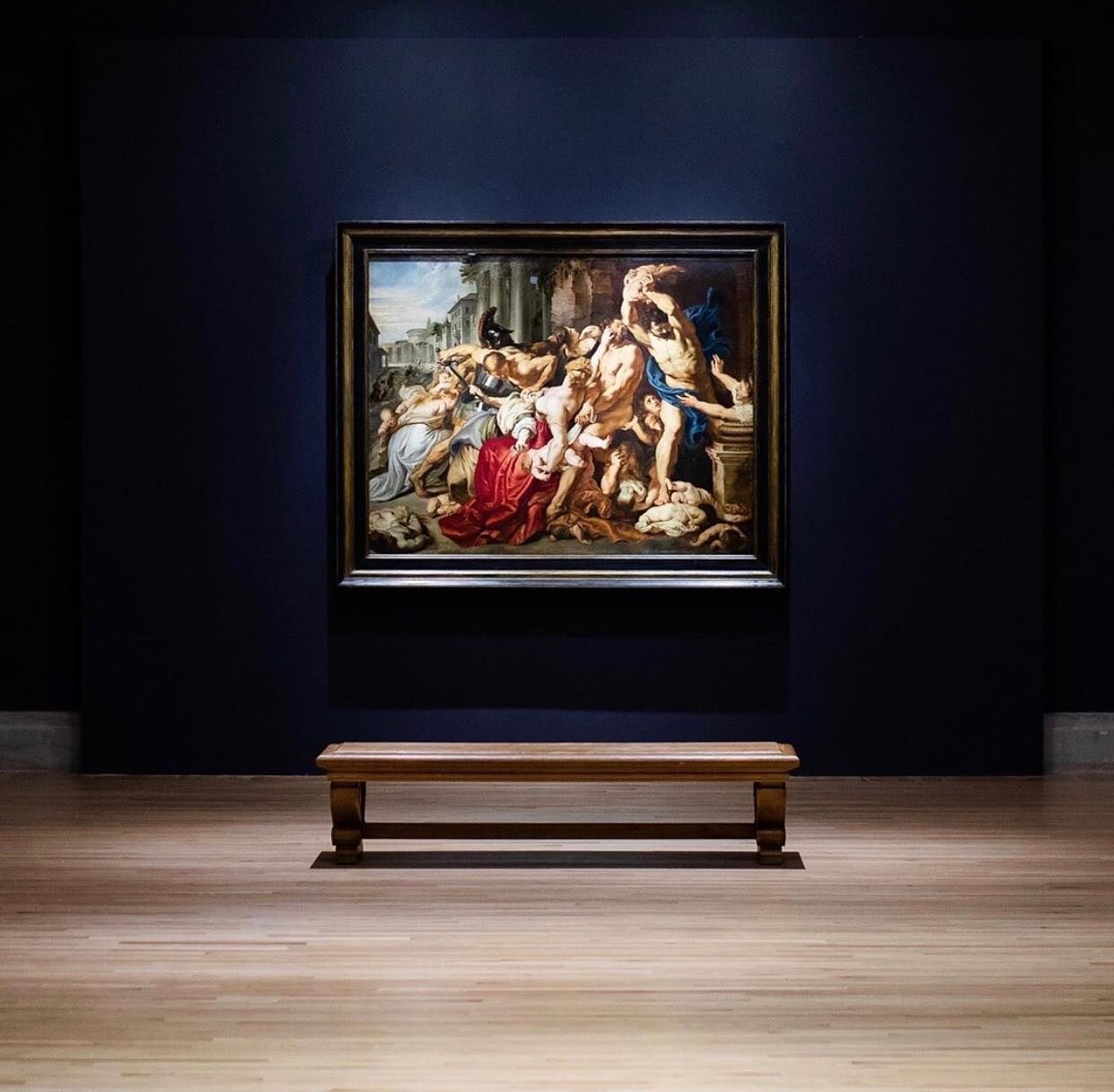
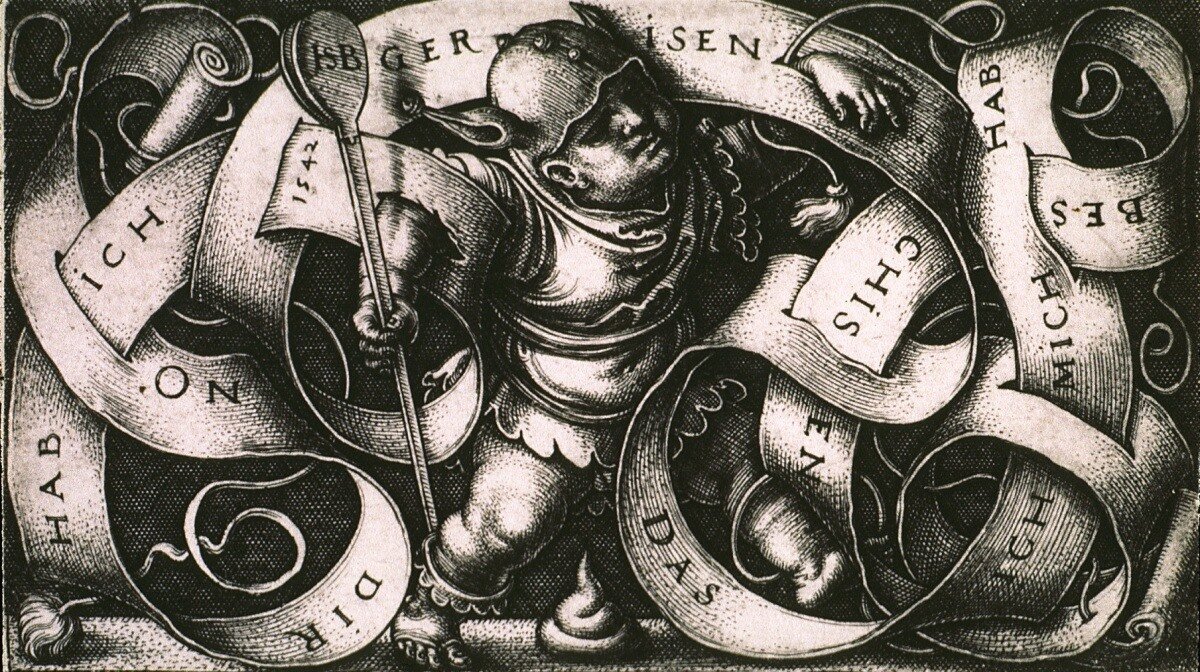
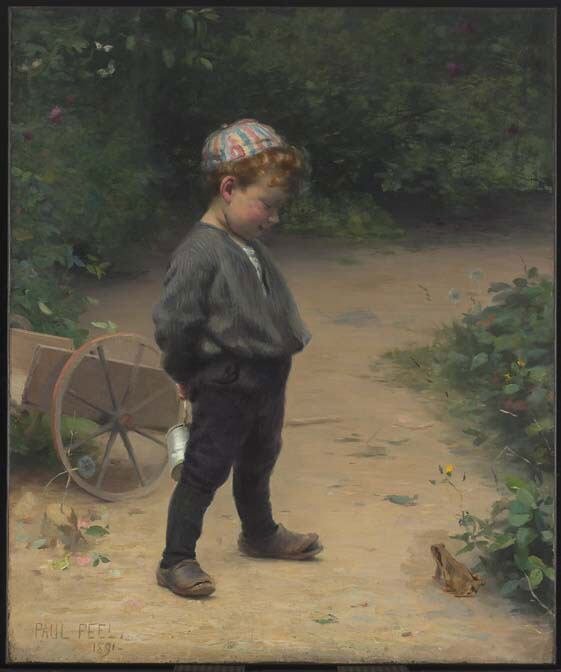
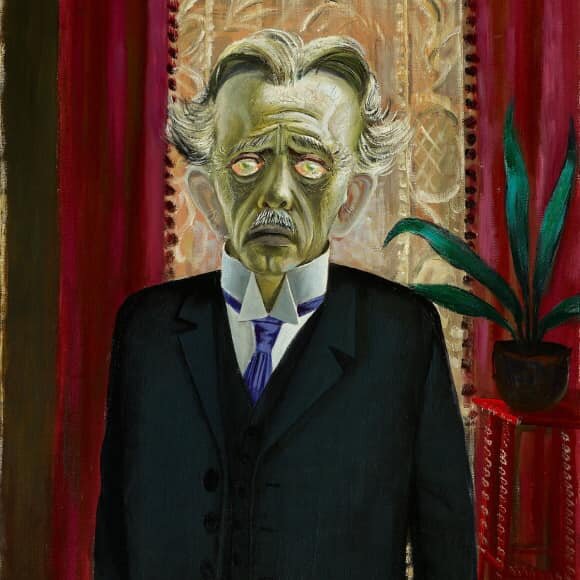
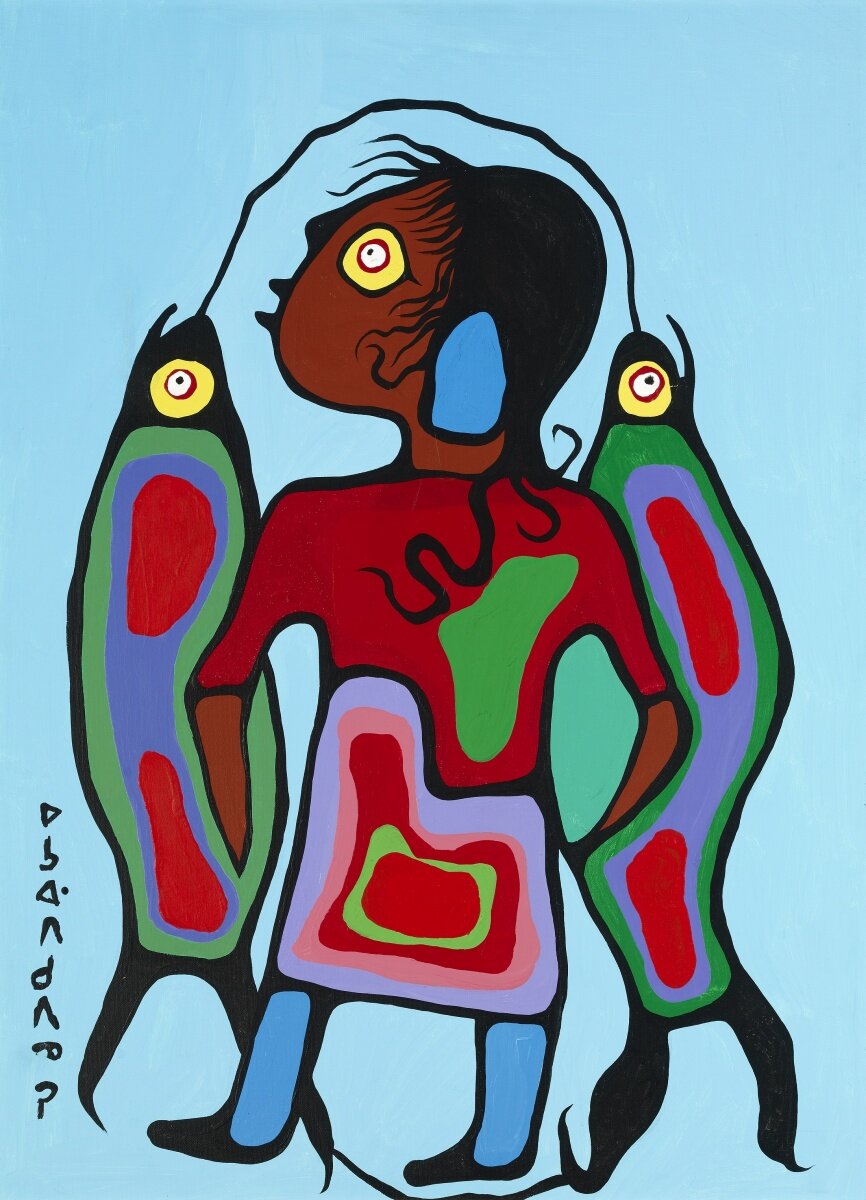
How to Get There:
Take the subway ‘Line 1, Yonge-University-Spadina’ to St. Patrick Station. From there it's approximately a 5 minute walk to the museum along Dundas Street.
Practical Information:
The AGO is open Tuesday, Thursdays and weekends from 10:30am - 5:30pm, and open from 10:30am - 9pm on Wednesdays and Fridays. General admission is $25, which includes entrance to the permanent collections and special exhibitions. However, some special exhibitions may have an additional cost, may require reserving a time slot, or will control how many are allowed to enter at a time, with a first-come-first-serve approach. The museum is free for visitors 25 and younger. Please note, hours and admission are subject to change – check HERE for the most up-to-date information.
One of the few museums in the world dedicated to the history and development of footwear throughout time, with a collection that spans over 4500 years of history and represents hundreds of cultures. With a collection of over 13,000 objects, you can rest assured that you’re in for a treat when visiting the Bata Shoe Museum. Lear about the ancient Chinese practice of binding feet, with real examples of bound-foot shoes on display, or take in Ancient Egyptian sandals along with those of former gladiators. You’ll find shoes from all walks of life, including a large collection of celebrity shoes from more recent years, donated to the museum for historical preservation.
Whether it’s medieval footwear, shoes from the French aristocracy, footwear of the Indigenous North and Native Americans, or shoes from ancient cultures, you’ll find it all here. In fact, some of the classical highlights of the collection include a velvet covered platform chopine from 16th century Italy and ballroom slippers belonging to Queen Victoria, while modern highlights come straight from pop-culture moments and legendary artists. Monogrammed silver platform boots from Elton John, Elvis Presley’s patent blue loafers, John Lennon’s Beatle Boot, ballet slippers belonging to the great Karen Kain, Terry Fox’s running shoe, platform leather boots belonging to the Spice Girls … these are just some of the amazing shoes you’ll find on display here.
You can also find amazing footwear on display in one of the special exhibits held here, with past exhibitions including: ‘Manolo Blahnik: The Art of Shoes’, ‘Fashion Victims: The Pleasures and Perils of 19th Century Dress’, ‘Roger Vivier: Process to Perfect’, ‘The Roaring 20’s: Hemlines, Heels and High Hopes’, ‘On a Pedestal: From Renaissance Chopines to Baroque Heels’, and more recently ‘Divide: Footwear in the Age of Enlightenment’.
Whether you’re interested in the collection from a cultural and historical perspective, of whether you just love and appreciate shoes and fashion, this museum is a great choice. Plus, it’s housed in an award-winning building, designed by famous architect Raymond Mariyama, conveniently located right on Bloor Street in downtown Toronto.
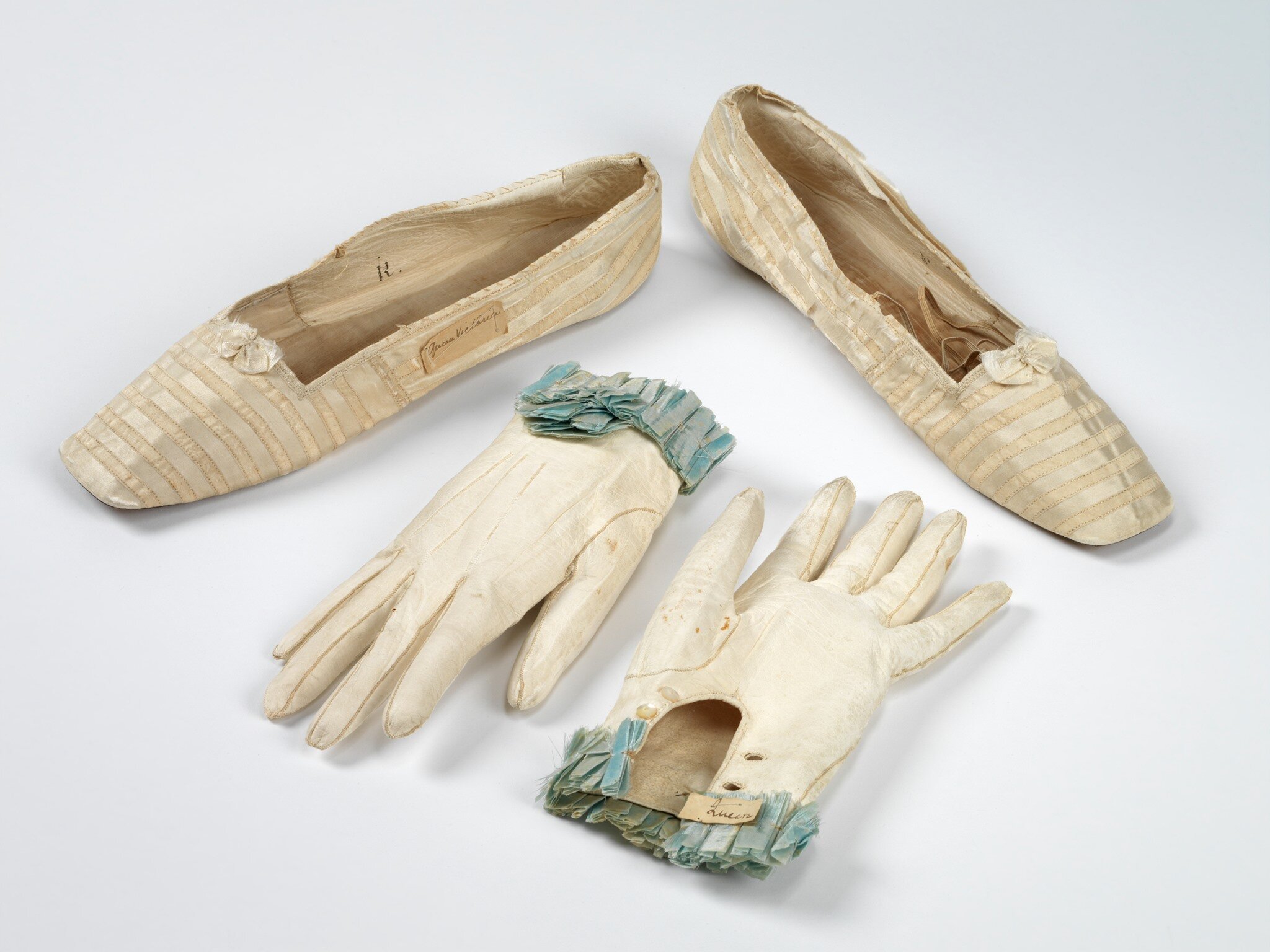
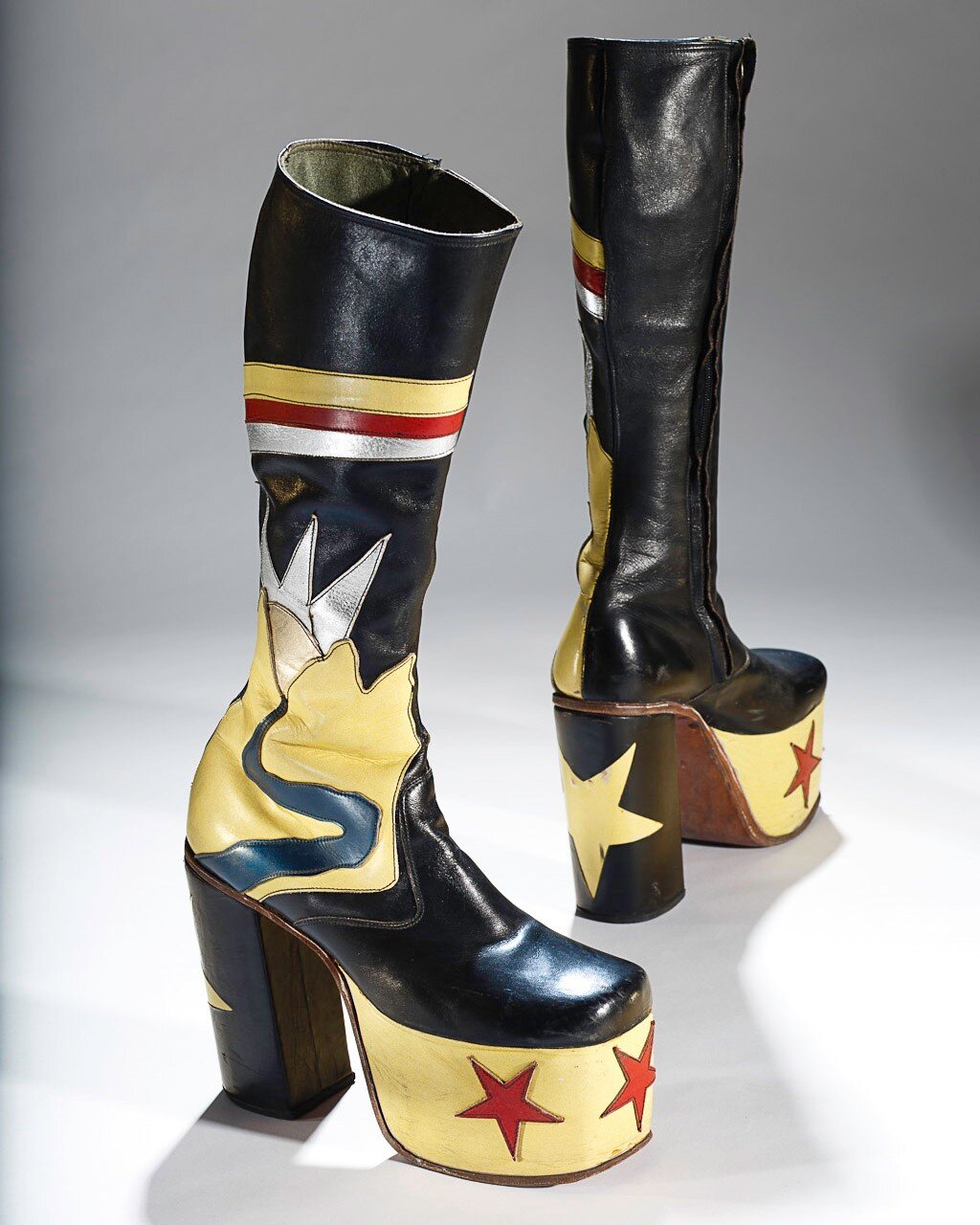
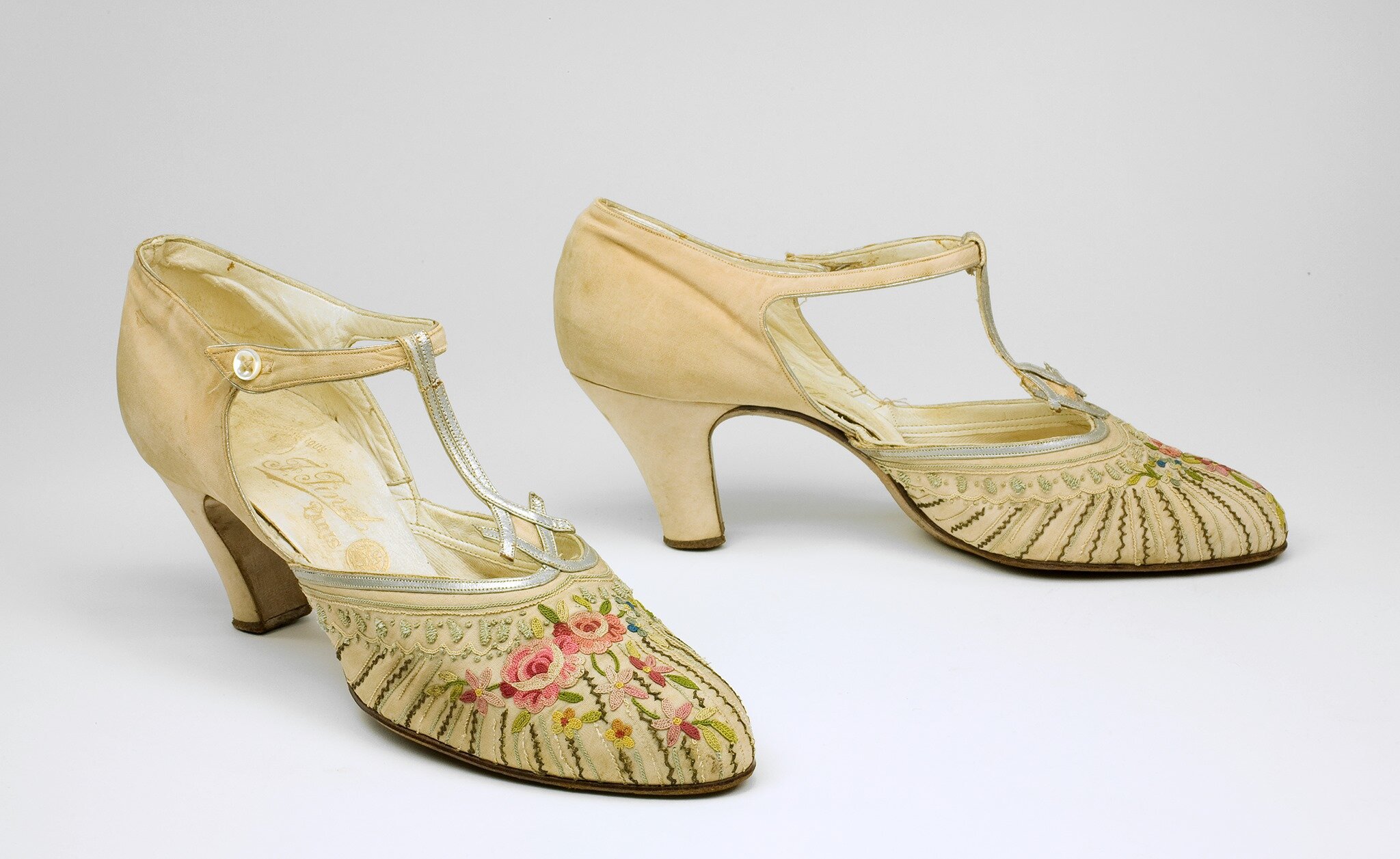


How to Get There:
Located on Bloor Street, you can take the subway to St. George station and the museum is within a few minutes of the station. Spadina, Bay, Museum, and Bloor stations are all also only a short distance away.
Practical Information:
Open Monday to Saturday, from 10am-5pm, and on Sundays from 12pm-5pm; the museum is closed on Tuesdays. General admission is $14, and includes all collections and exhibitions. As museum hours and admission are subject to change, please check HERE for the most up-to-date information.
A newer museum in Toronto, it has quickly become one of the most popular, as it’s the first in North America to be entirely dedicated to Islamic arts and civilization. Located in the northern part of the city, you’ll find a beautifully designed building from architect Fumihiko Maki, surrounded by lovely gardens, ponds and a peaceful atmosphere. The permanent collection focuses on arts and artifacts from Ancient Islamic countries/lands, modern Muslim countries, and works from Muslims around the world who have contributed to Islamic art, with works from the Middle East, Spain, North Africa, as well as India, South Asia, and China.
A majority of the permanent collection was collected by Prince Sadruddin Aga Khan (1933-2003), the uncle of His Highness, Prince Karim Aga Khan IV – the current Imam of Nizari Ismailis, a denomination within Shia Islam, and believed descendant of the prophet and Islamic leader Muhammad. Prince Sadruddin started collecting in the 1950s while studying abroad at Harvard, and continued to collect for the rest of his life with his wife, something that his kids and family have maintained since his death. It is his own personal collection that makes up the core of the collection, continuously enhanced with works donated by Prince Amyn, as well as His Highness the Aga Khan.
In addition to being North America’s first and largest collection dedicated to Islamic Arts, you’ll also find performances, public programs, special exhibitions and workshops here, as well as continuous donations and new acquisitions, something that will ensure the continued growth of this museum. Some of the performances have included singers, dancers, public jam sessions, poetry readings, and lectures led by experts. Plus, there is a delicious restaurant on site – Diwan – that ensures a pleasant and memorable visit, specializing in Middle Eastern, North African and South Asian cuisines. Here you’ll find staples of the aforementioned cuisines, while other dishes fuse together with Canadian foods. For example, who could turn down a Moroccan-style lamb poutine or an upside down carrot halva cake with a whipped cream cheese and lavender reduction? Other dishes include Coriander crusted salmon, fattoush salad, Moroccan-style gazpacho, samosas, and a delicious beef baba ganoush. And if a proper sit down meal isn’t for you, you can enjoy the courtyard café with lovely views of the grounds.
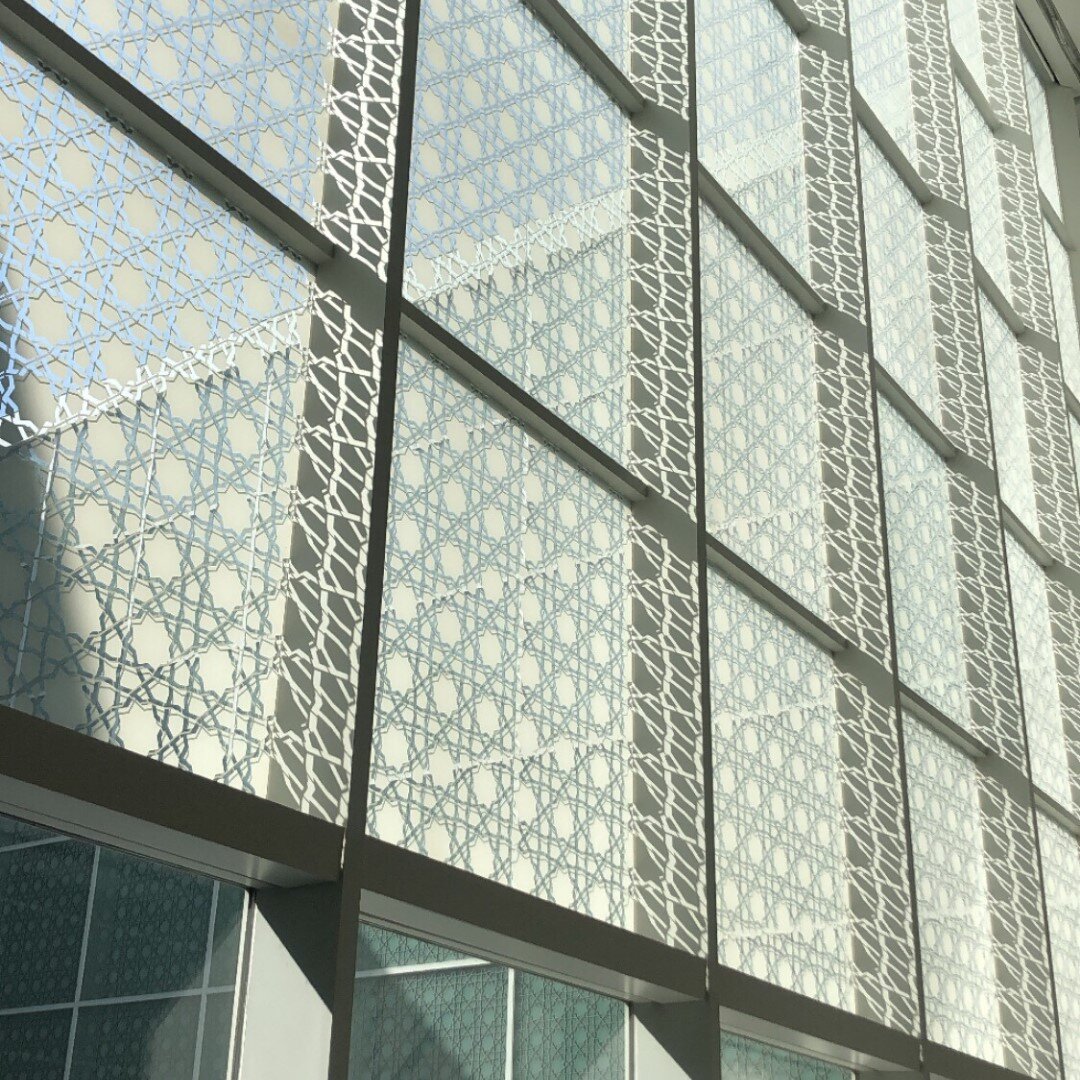
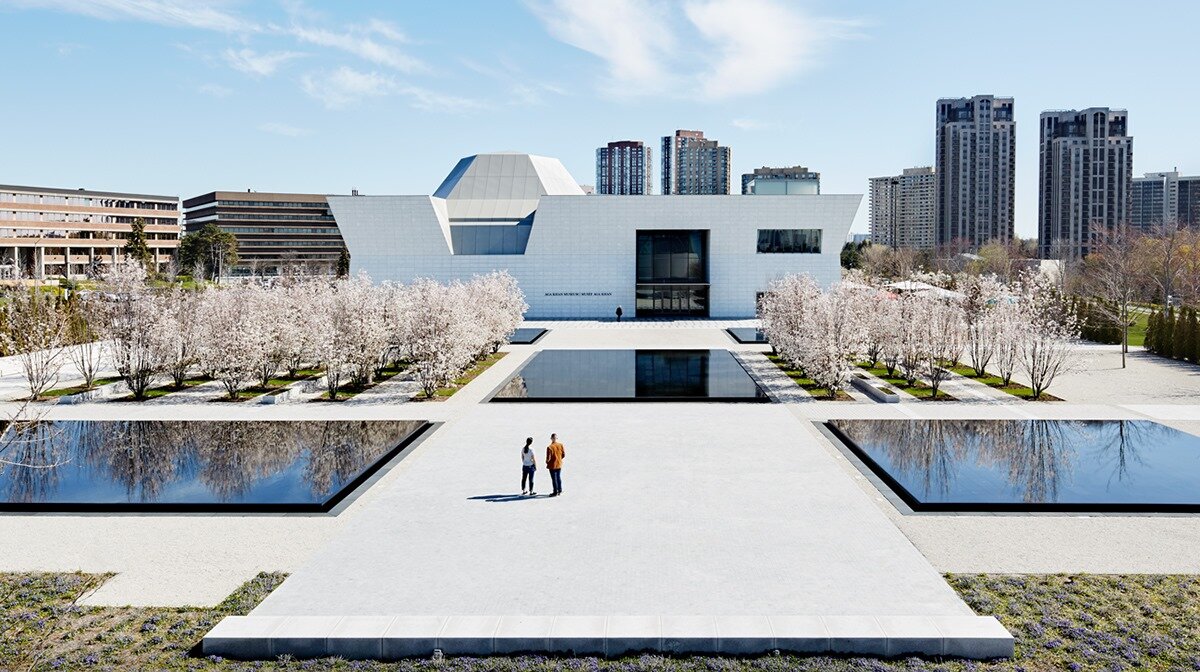


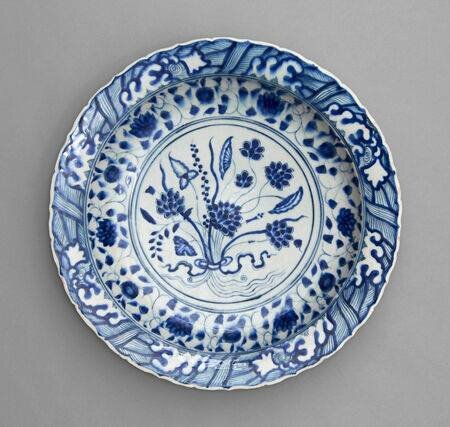
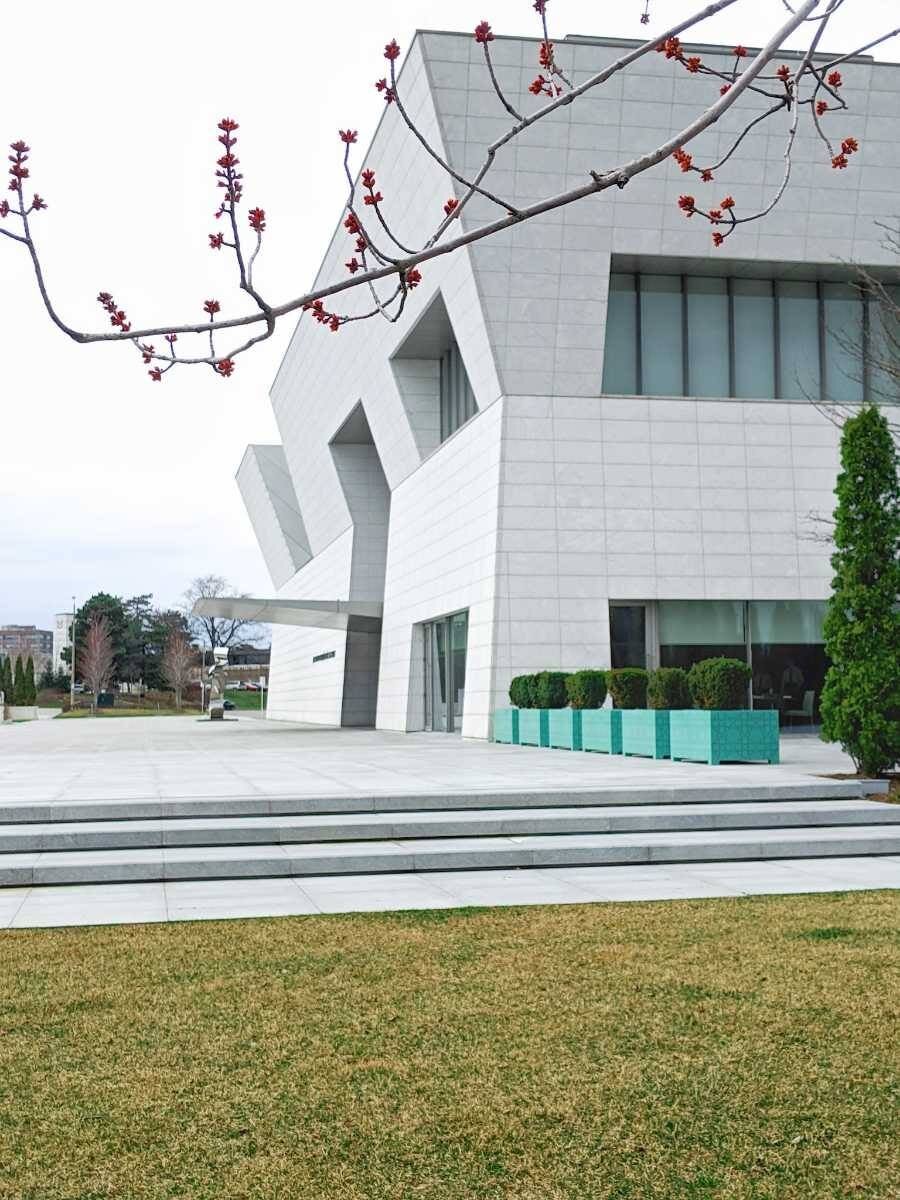
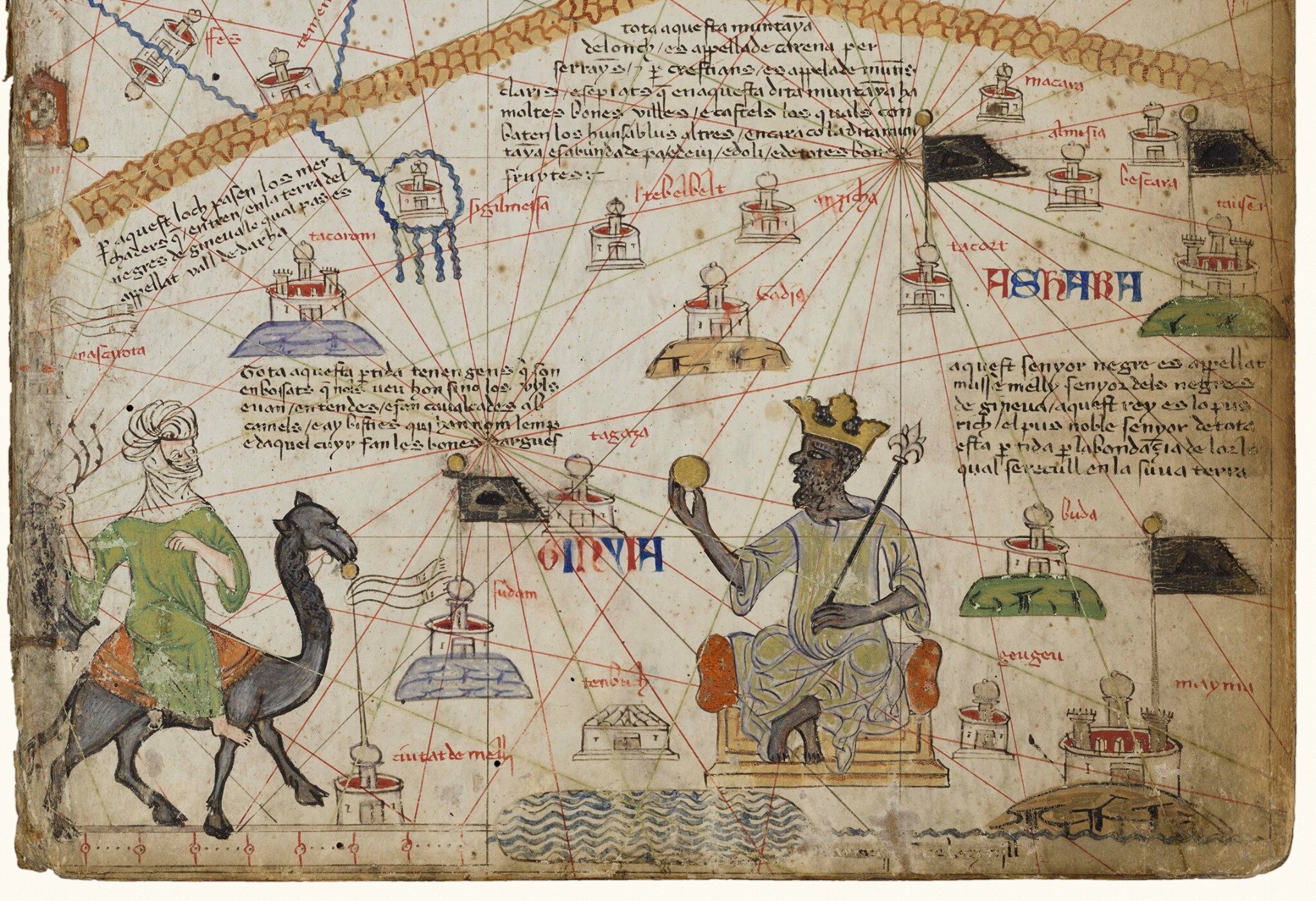
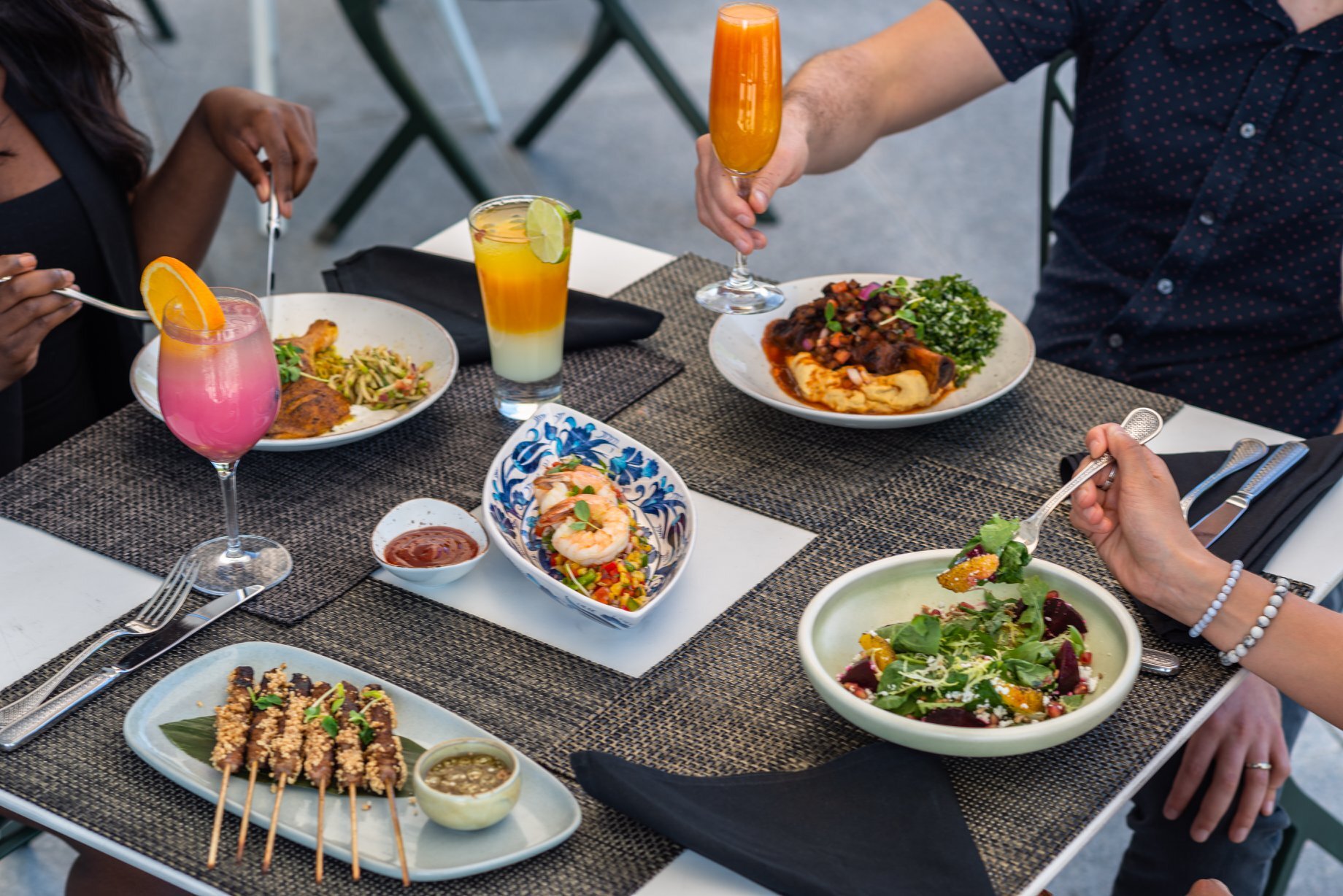
How to Get There:
To get to the museum you can take a direct bus from a subway station, with Eglington station being the easiest choice - take bus ‘34C Eglinton West’ to Wynford Drive at Garamond Court. You can also take a bus from Broadview or Pape stations along the Bloor subway line. Consider ubering, rather than taking public transit, to get a lovely view of the Don Valley Parkway and save time.
Practical Information:
The museum is open Tuesday to Sunday, from 10am-6pm, with extended hours until 8pm on Thursdays - the museum is closed on Mondays. The restaurant on site - Diwan - is open Tuesday-Sunday until 8pm. General admission is $20. As the museum’s opening hours and admission are subject to change, please check HERE for the most up-to-date information.
Toronto’s signature castle, Casa Loma may seem out of place in this city of skyscrapers, but none-the-less, it has made itself a permanent fixture in the city. Built in 1914, it lacks the history you’d expect to find when visiting a medieval castle, especially when you compare it to ones abroad. But despite that, Casa Loma is full of things to do, making it a popular destination when visiting Toronto. Once home to Sir Henry Pellatt, Casa Loma came to be when he had his dream castle built, designed in reverence to the castles of Europe, down to the towers, stained glass windows, and underground tunnel. With over 98 rooms inside, there is certainly plenty to explore - most of the rooms are still decorated in the original Edwardian furniture and trimmings, with authentic antiques sprawled throughout them.
However, while the stately Edwardian rooms are popular to visit, the castle offers far more to entice guests. With over five acres of gardens, the grounds are a natural highlight, with many visitors anxious to explore them, along with the horses’ stables and the carriage house, which is accessible via the underground tunnel. At 18ft below ground and stretching 800ft, the tunnel, that once linked the carriage house and castle, is now a gallery dedicated to depicting the darker side of Toronto’s history through photography. Pictures capturing Toronto in the Great Depression, prohibition, the Great Toronto Fire, Toronto’s first plane crash, the plague, among other tragic historical moments, line these darkened walls. However, after passing through the tunnel, you can emerge in the brightly lit carriage house, which now is home to the castle’s Antique Car Display. Find vintage cars from 1910 to the mid 20’s on display, highlights including a 1910 Maxwell Model Q Standard and a 1922 Ford Model T Touring.
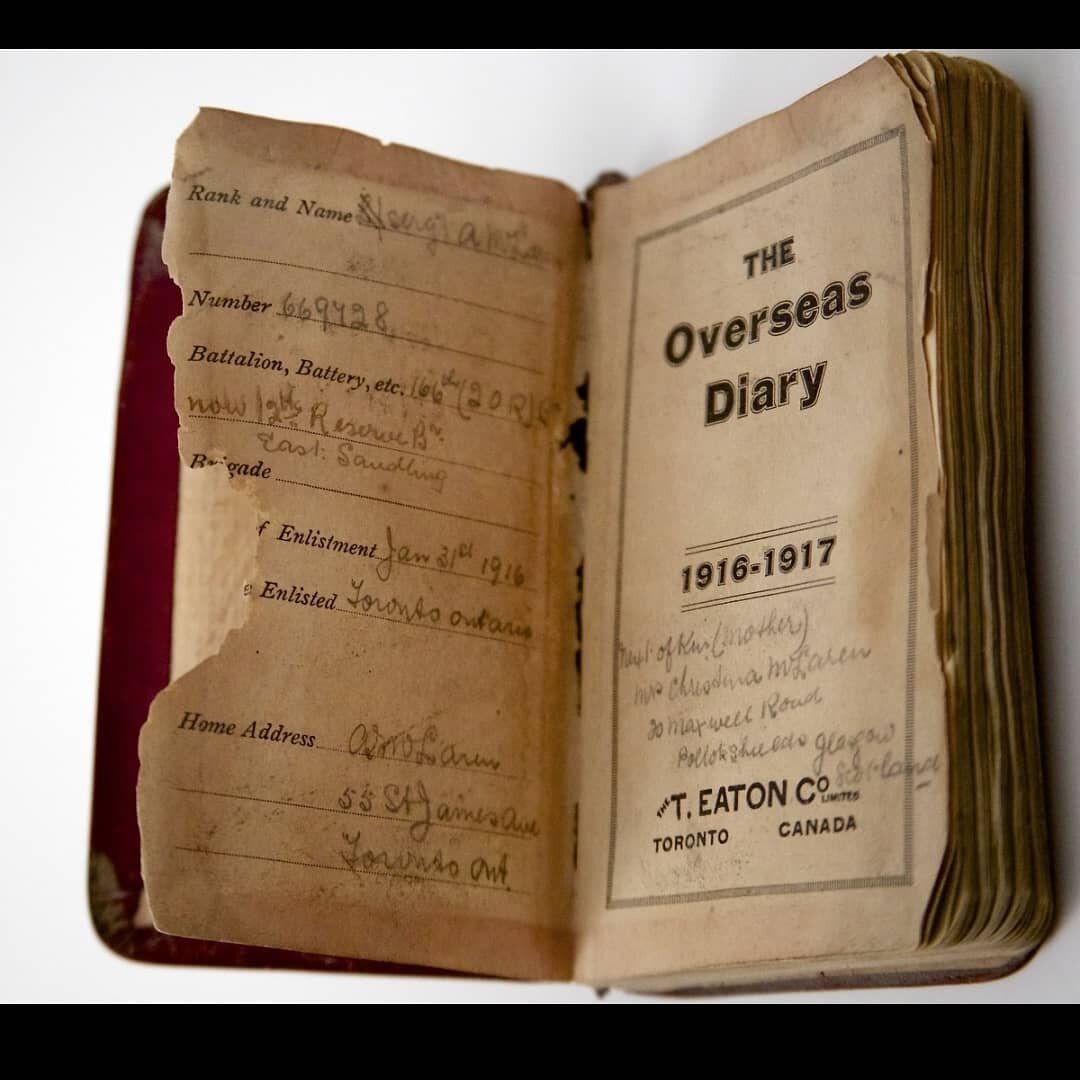
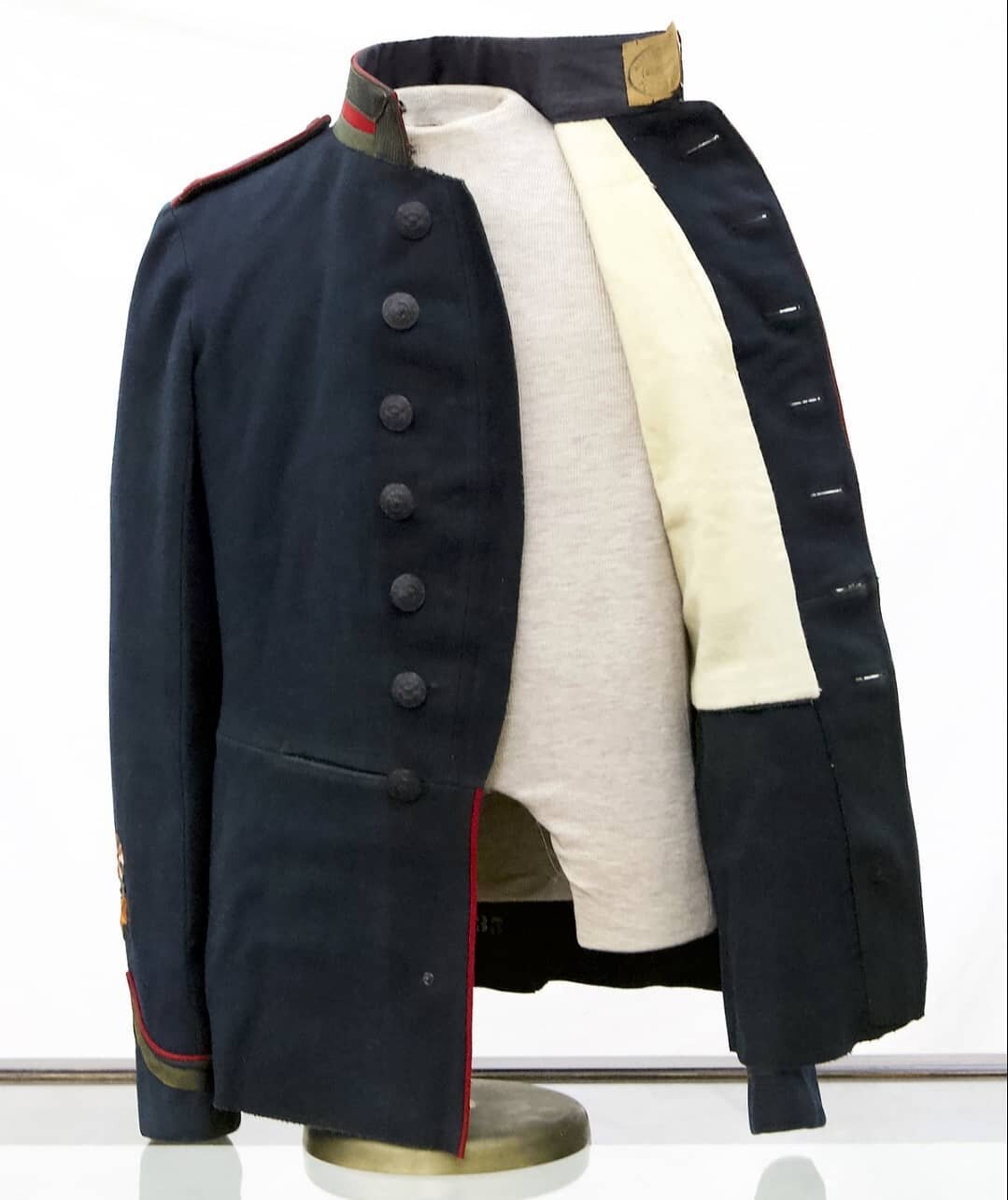

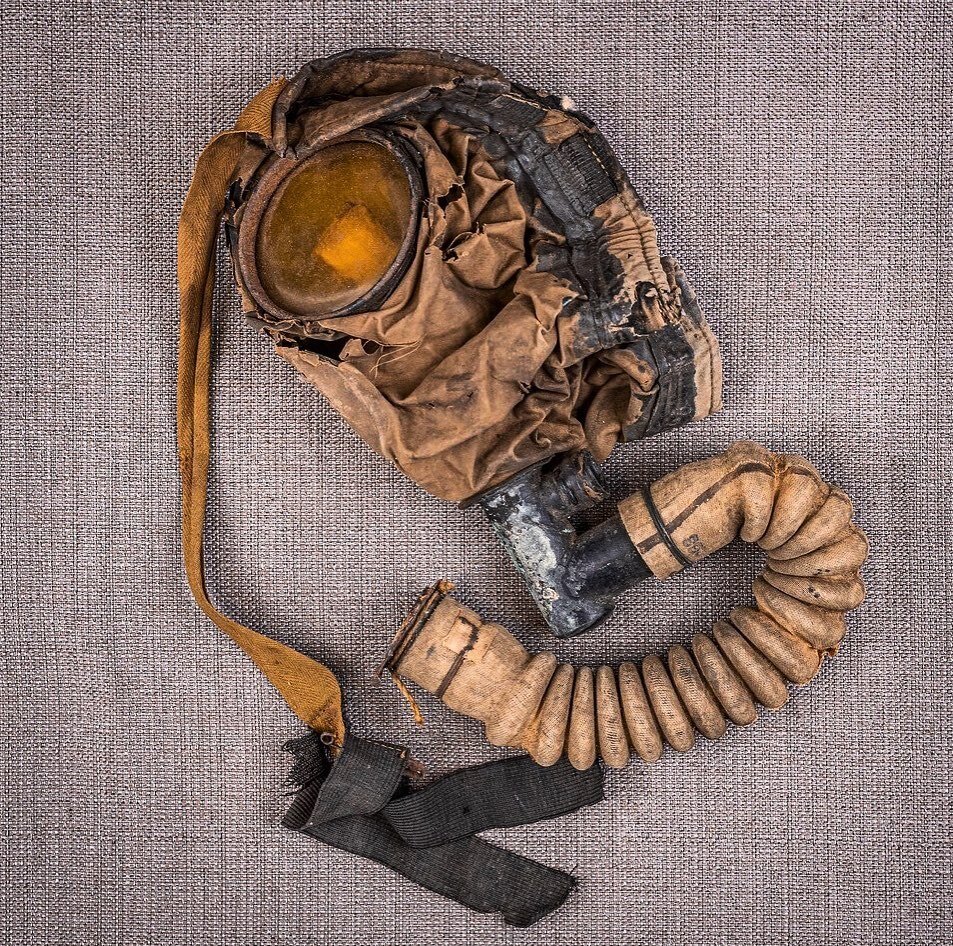
Inside the castle, not only can you explore the old rooms, but on the third floor, you can visit a military museum - The Queen’s Own Rifles of Canada Regimental Museum. Still operated by this regimental unit, access to the gallery is included with your admission ticket; this museum housed in Casa Loma as Sir Henry Pellatt was himself a member of The Queen’s Own Regiment, as was his son. As Canada’s longest continuously serving infantry regiment, there is a lot of history to be found here - soldiers from this unit having served in every major war. In fact, this was Canada’s only D-Day regiment and the only Allied Unit to reach its first day objective. The collection, which has over 2000 items, includes regimental pictures and wartime photographs, military papers and training manuals, uniforms and medals of honour, weapons, and countless more items collection through the centuries, with an emphasis on items from the first two world wars and the Fenian Raids of 1866. For those interested in military history, this permanent exhibition is a must, with highlights including: a 6-pounder anti tank round, wooden boards from D-Day landing crafts, a German Stahlhelm M35 helmet, gas masks with pouch and/or their original canister, a D-Day respirator bag, wartime machine guns, including a BrenMK1M, an 1850’s .38 calibre revolver from Merin and Bay, as well as old Gilette safety razor kit for wartime use.
And if military history is not your thing, then hop down to the basement of this castle, where there is a gallery dedicated to Hollywood. Specifically, it is dedicated to the many movies and television shows that have been filmed at the castle, with it often used as a set location. The gallery features behind-the-scenes looks at the many productions filmed here, along with posters and props. You’d be surprised just how often this relatively modern castle gets used. In fact, just some of the big movies or shows filmed here include: Chicago (2002), The Vow (2012), Scott Pilgrim vs. the World (2010), X-Men (2000), Billy Madison (1995), RoboCop (2014), Murdoch Mysteries (2008-present), Dash & Lily (2020), Hemlock Grove (2013-2015), Shadowhunters (2016-2019), and The Mortal Instruments: City of Bones (2013).
While by no means a castle rich with centuries of history, Casa Loma has plenty to offer to make it worth the trip. And should you get peckish while there, there is a terrace cafe to relax at, providing a lovely view of the gardens. Alternatively, you can treat yourself to a finer meal at the steakhouse on site. BlueBloods Steakhouse is by no means where you go on a whim, this high-end restaurant providing an upscale dining experience in a castle, evoking a mix of modern luxury and old school posh. While salivating over a filet mignon or ribeye here, take in the art decorating the walls or the sculptures on display; from Mr. Brainwash’s street-art print ‘QE2’, which features a young Queen Elizabeth holding a spraycan and winking, to the Salvatore Dali statue in a corner, there are some prominent artists featured here to enhance your dining experience. Also be sure to check out the authentic Andy Warhols, two of which feature Canadian legends Wayne Gretzky and Karen Kain - the only Canadians he ever painted.
***Should you be visiting Toronto in October or during Christmastime, you’ll find nighttime festivities and celebrations at the castle; a haunted mansion for Halloween and yuletide castle come winter.
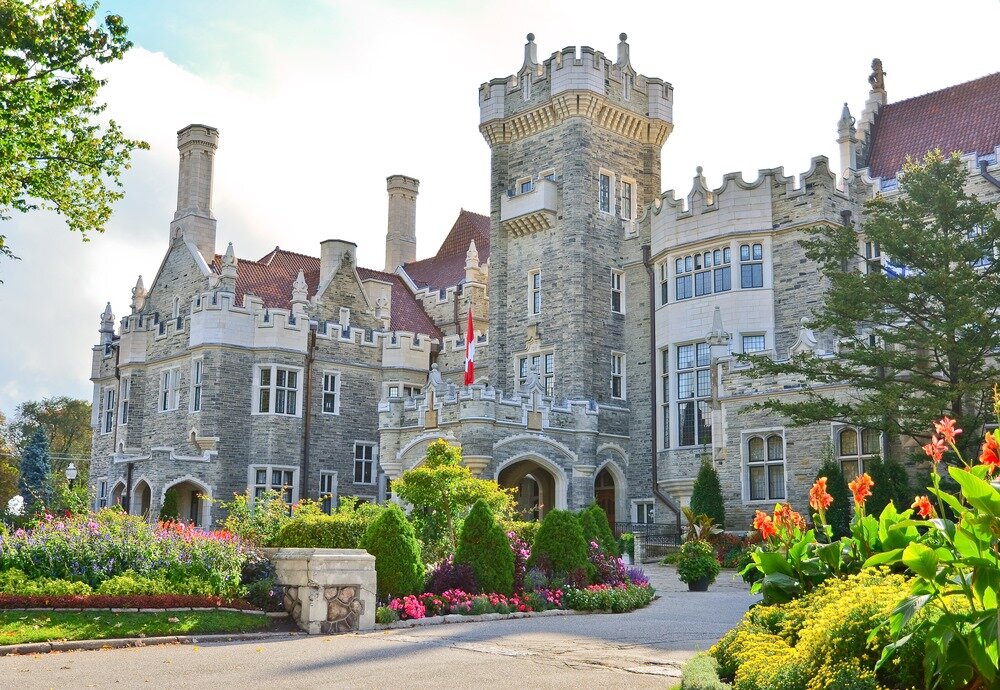
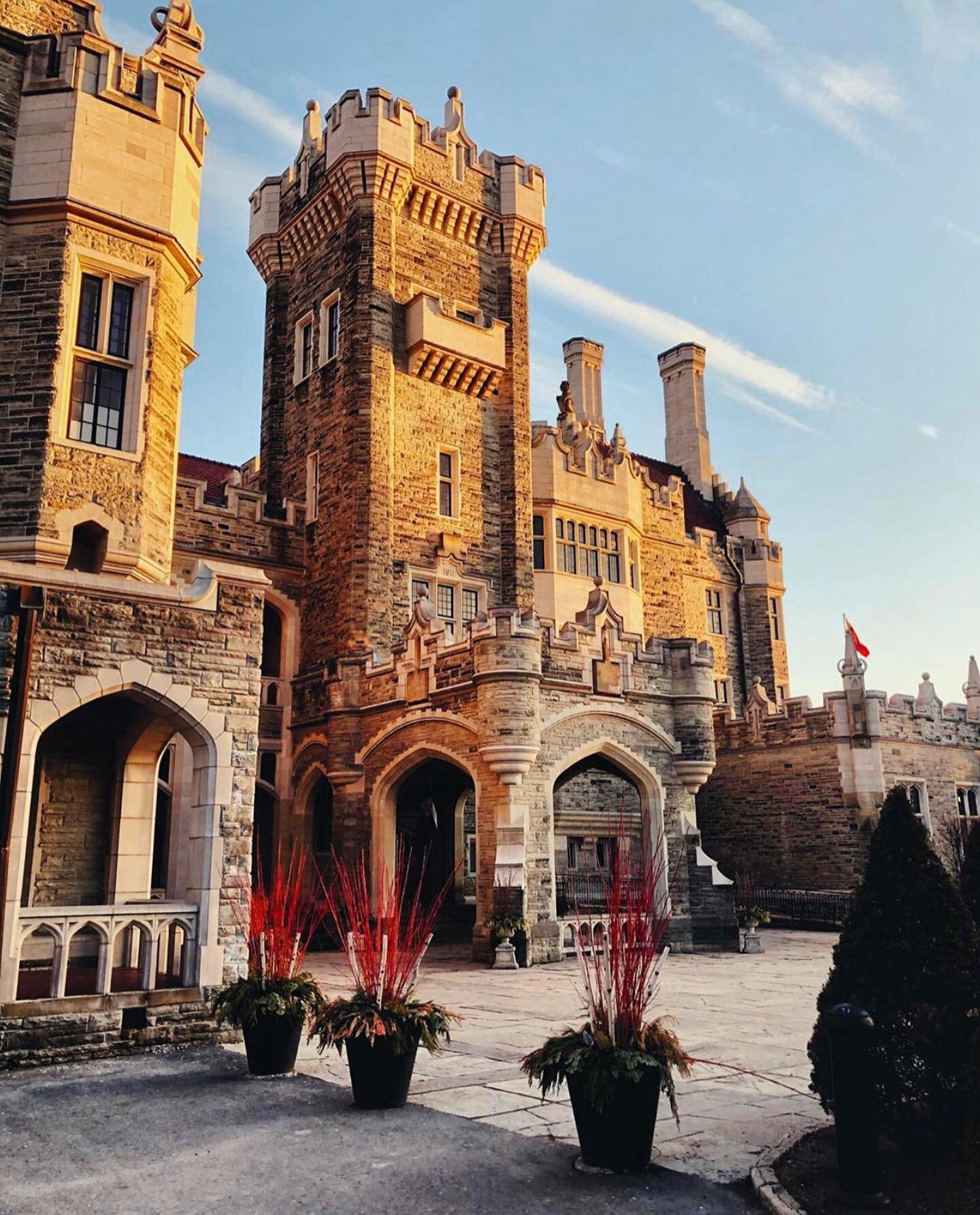
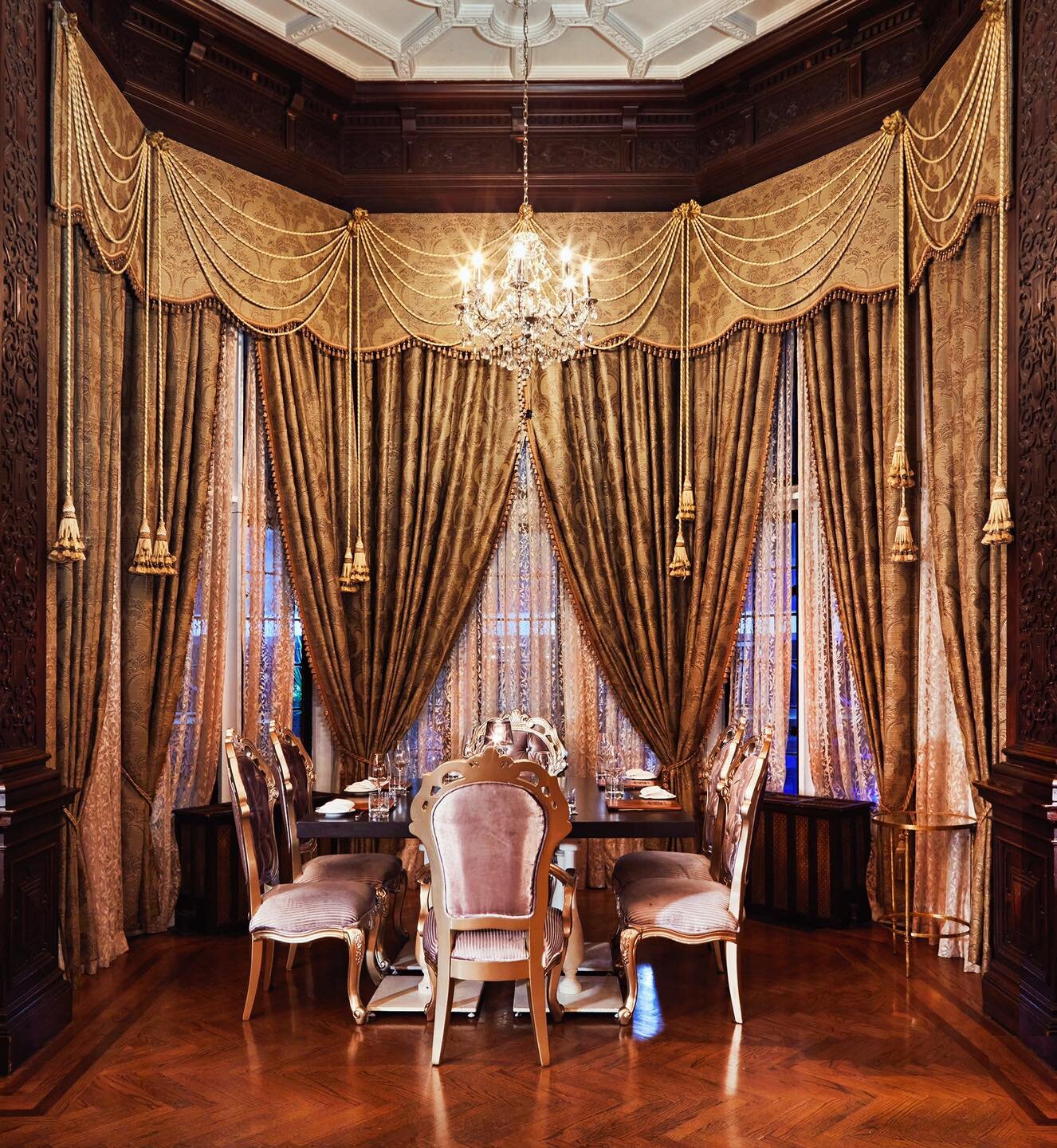
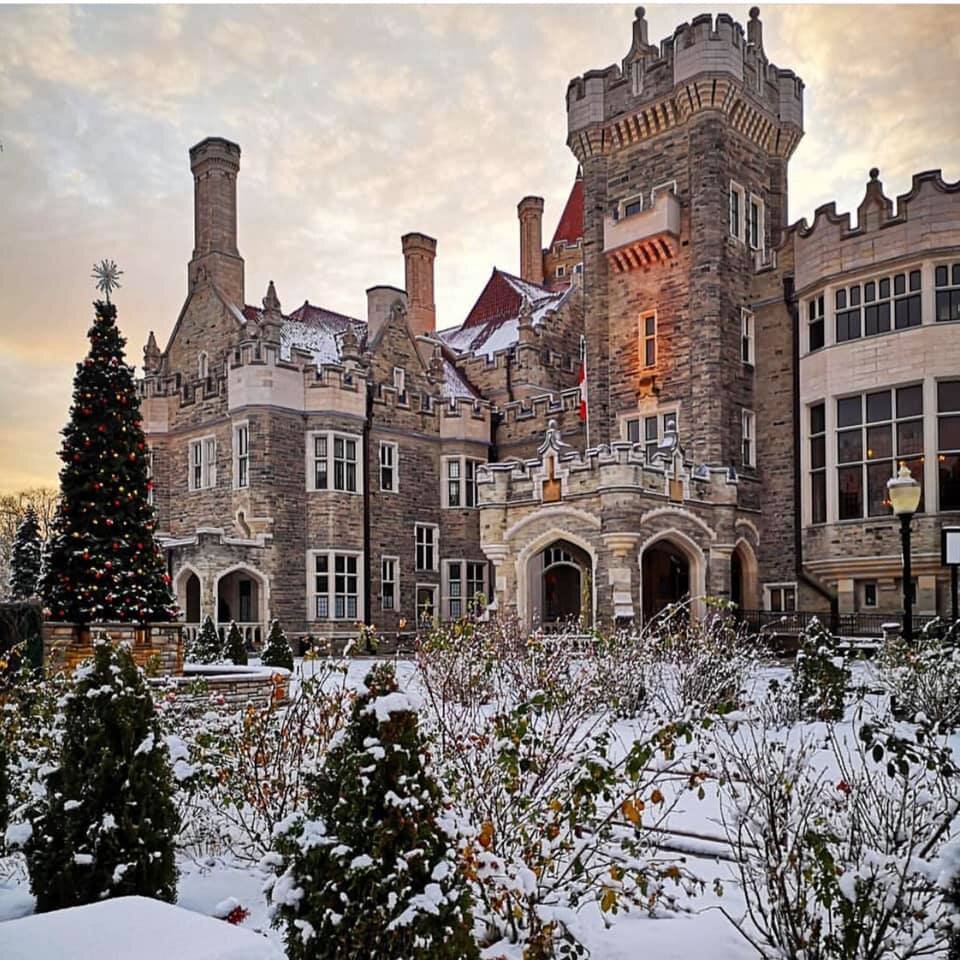
How to Get There:
Take the subway, ‘Line 1, Yonge-University-Spadina’ to Dupont station. From there it’s approximately a 10-minute walk to the castle, though it is slightly uphill. Alternatively, you get off one stop further, at St. Clair West, and from there walk downhill, approximately 15 minutes to Casa Loma. For more exact directions or further options, check HERE.
Practical Information:
Casa Loma is open daily from 9:30am-5pm, with last admission at 4pm. General admission is $30, which includes access to everything on the grounds, aside from the restaurants. However, as this is a popular filming location, it’s worth checking the hours ahead of time to ensure the castle is fully open before you visit. For the most up-to-date hours and pricing, please check HERE.
*During Halloween and the Christmas season, the grounds and castle have later hours for special festivities, but are only accessible with a separate event ticket, differing from the traditional daytime one. Tickets to these evening festivities often require advance booking.
Spadina Museum
Right by Casa Loma, it’s understandable how this large estate might get lost in the shadow of its neighbouring castle, but when looked at for its own merit, the Spadina House Museum proves to be a lovely and large estate, with lush gardens and a modest stately home. Home to the Austin family for over three generations, this house has become a perfect example of architectural changes; aVictorian home evolving and modernizing, with the influence of the Edwardian period, to Colonial Revival, Art Deco and the Art Nouveau movements - all clearly represented in the interior and exterior.
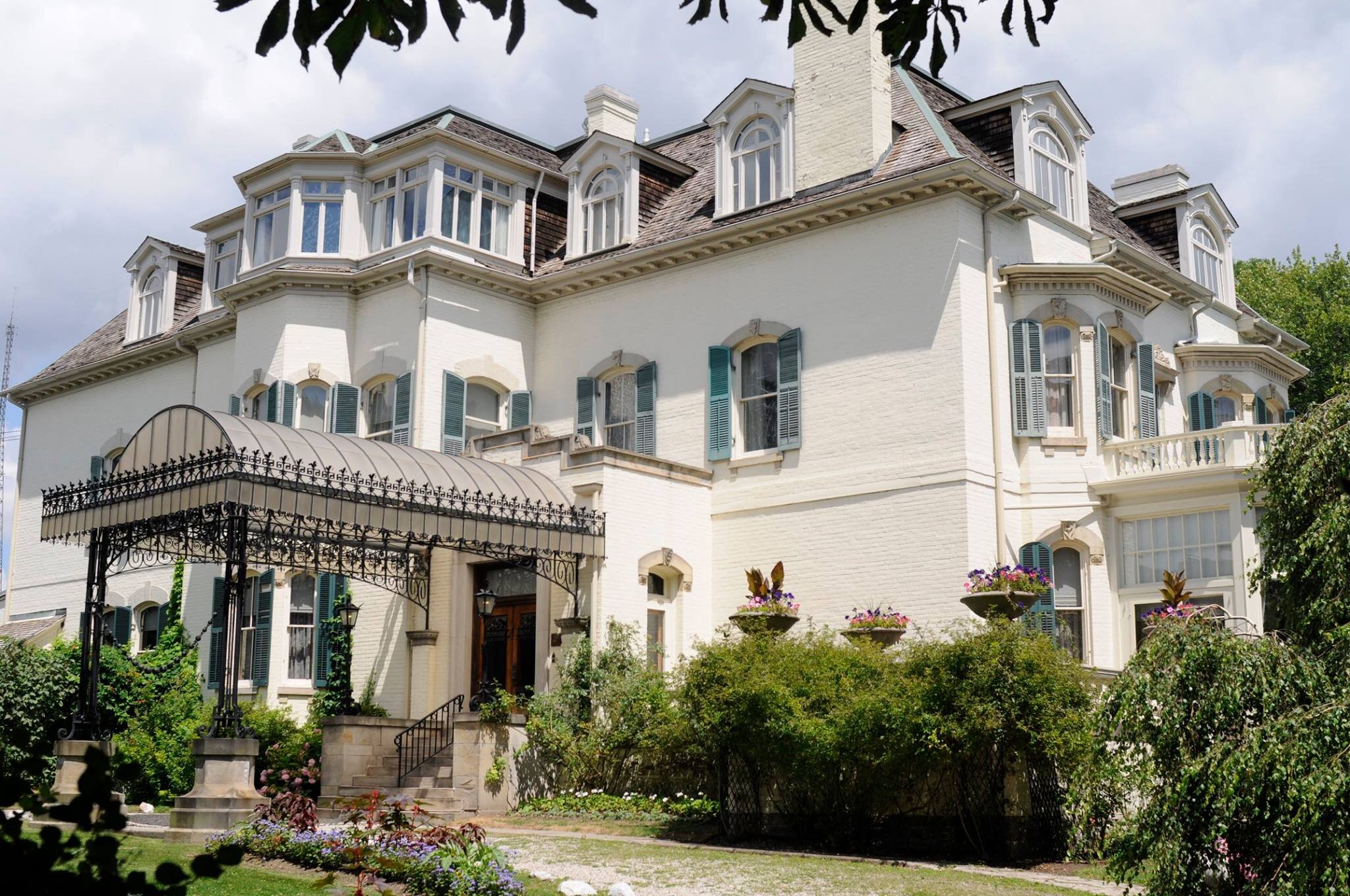
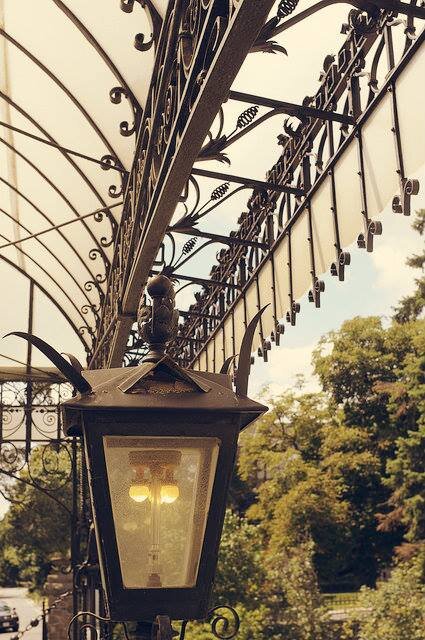

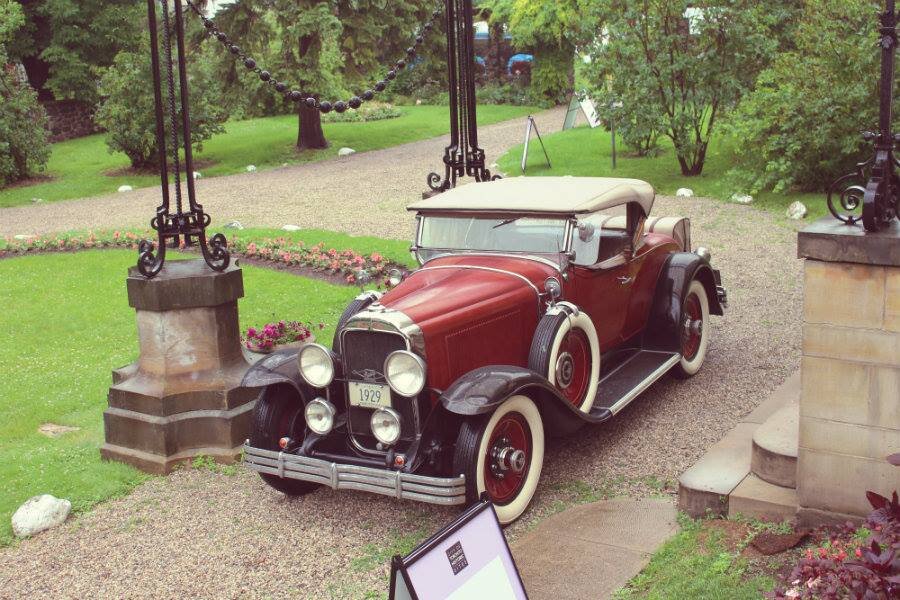
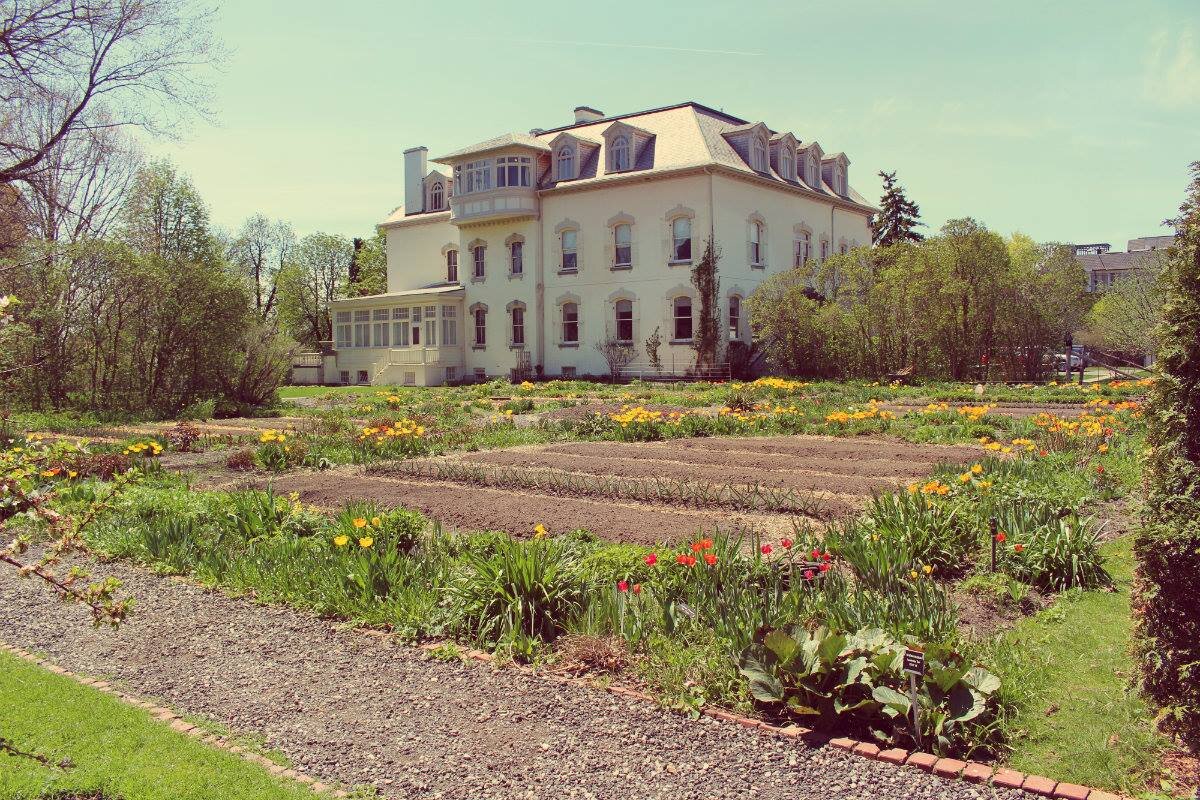
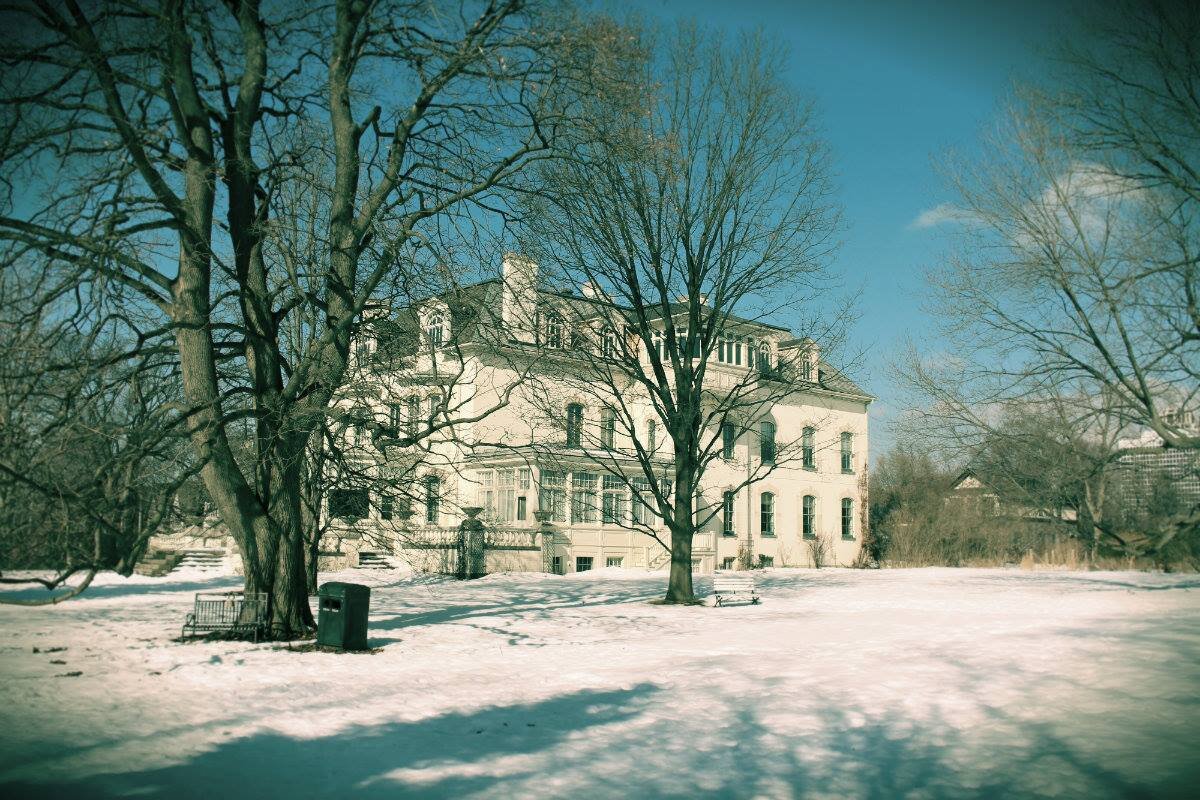
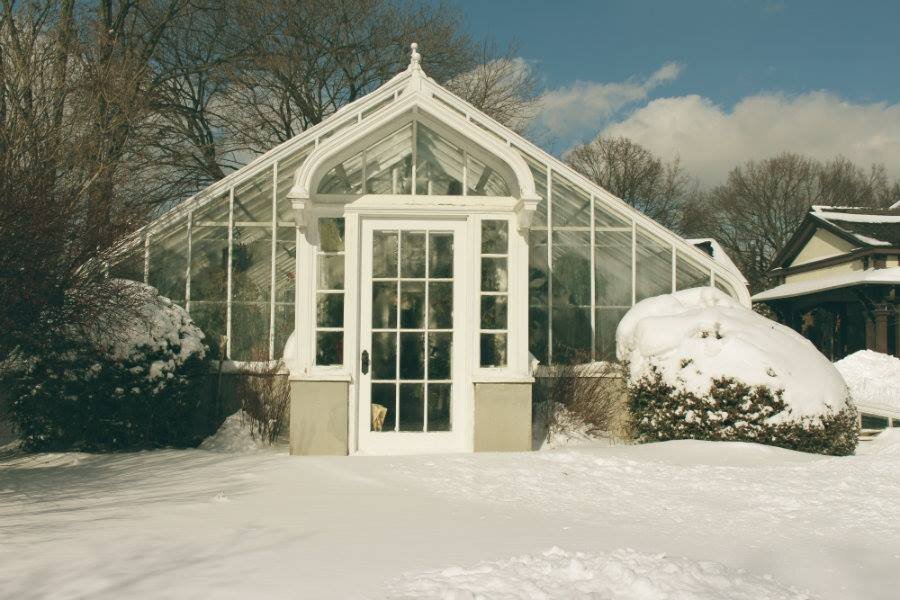
The purpose of this house-turned museum is to illustrate the evolution of domestic styles, especially as technology became more common in the household. Here you can see the influence of gas lighting to electricity, the introduction of the telephone and gas heating, as well as how furniture and home decor changed with the times, as well as to accommodate the technological and industrial advancements. This house is a treat to visit just for the furnishing inside, along with the great floating staircase, imposing fireplaces, and original flooring, which changed over the years from marble, to tile, to hardwood (all of which can be seen within the home).
You’ll find original period artifacts and family heirlooms on display, used to further show the evolution of the home over three generations, including vintage clothing and furniture, artwork, sculptures, and later photographs, personal letters, leather bound books, as well as decorative fixtures. And then there are the neatly manicured grounds and picturesque gardens to explore, with an old orchard and stone archway making great backdrops. And on the far south end of the great lawn, there is an original artillery battery worth checking out, dating back to the 1800s when the house was first built.
Aside from exploring the house and gardens, you’ll find that the Spadina Museum hosts various talks and presentations, as well as special collections and exhibitions, dedicated to furthering the understanding of modern technology’s effects on the home, and demonstrating its influence on daily life. And if the house isn’t enough to give you a taste of the old days, perhaps the legendary Gatsby parties held here will do the trick. Of course, that would require bringing costumes fitting of a 1920’s outdoor affair, but should you happen to be in town during the summer at the same time as this annual garden party, it’s well worth it the extra outfits packed! With live orchestra and jazz bands to set the tone, it’ll be an afternoon you’re unlikely to forget. Watch silent films, take a mixology class, learn to dance the charleston, knock a ball around in a game of croquet on the lawns, and imbibe in cocktails straight from the roaring ‘20s. The Spadina House’s Gatsby Garden Party is a highlight of the summer season.
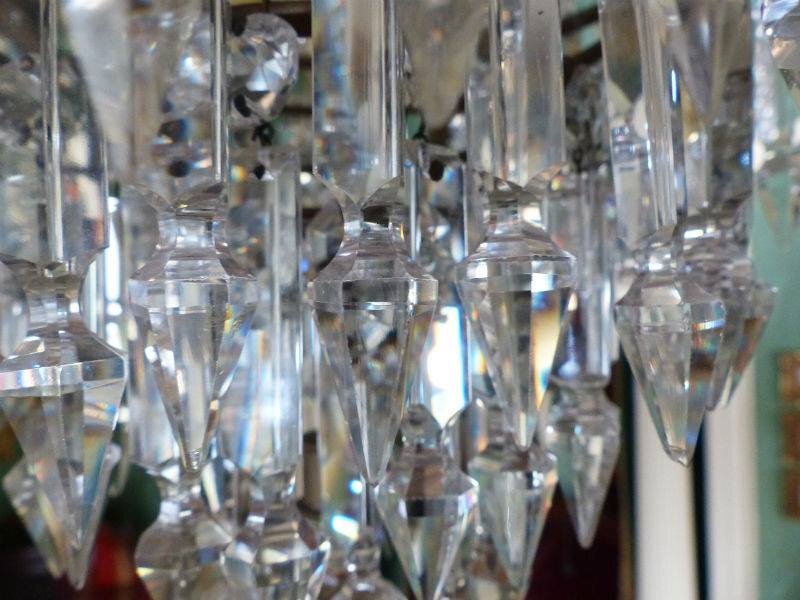
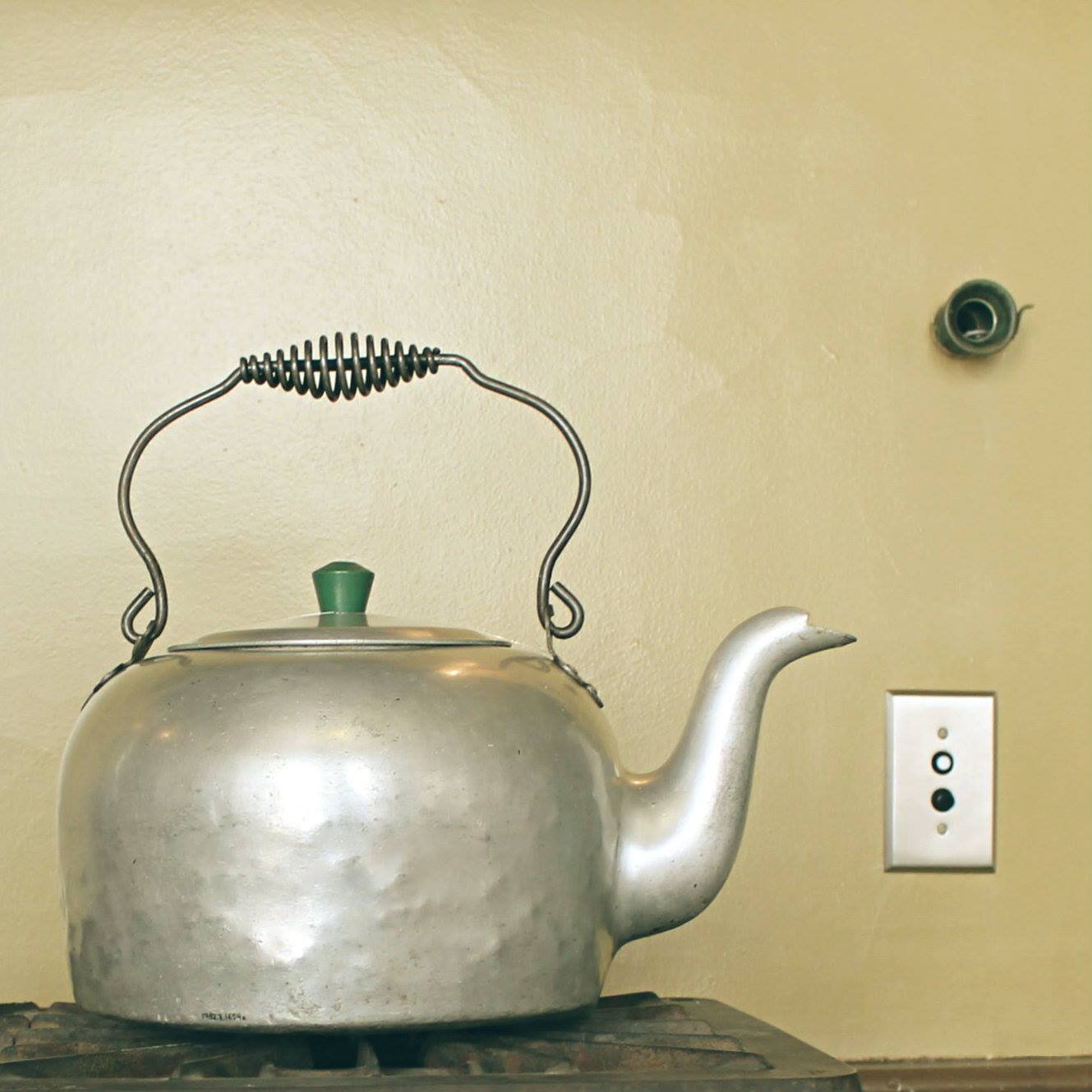
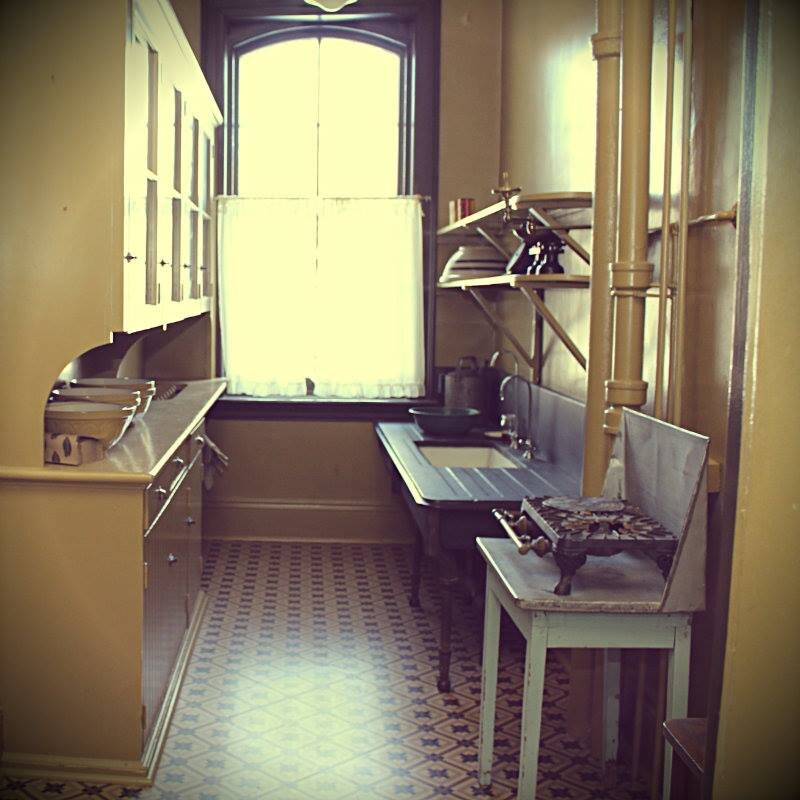
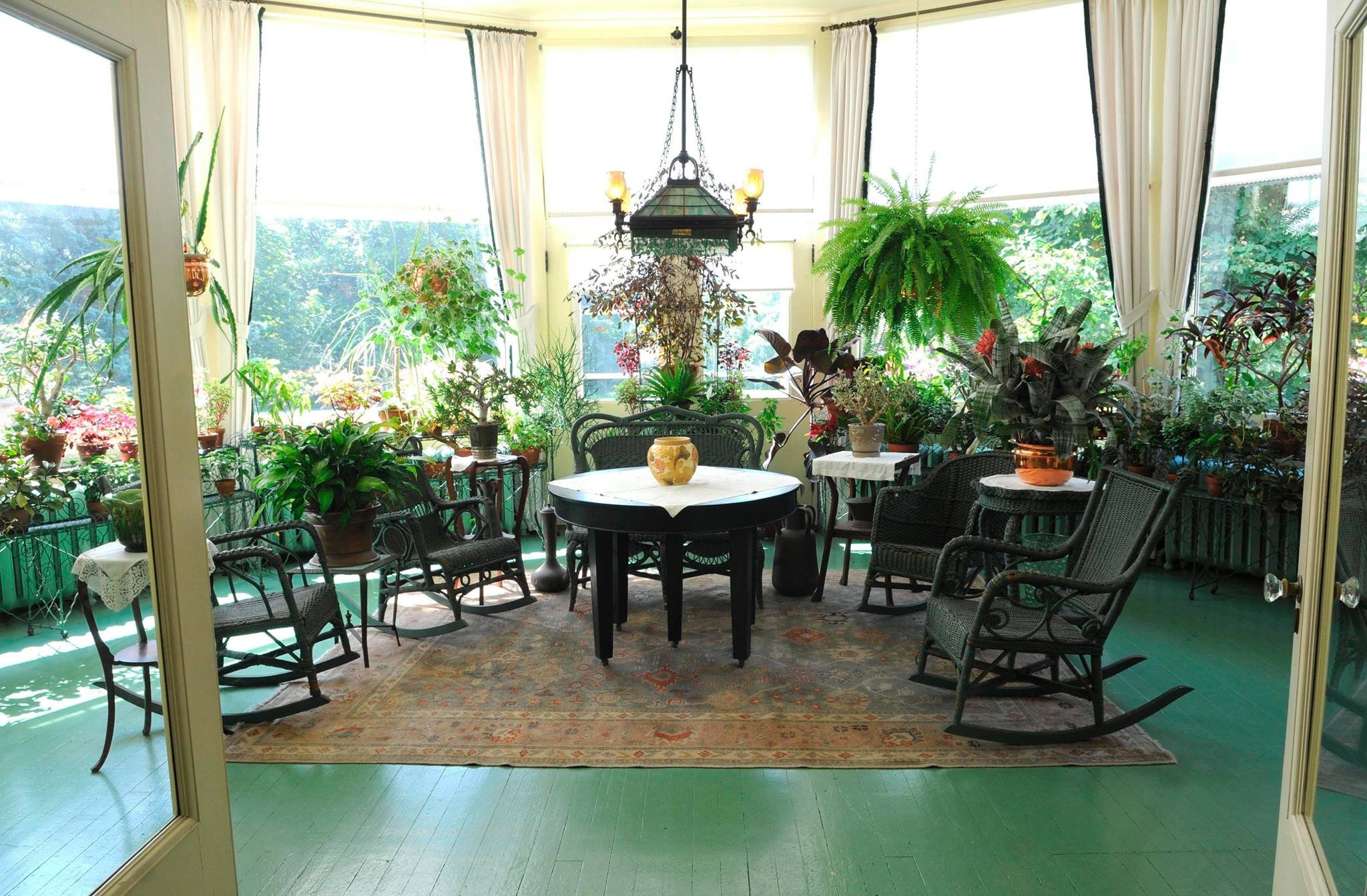
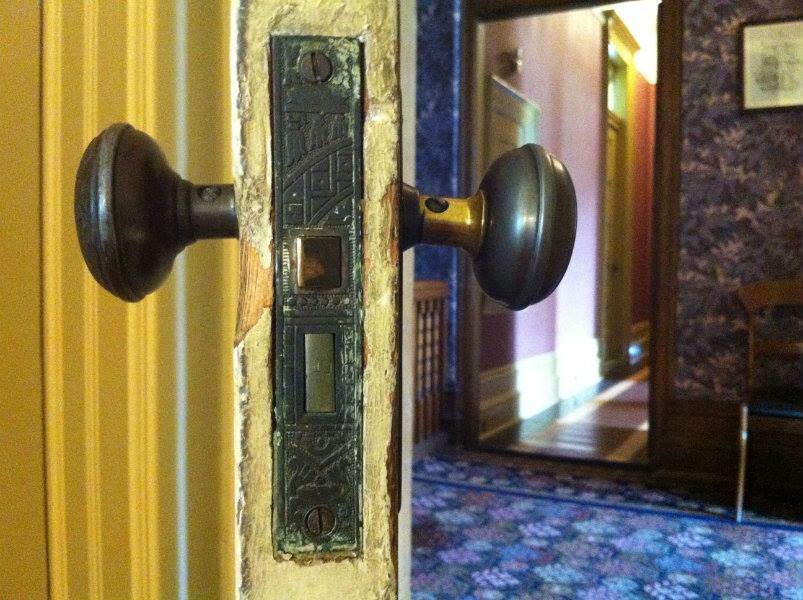
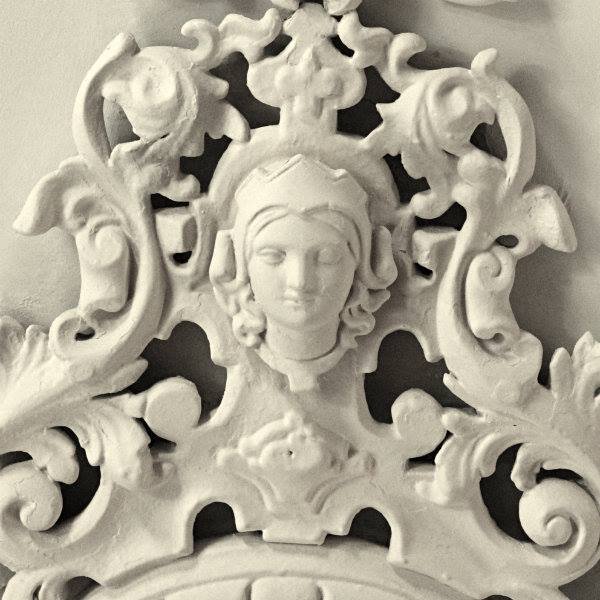
Practical Information:
The Spadina House Museum is open Wednesday - Sunday, from 11am-5pm. A donation of $10 is suggested for admission, but operates under a ‘pay what you can’ policy for historic tours of the house. However, hours and admission may change - check HERE for the most up-to-date information regarding visiting.
How to Get There:
Located beside Casa Loma, the best way to reach the Spadina House Museum is to take the subway, ‘Line 1, Yonge-University-Spadina’ to Dupont station. From there it’s approximately a 10-minute walk to the castle, though it is slightly uphill. Alternatively, you get off one stop further north, at St. Clair West, and from there walk downhill, approximately 15 minutes to the museum. You can also take an Uber there or back in either direction, with the cost relatively low if you’re starting in downtown or midtown Toronto.
Hockey Hall of Fame
Are you really experiencing Canadian culture if hockey hasn’t factored into the trip in one way or another? Of course, there is so much more to this amazing city and the sprawling country than ice hockey, but as the national sport and something Canadians tend to take very seriously, it would be a shame to visit and miss out on the frenzy. Naturally not all Canadians like hockey, but the majority are devoted fans, with their winters spent either on the rink or watching professionals slap a puck around on TV. It should be noted, if you say hockey in Canada, it is automatically assumed you mean ice hockey, not field hockey. Adding the word ice before hockey is a quick way to ensure everyone knows you're a tourist.
So regardless of whether you’re visiting during winter and prime hockey season, or during the summer when attention in Toronto shifts from the Maple Leafs to the Blue Jays (baseball), you can rest assured there is an opportunity to take in Canada’s devotion to this sport. The Hockey Hall of Fame, which is spread across 65,000 square ft., is an interactive museum full of hockey paraphernalia, it’s collections unrivalled around the world. As permanent home to the Stanley Cup, both the original and the current one, you can check out the grand trophy, along with countless other NHL trophies from over the years. You can check out a perfect replica of the Montreal Canadiens’ dressing room, and marvel at walls of jerseys from over the years - the Hockey Hall of Fame having the largest collection of professional hockey jerseys in the world. Explore various themed exhibits dedicated to some of the greatest players of all time and their achievements, reminding you (if you didn’t already know) why Wayne Gretzky is a national hero. There are also two large theatres at the museum, allowing you to watch retrospectives and informative videos about the sport. And if that wasn’t enough, an interactive exhibition here allows visitors to go one-on-one against life sized animated versions of some of the top players, especially goalies and shooters. Find out if you have what it takes to block a shot from the great Sidney Crosby.
And should you be a fan of the sport, you’ll find one of the best stores dedicated to the sport, with an unparalleled collection of memorabilia for sale. And while there is an endless amount of products available dedicated to Canadian teams and players, all masters of the sport are represented here. Because this Hockey Hall of Fame isn’t just dedicated to Canadians; it’s dedicated to hockey, celebrating all major achievements in this sport.
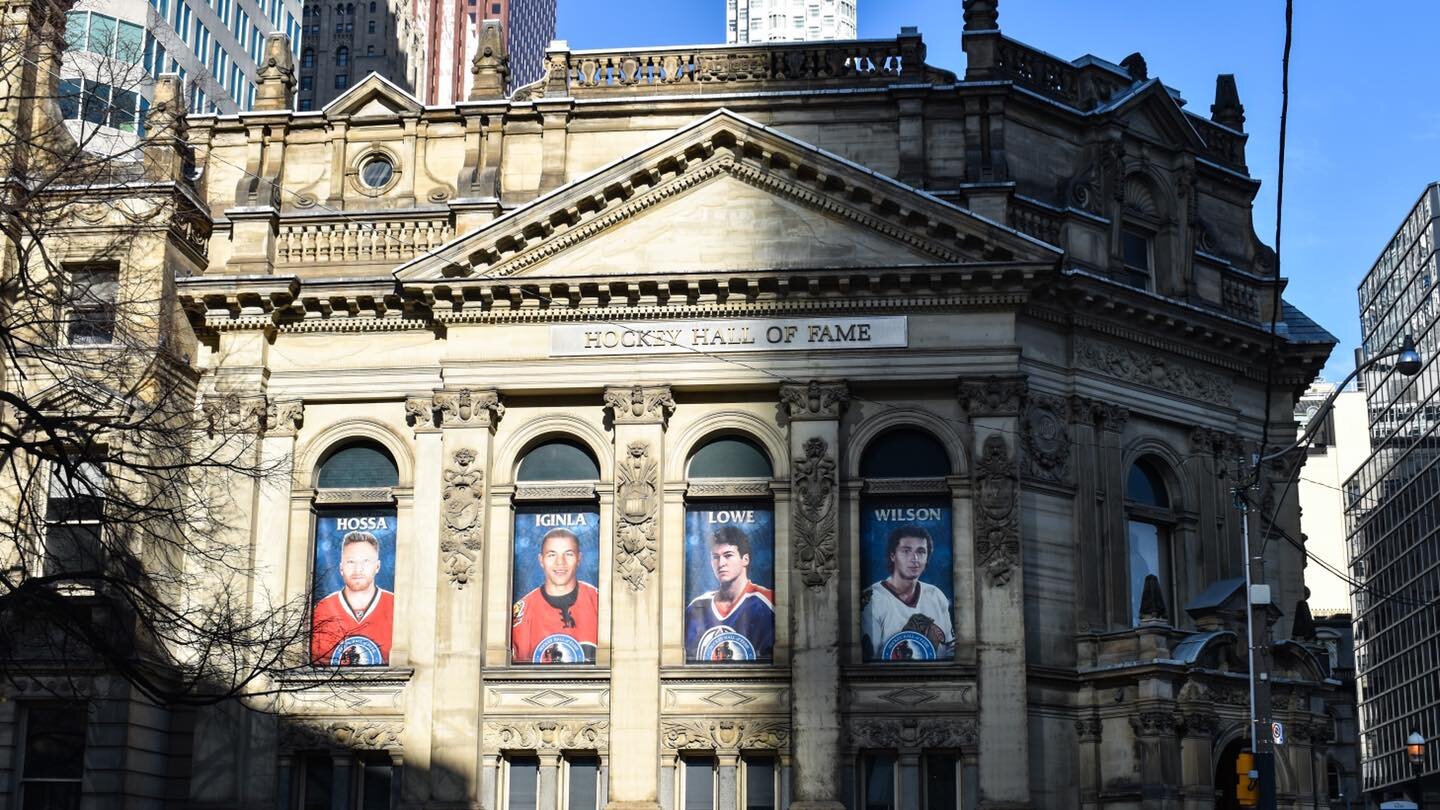
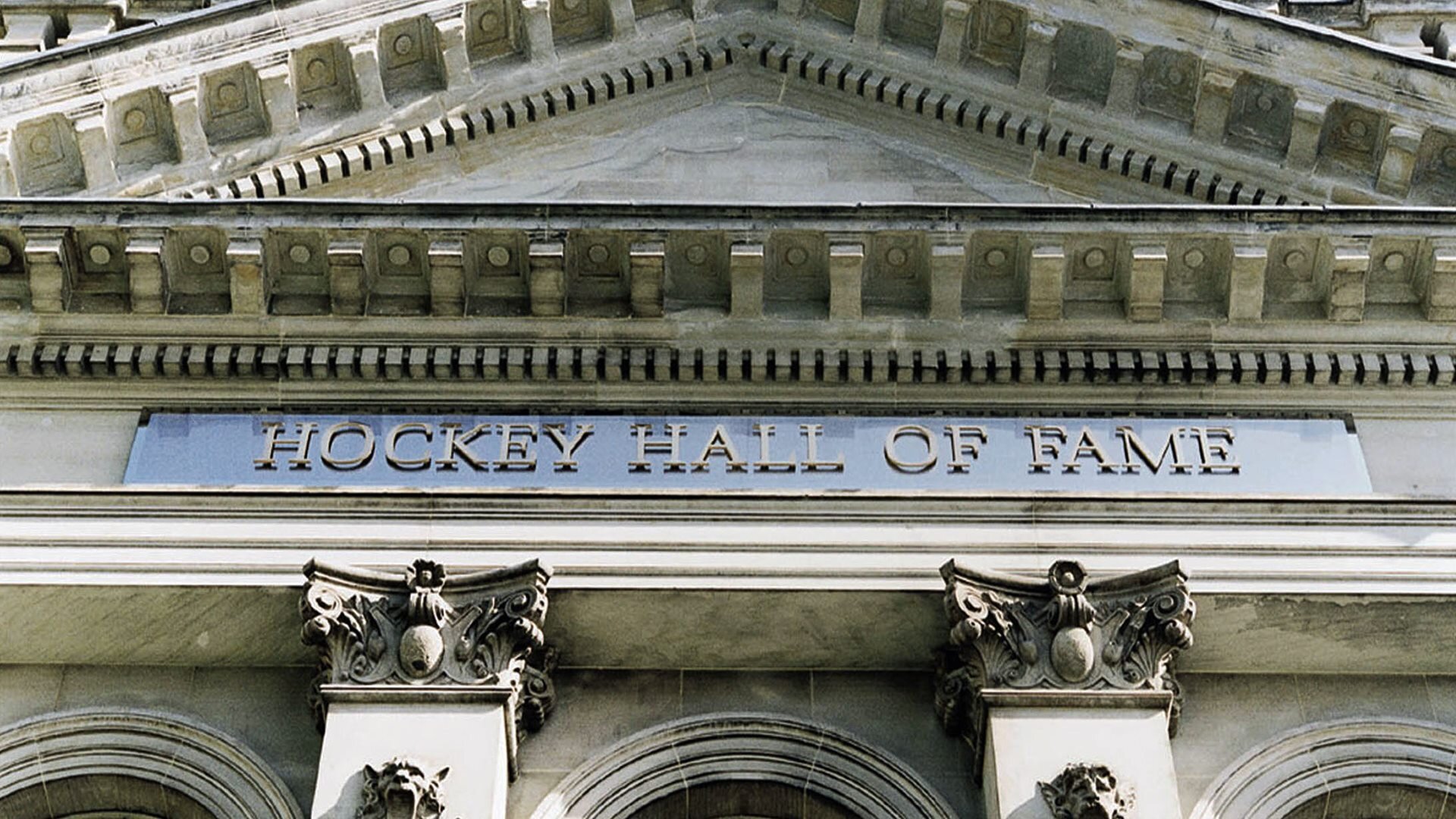

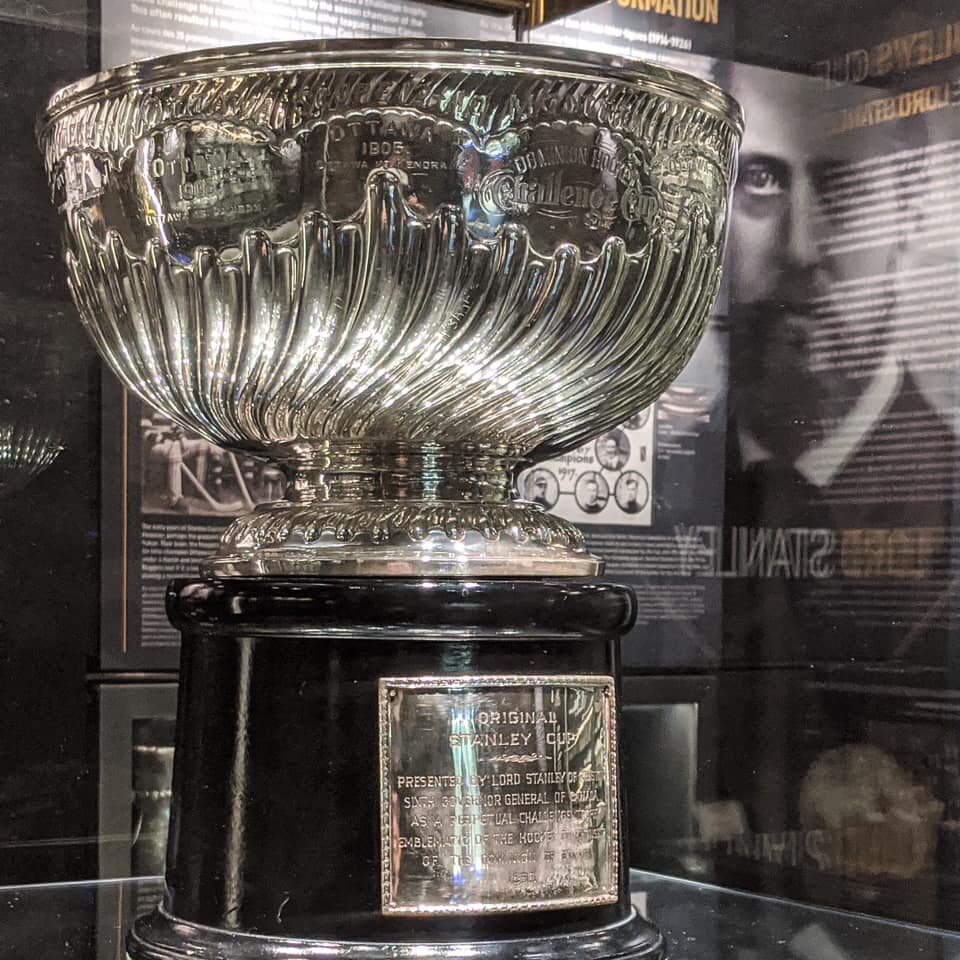



How to Get There:
Located in the financial district in the downtown core, it’s easy to walk to the museum. However, if looking to take public transit, take the subway ‘Line 1, Yonge-University-Spadina’ line to Union Station. From Union Station, you can walk underground to Brookfield Place - one of the many tall towers at the heart of downtown Toronto. The entrance to the Hockey Hall of Fame is on the concourse level of this office building.
Practical Information:
The Hockey Hall of Fame is open daily, though the hours do change seasonally. General admission is $20. For exact hours and up-to-date pricing, click HERE.
Gardiner Museum
The Gardiner Museum is a highly respected museum dedicated to ceramics, with a world-class collection of porcelain from around the world. Here you can learn about ceramic materials and uses, as well as how it's made. You can also learn about the introduction of hard-paste porcelain to Western Europe from China and Japan, and how porcelain became a popular product and status symbol in countries like England, France, Italy, Germany, and Austria. The preoccupation with this material led to a scientific undertaking in Europe, creating the birth of Europe’s own porcelain factories - the first being the Meissen porcelain factory in 1710. It also led to the creation of soft-paste porcelain, something that was bred from the Europeans attempts at recreating the porcelain from China.
Soft-paste porcelain, which was first created in France, is the base for what is now known as fine bone china; when the English couldn’t recreate their own hard-paste china, they added bone ash to their soft-paste clay to strengthen it. However, in France, where it started, they chose to embrace this softer and more delicate porcelain, until natural deposits were found in later years to make stronger hard-paste clay. Aside from learning about all of this at the museum, you can simply marvel at the impressive collection of porcelain and ceramic products, especially their Meissen collection.
Permanent exhibits at the Gardiner include: European Porcelain of the 18th and early 19th centuries, Chinese and Japanese Ceramics, European Earthenware, Ceramics of Ancient Americas, 19th and Early 20th Century Ceramics, Modern and Contemporary Ceramics, and collections of Non-Ceramic Materials. Of course, as a renowned museum dedicated to this artform, the temporary exhibits held here are often quite impressive, with past exhibitions including:‘Savour: Food Culture in the Age of Enlightenment’, ‘Japan Now: Female Masters’, ‘Obsession: Sir William Van Horne’s Japanese Ceramics’, ‘Powder and Patches: Porcelain for the Boudoir in the 18th-Century Europe’, ‘Rule Britannia: Four Centuries of British Style, Power and Taste’, ‘The Tsar’s Cabinet: The Luxury and Romance of the Romanovs’, and ‘Ai Weiwei: Unbroken’.
For anyone who enjoys an afternoon tea, fine china, or who appreciates true craftsmanship, this is definitely a museum for you. Be sure to take note of their Italian Renaissance maiolica collection and the aforementioned Meissen collection. And for anyone interested in seeing/learning about how cultures are adopted and adapted, how status symbols trickle down into the mainstream, or just the evolution and development of new products and materials, you’ll still find plenty to interest you at the Gardiner.
It’s also worth mentioning that drop-in classes and workshops are available here, which can prove a fun activity for your vacation. There is also a restaurant in the museum called CLAY that offers a delightful brunch and makes for a peaceful venue for a tasty lunch, often less crowded than other restaurants in the neighbourhood.
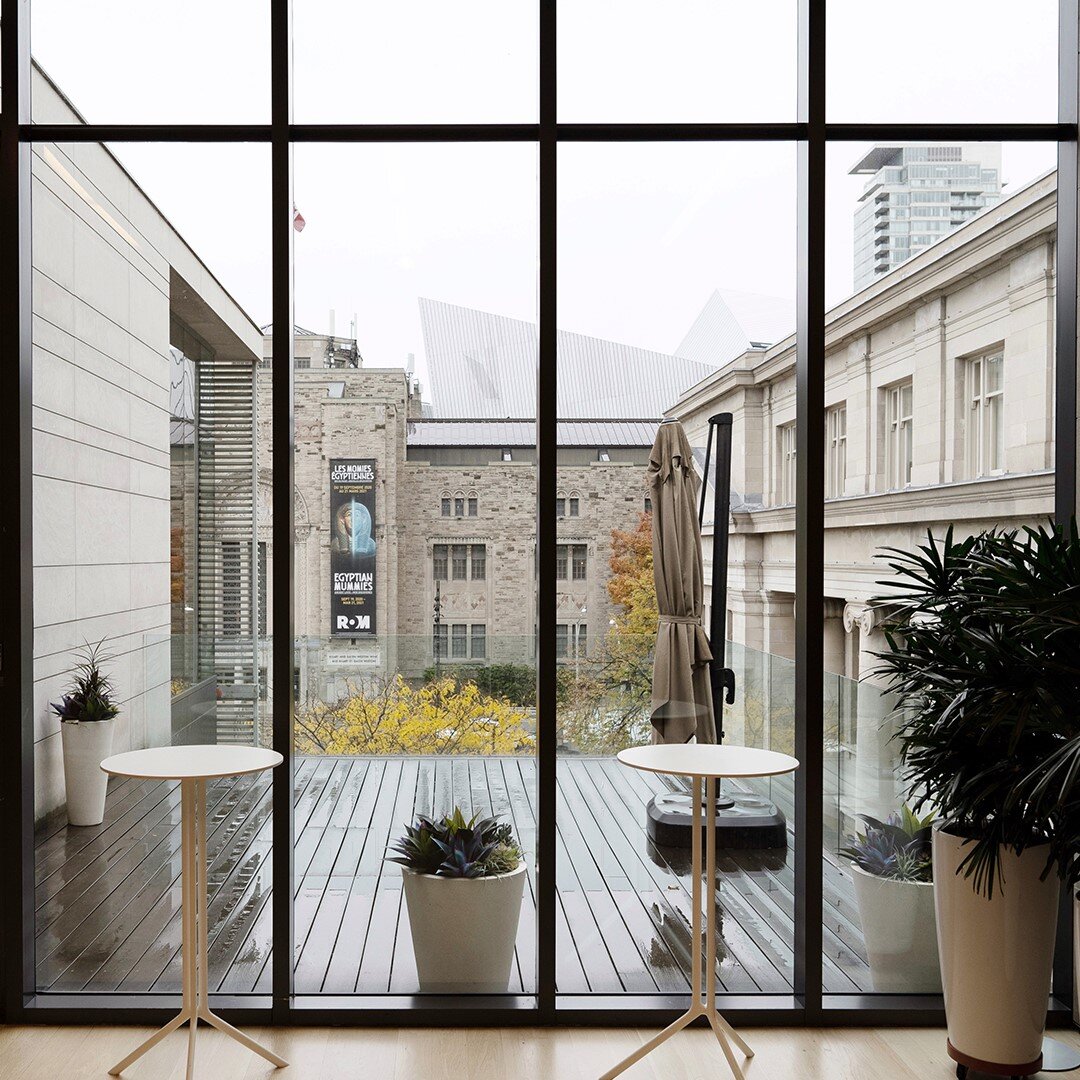
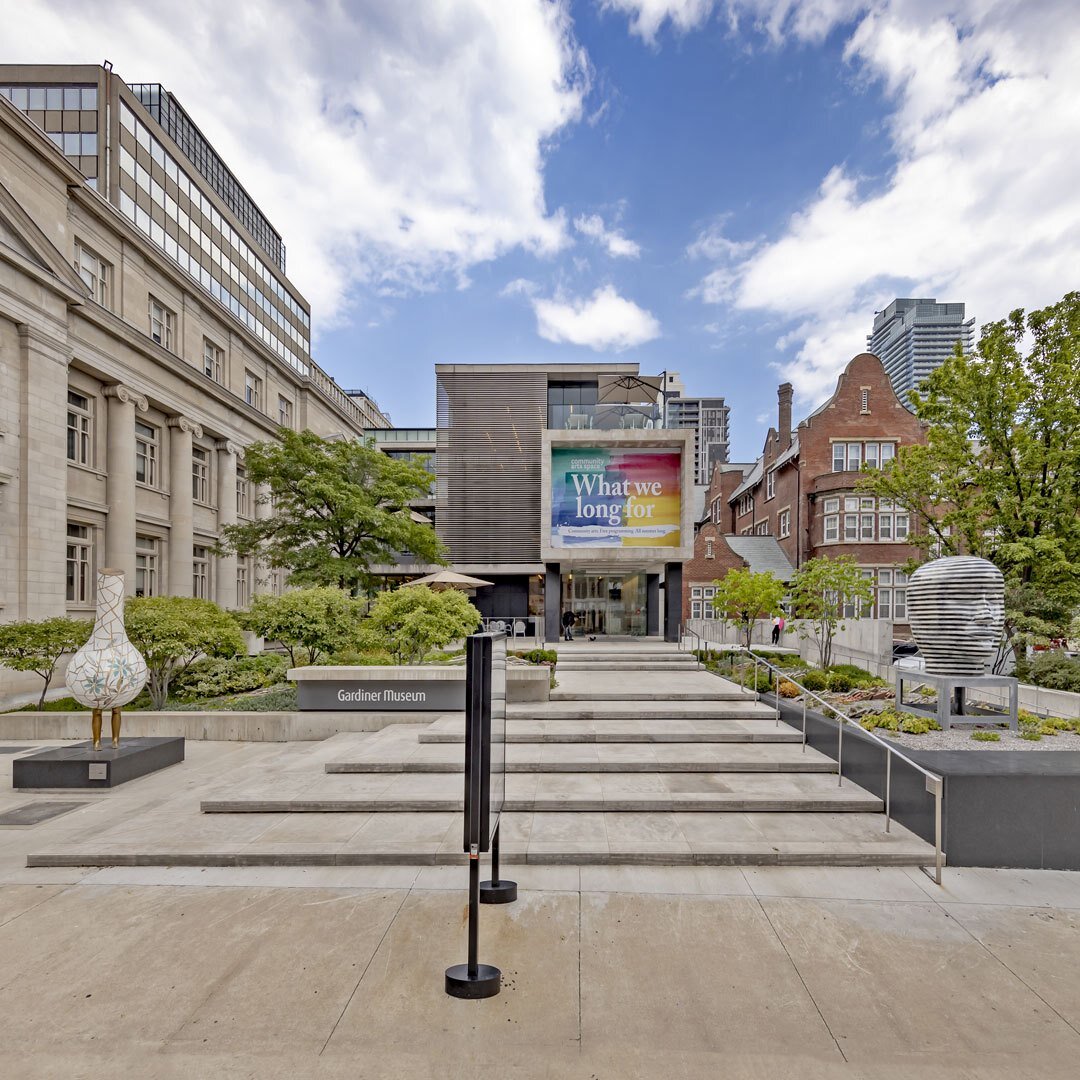
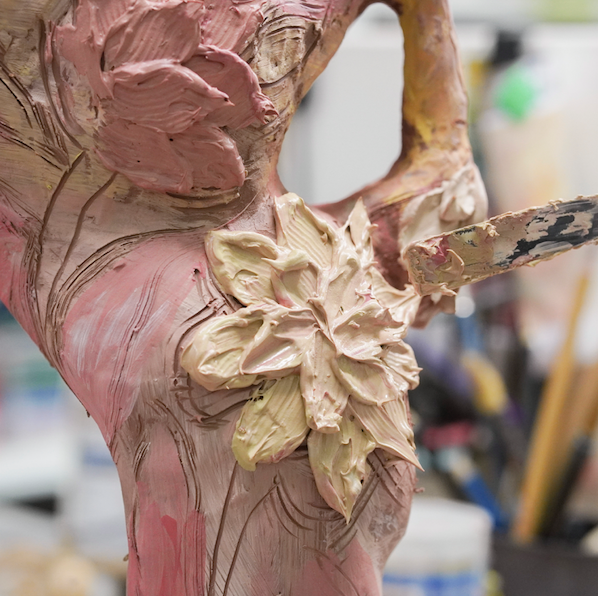

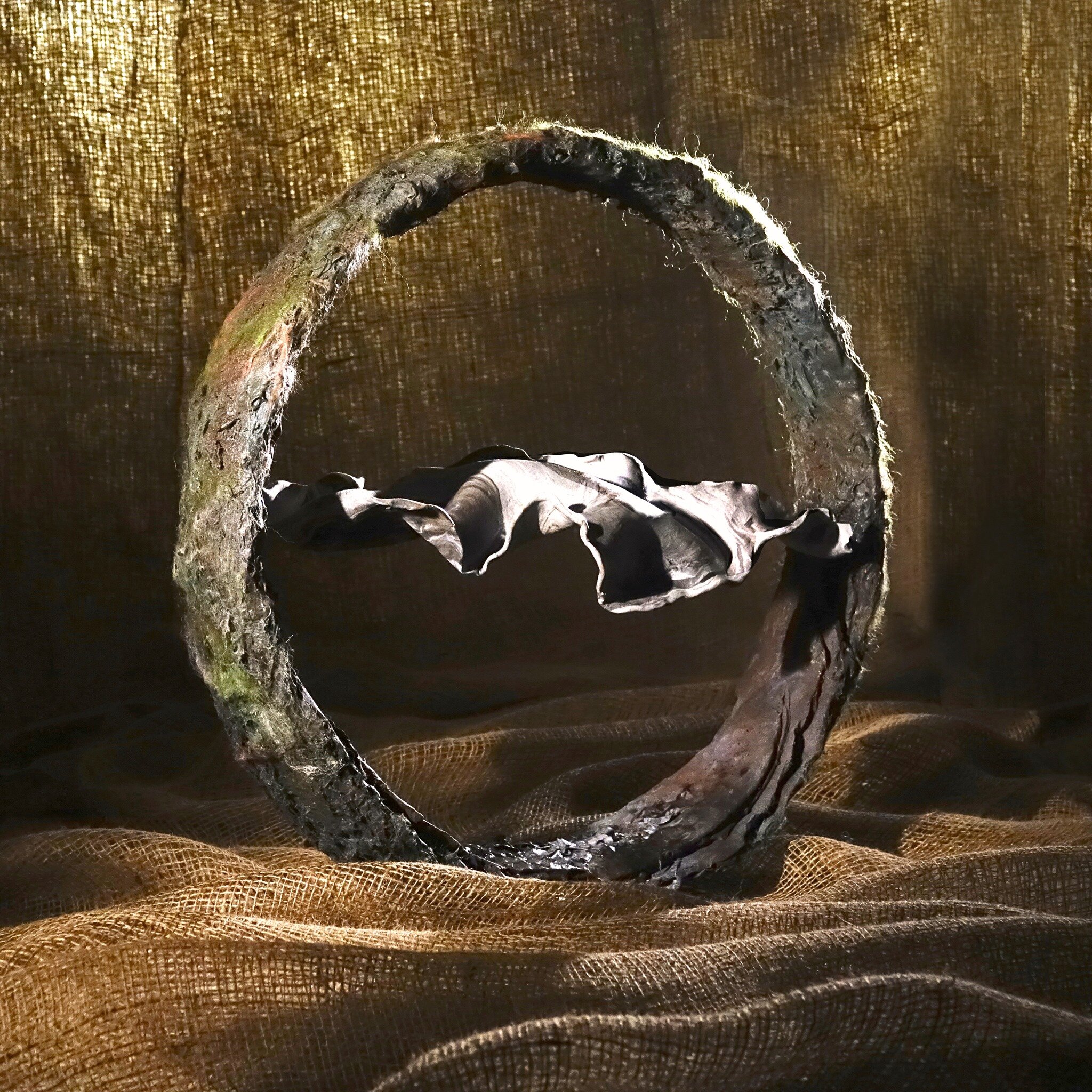
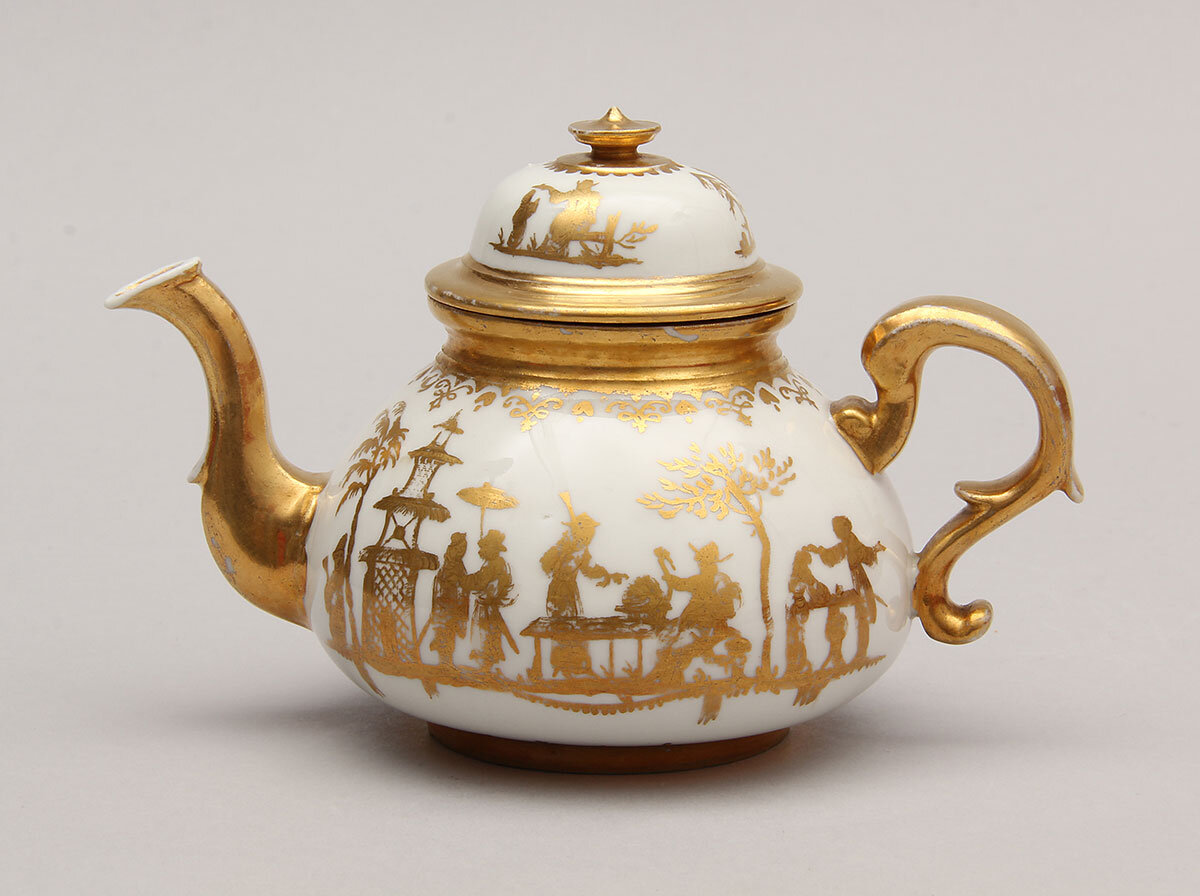
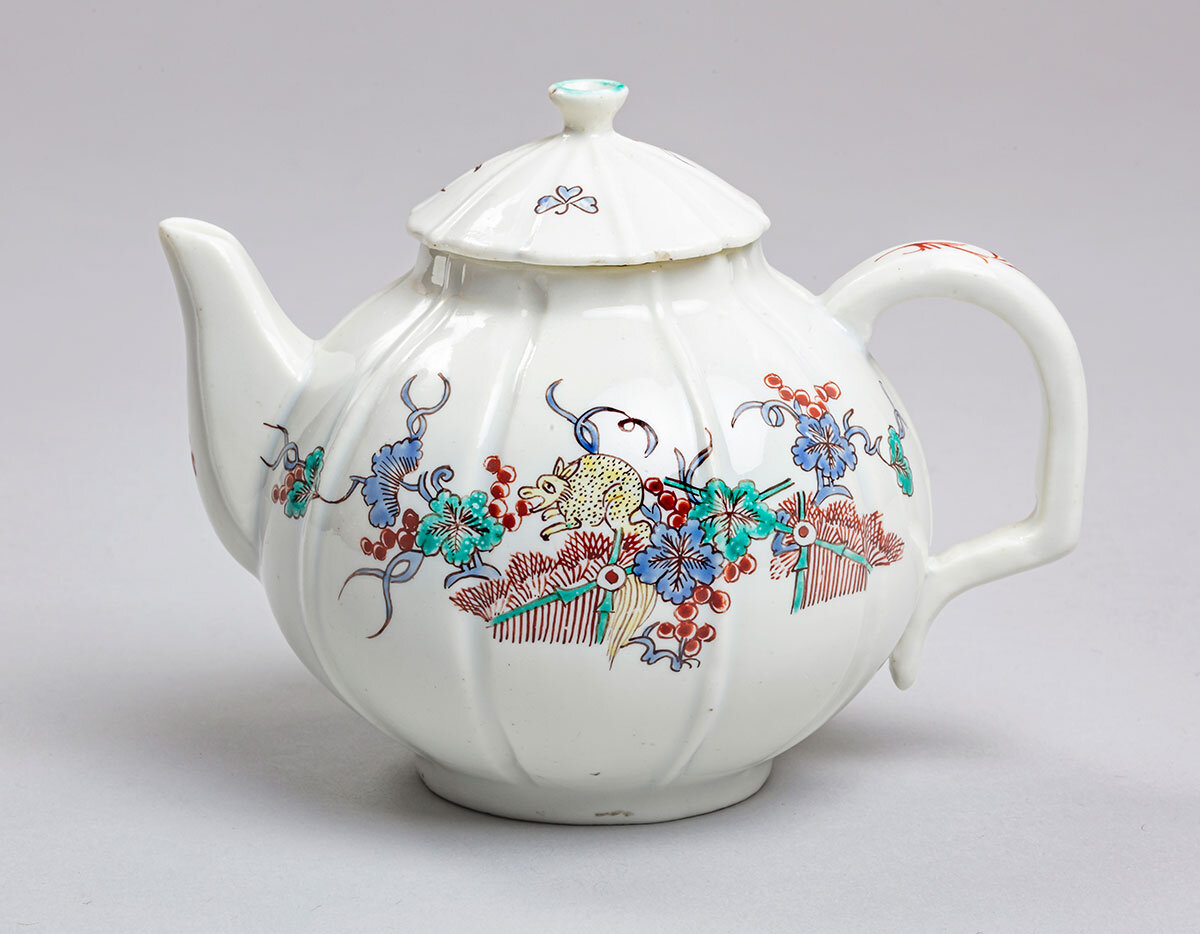
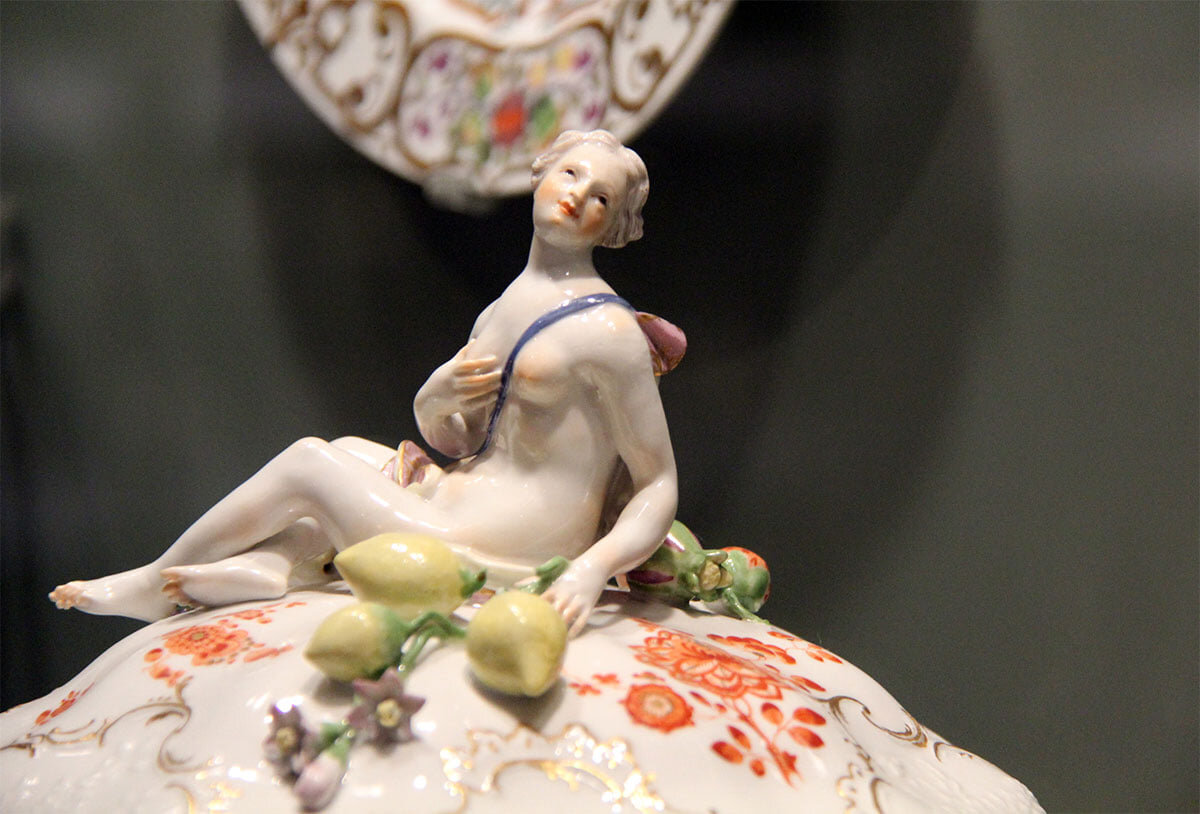
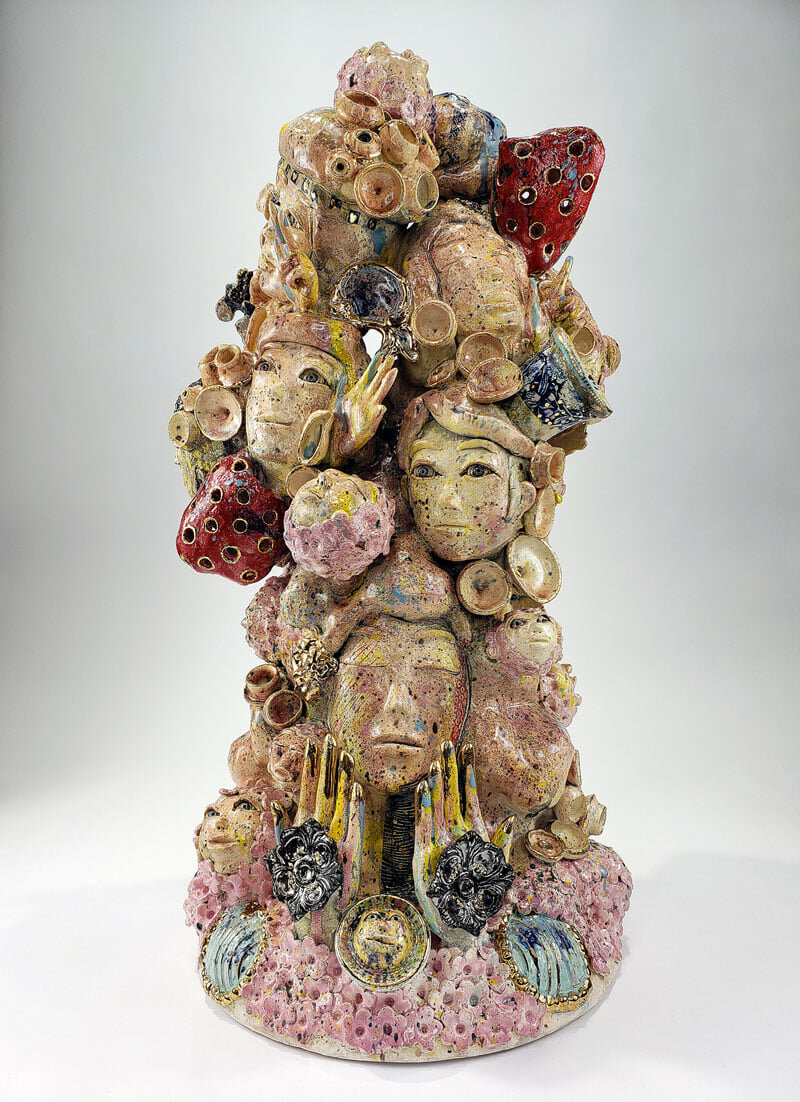
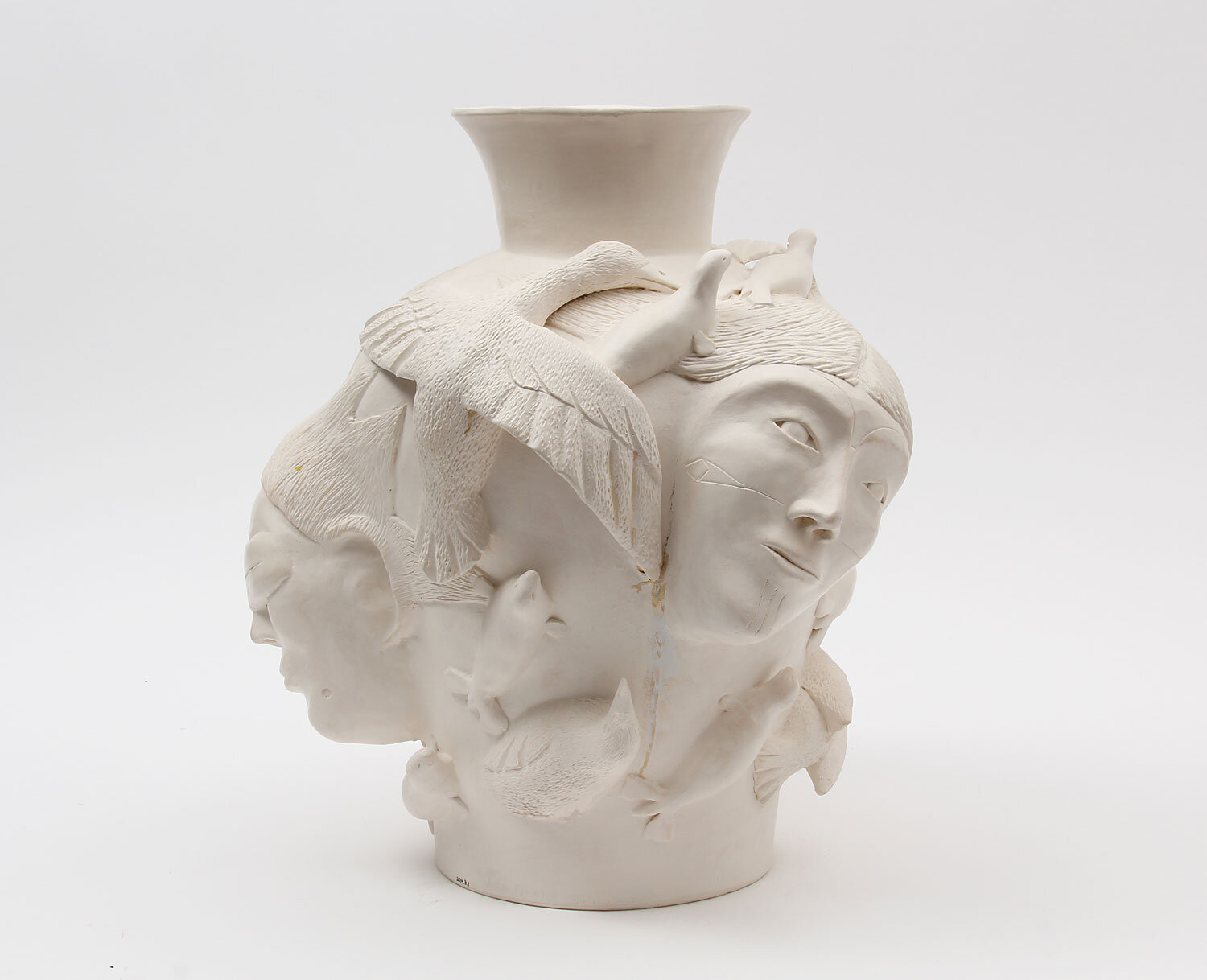

How to Get There:
Located just off Bloor Street and across the street from the ROM, this museum is easily accessible by TTC. Take the subway ‘Line 1, Yonge-University-Spadina’ line to Museum station which is mere steps from the door. Alternatively, you can take the same line to St. George station and walk east a few blocks to turn onto Queen’s Park , or get off at Bloor Station, where the museum is approximately 12 minutes away. You can also take the subway ‘Line 2, Bloor-Danforth’ to Bay Station, where the museum is less than 10 minutes away.
Practical Information:
Open Thursdays and Friday from 10am-6pm, and on weekends from 10am-5pm. The museum is also open on Holiday/Civic Mondays from 10am-5pm. General admission is $15, but have continuously chosen new days or times to offer free entry in different years. Please check HERE to learn when free entry is offered, and for the most up-to-date hours and pricing information, as well as for updates on current or upcoming exhibitions and events.
Textile Museum
Located in the heart of downtown Toronto, the Textile Museum is the only one of its kind in Canada - a whole museum dedicated to the history and culture different textiles represent. With a collection of over 15,000 items, you’ll find objects and samples from over a 2000 year time span, with more than 200 regions represented. Of course, not all 15,000 items can be on display at a time, giving the museum the opportunity to constantly rotate their collection and display new pieces - keeping the permanent collection always fresh and exciting to visit.
The museum, and the work done in their attached educational institution, is internationally renowned, applauded for its vast and diverse collection and their stellar research. Here, textiles are studied to illuminate their role in culture, and to improve our understanding of their roles in human life and experiences.
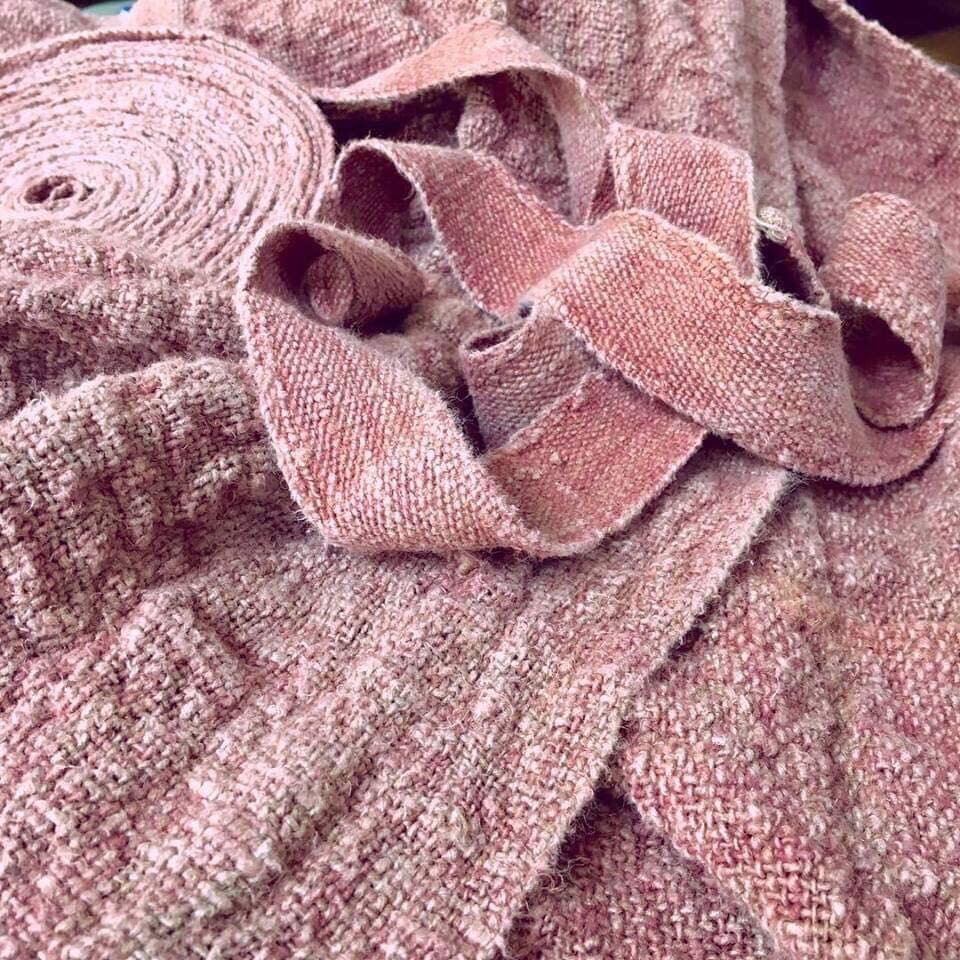
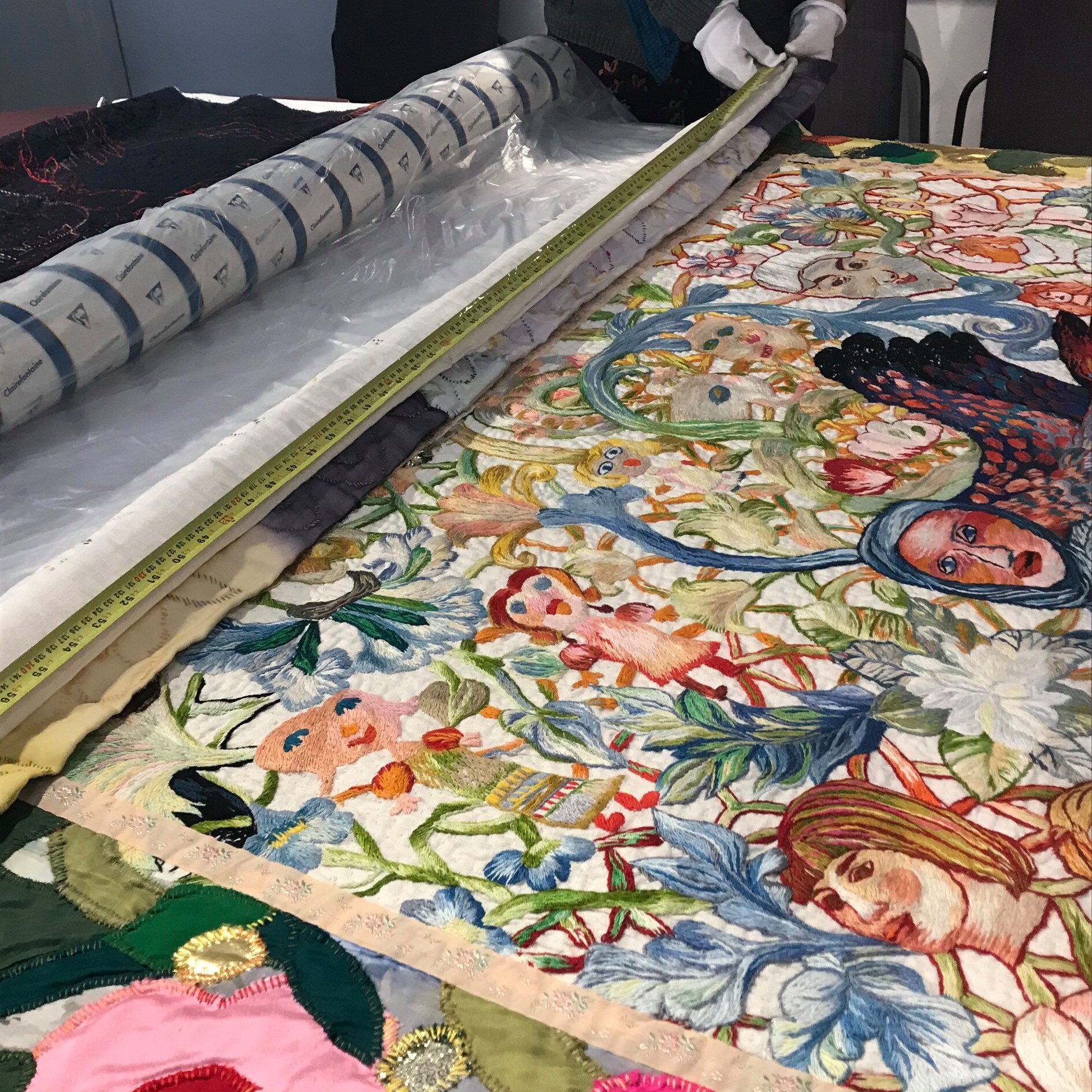
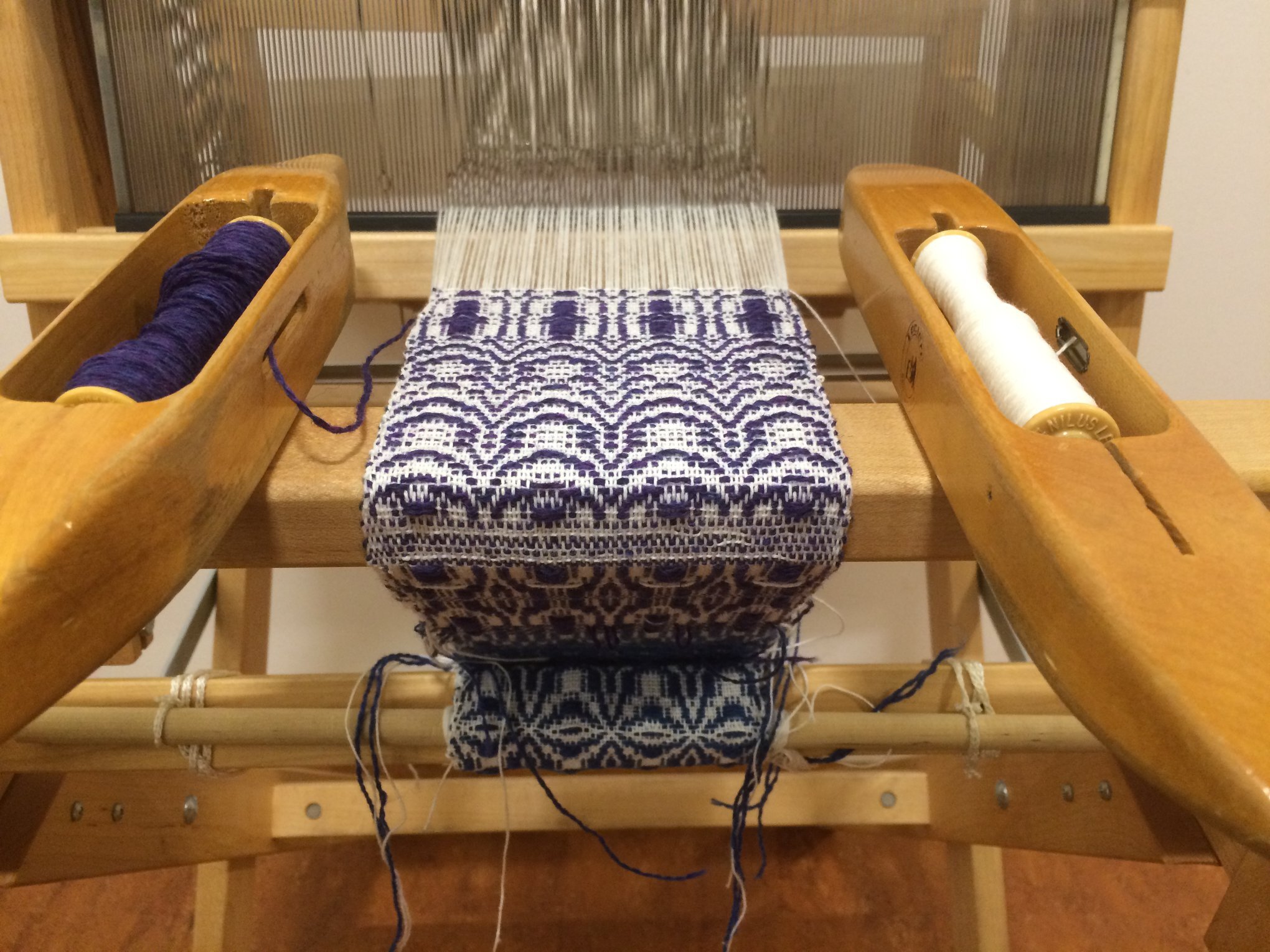
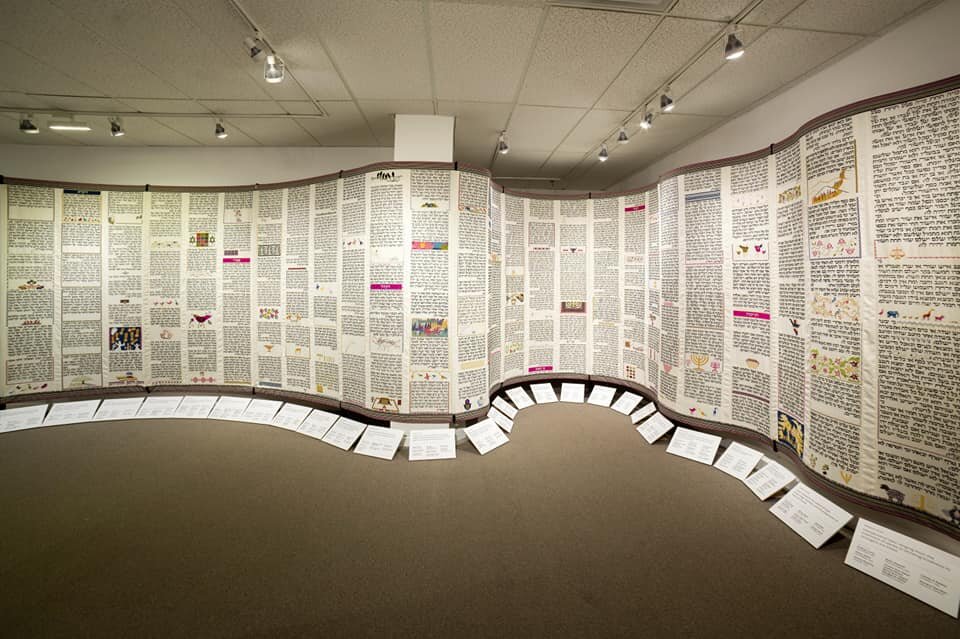
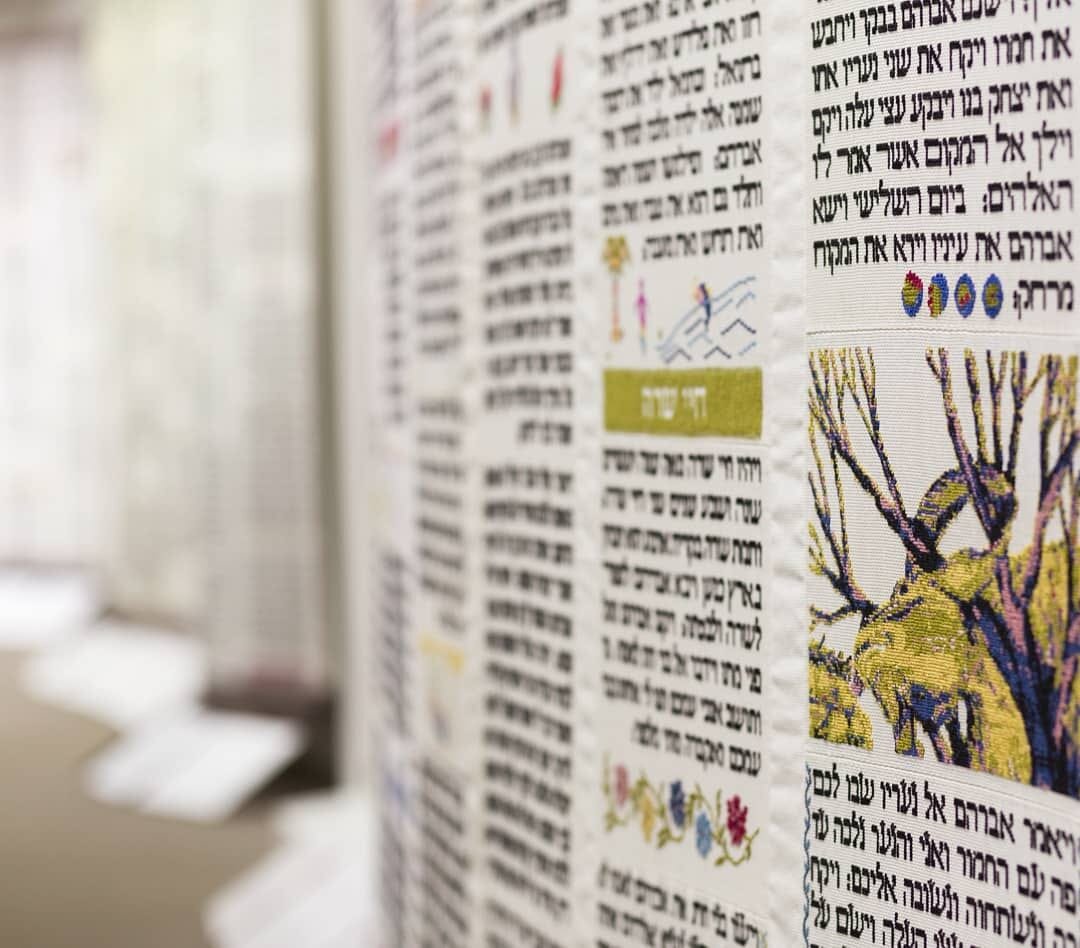
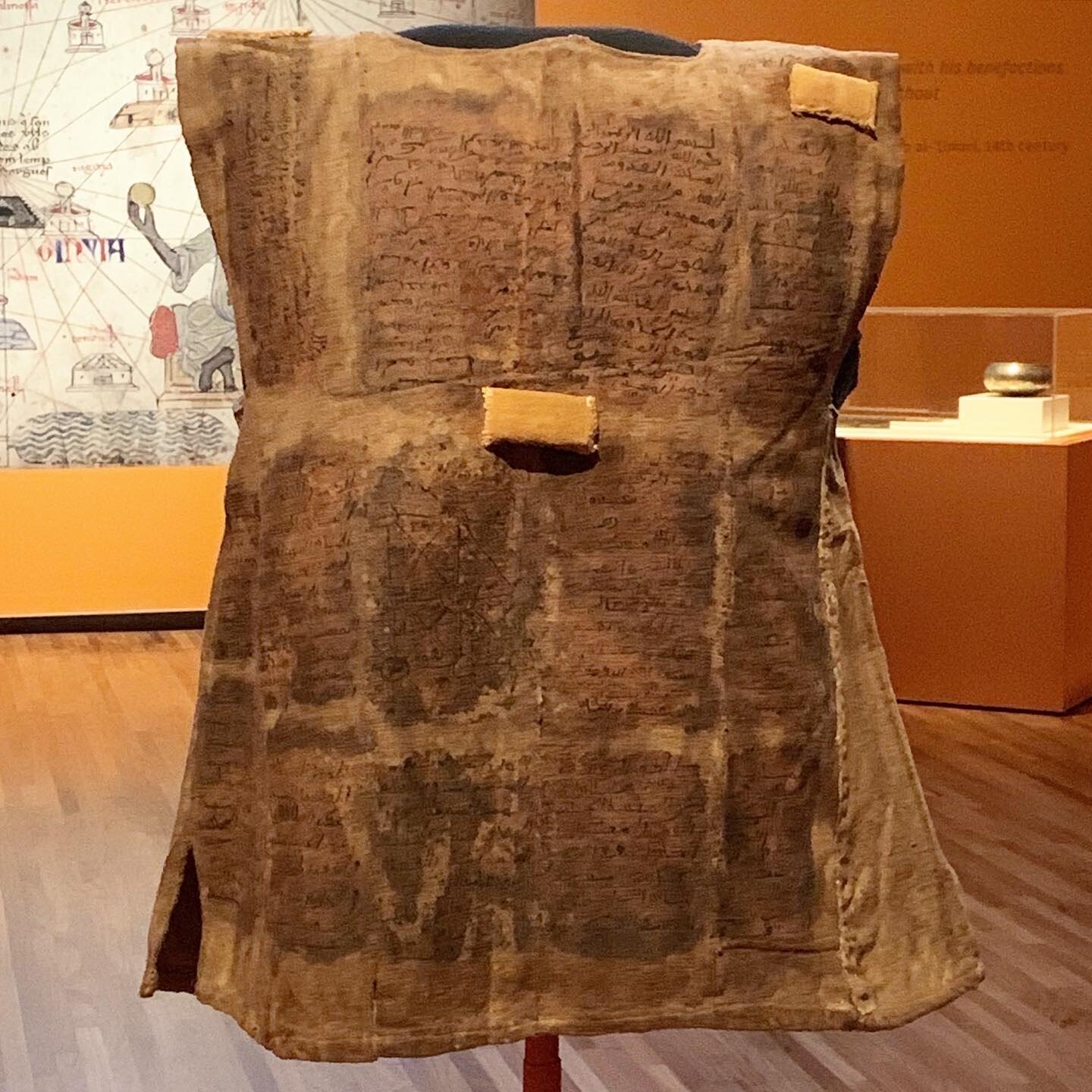
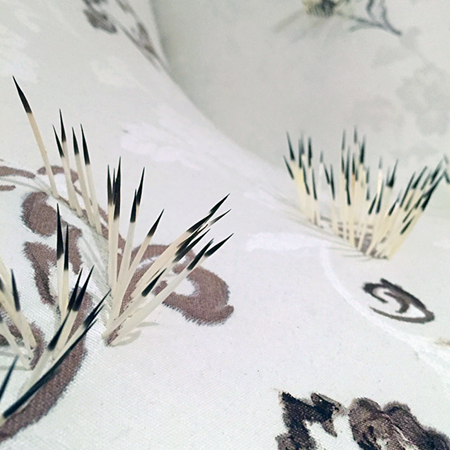
Practical Information:
The textile museum is open daily from 11am-5pm. General admission is $15. As museum hours and admission are subject to change, please check HERE for the most up-to-date and accurate information.
How to Get There:
Take the subway ‘Line 1, Yonge-University-Spadina’ to St. Patrick station, the museum is less than five minutes away - located just south, and one block east of Dundas Street and University Avenue.
Museum of Contemporary Art (MOCA)
The Museum of Contemporary Art (MOCA) has become a popular museum for locals when looking for new installations and to support up-and-coming artists. As MOCA takes an artist-centric approach to the programming, visitors tend to be treated to some niche and talented artists who are breaking onto the scene, both local and international. Previously the museum was a little more central but in 2018 it moved into a former industrial building, giving the museum 55,000 square ft. to showcase art through a range of mediums. The new home to the museum is in the former Tower Automotive Building, which was once the tallest in Toronto, built in 1919. For decades this building served as an aluminum factory, creating products for World War 2, before later making kitchen tools, bottle caps, and car parts with the materials.
While there is a more permanent collection, the main draw is the exhibitions held here, which brings focus to hot topics or trends in the contemporary and postmodern art world. Past exhibitions include: ‘Chantal Akerman – In the Mirror and Now’, ‘Laws of Motion in a Cartoon Landscape’ by Andy Holden, and ‘LUCID’, which was an interactive and immersive exhibit.
Inside the museum, enjoy a coffee or treat from Forno Cultura, one of the city’s most popular Italian bakeries, which has opened a location at MOCA. Alternatively, you can enjoy some of the more local spots in Toronto’s west end. For instance, the museum is conveniently located near Henderson Brewing, a local small-batch brewery with tasting rooms and tours. If visiting MOCA, you may want to start or end your trip with some local brews.
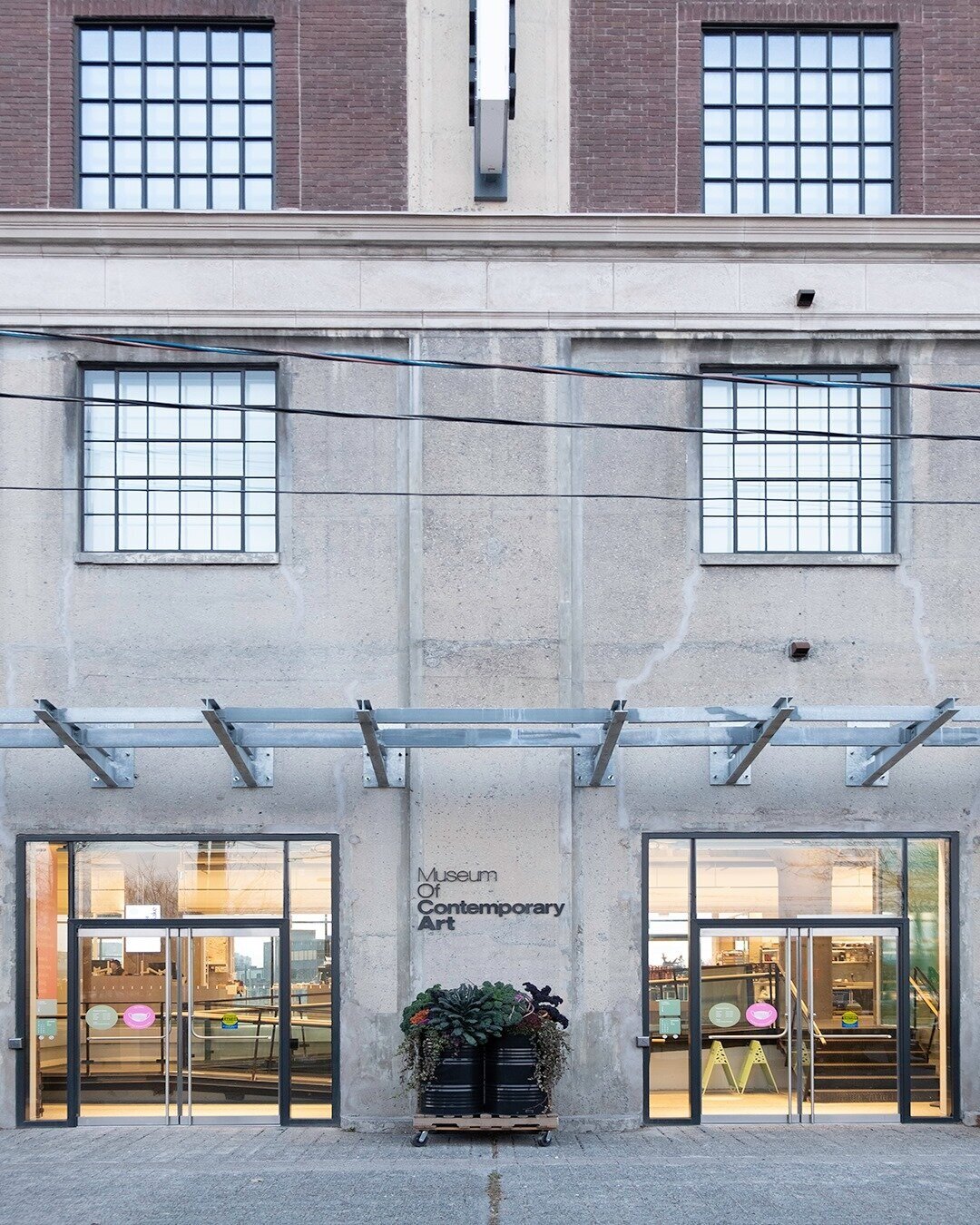
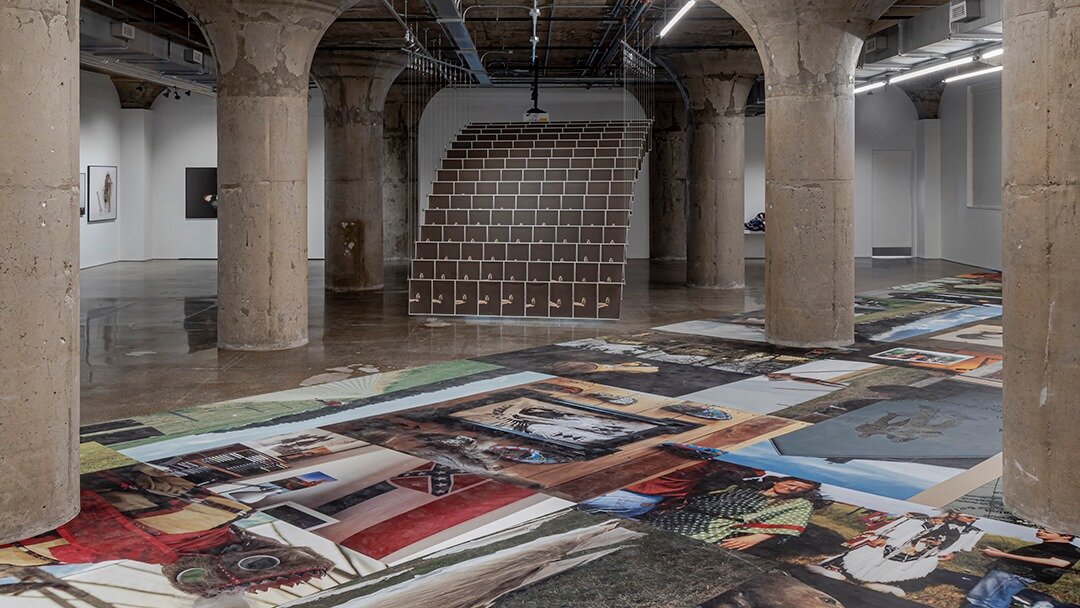
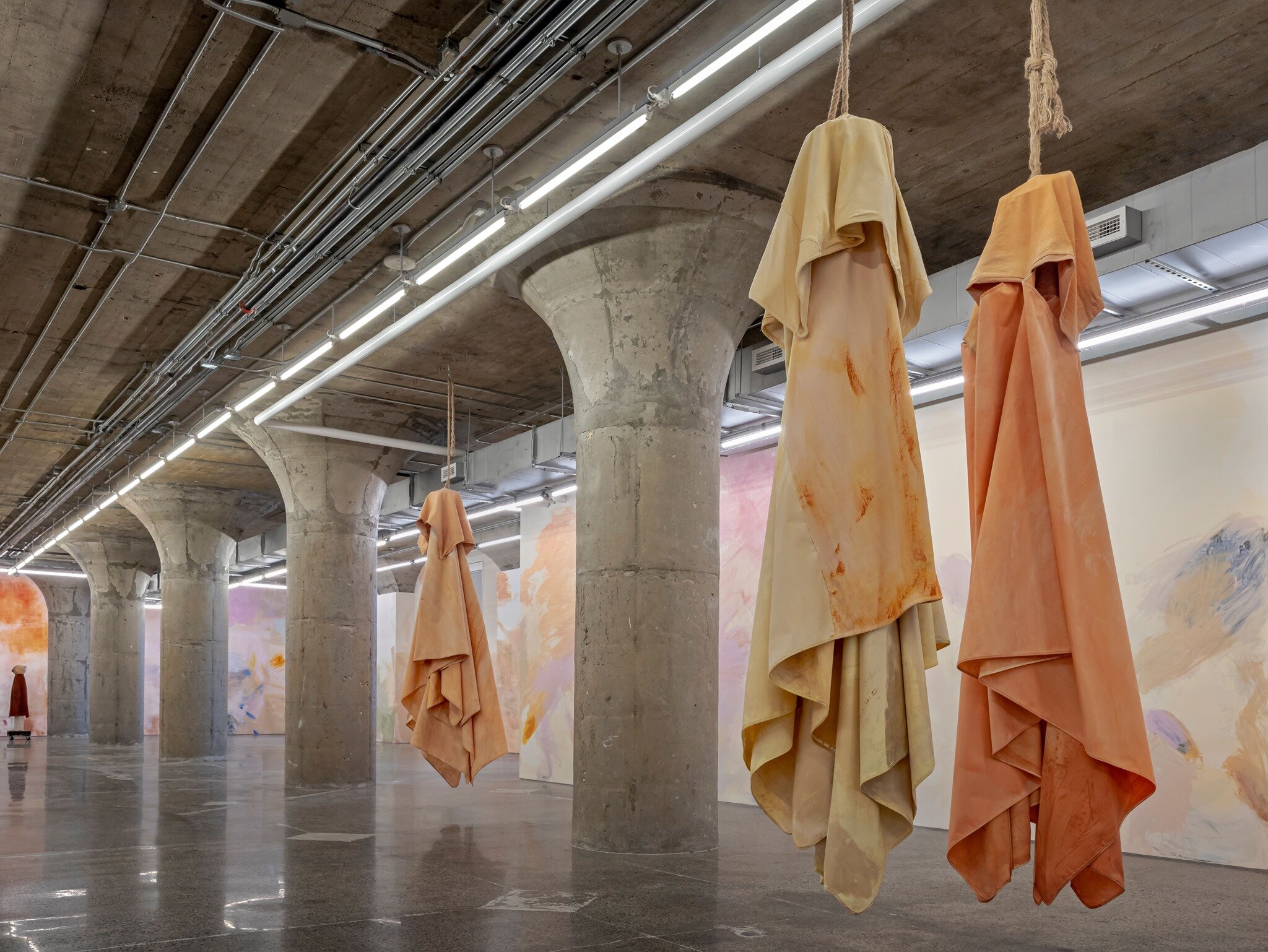
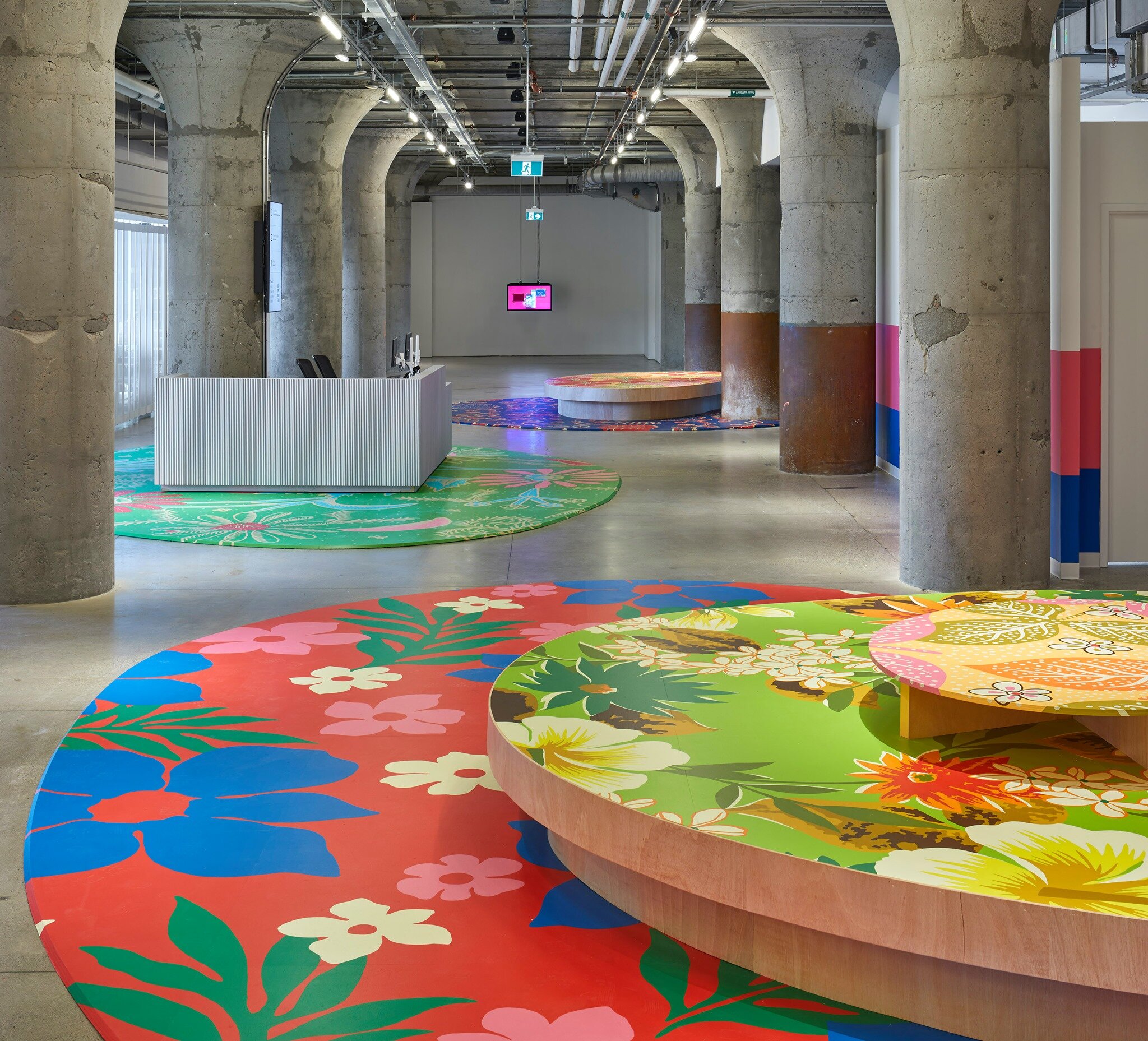

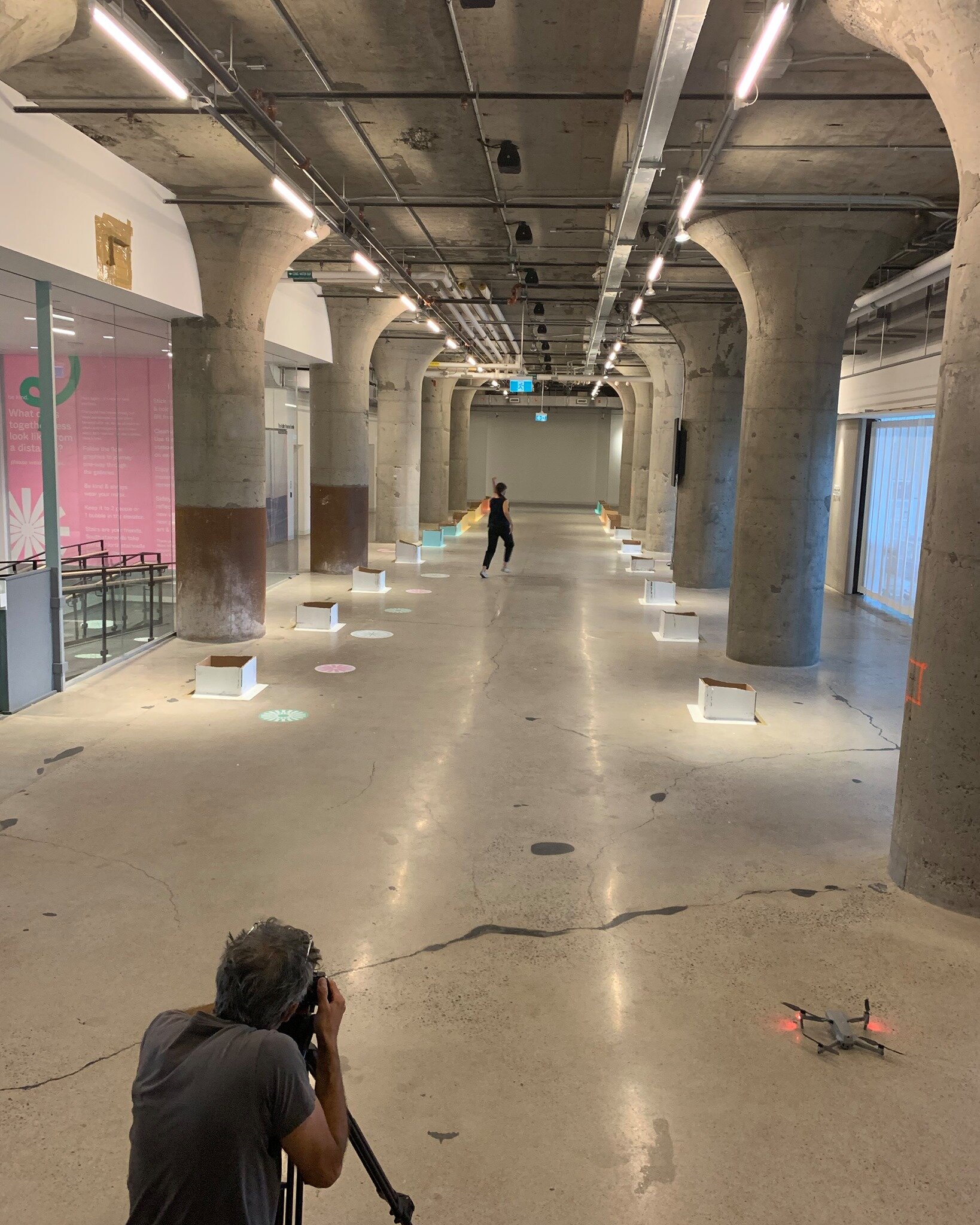
How to Get There:
In the west end of the city, you take the subway ‘Line 2, Bloor-Danforth’ west towards either Dundas West or Lansdowne stations. From either, it’s approx. a 10-minute walk to the museum. The museum is on Sterling Road. You can also take a streetcar west on Dundas if you’d like to take public transit while still getting a view of the city, though an Uber will achieve the same thing and will be faster than a street car.
Practical Information:
Open Thursday to Sunday, from 11am-6pm, with extended hours on Fridays from 11am-9pm. General admission is $10 and includes entrances to all exhibitions. However, talks, events, and special programming may require an additional fee. The first floor is open to the public for free, and admission to the museum is free on the last Sunday of every month. However, hours and admission may change; please check HERE for the most up-to-date information.
***Bonus***
McMichael Canadian Art Collection
The McMichael Canadian Art Collection is perhaps one of the most famous art galleries in Canada, but unfortunately is not actually located in Toronto, though it is nearby, which is why it is included on this list as a bonus suggestion. Located in Kleinburg, a smaller town just north of Toronto, McMichael is where you go when you want to explore some of Ontario’s nature, both through art and your own exploration.
Focusing exclusively on Canadian and Indigenous art, McMichael’s has over 6500 pieces in their permanent collection, with both historical and contemporary pieces. While opened in the 60’s, this museum has grown to become the largest publicly funded art gallery/museum in Canada. The museum itself was originally the home of the McMichael family, a couple who wanted to live amongst Canadian nature to appreciate its beauty. They became collectors of Canadian landscape art, specifically works from The Group of 7 and their contemporaries. However, over time their collection expanded and broadened, growing to include a variety of styles and Canadian artists. In 1965, they donated their home to the province to become a gallery dedicated to Canadian and Indigenous art, their collection nearly 200 pieces at the time. Now you’ll find works from The Group of 7, Tom Thomson, and from seminal artists in the First Nations, Métis, and Indigenous communities. McMichaels has also become the custodian of the Cape Dorset archive, a resource of more than 100,000 artworks from the Inuit community.
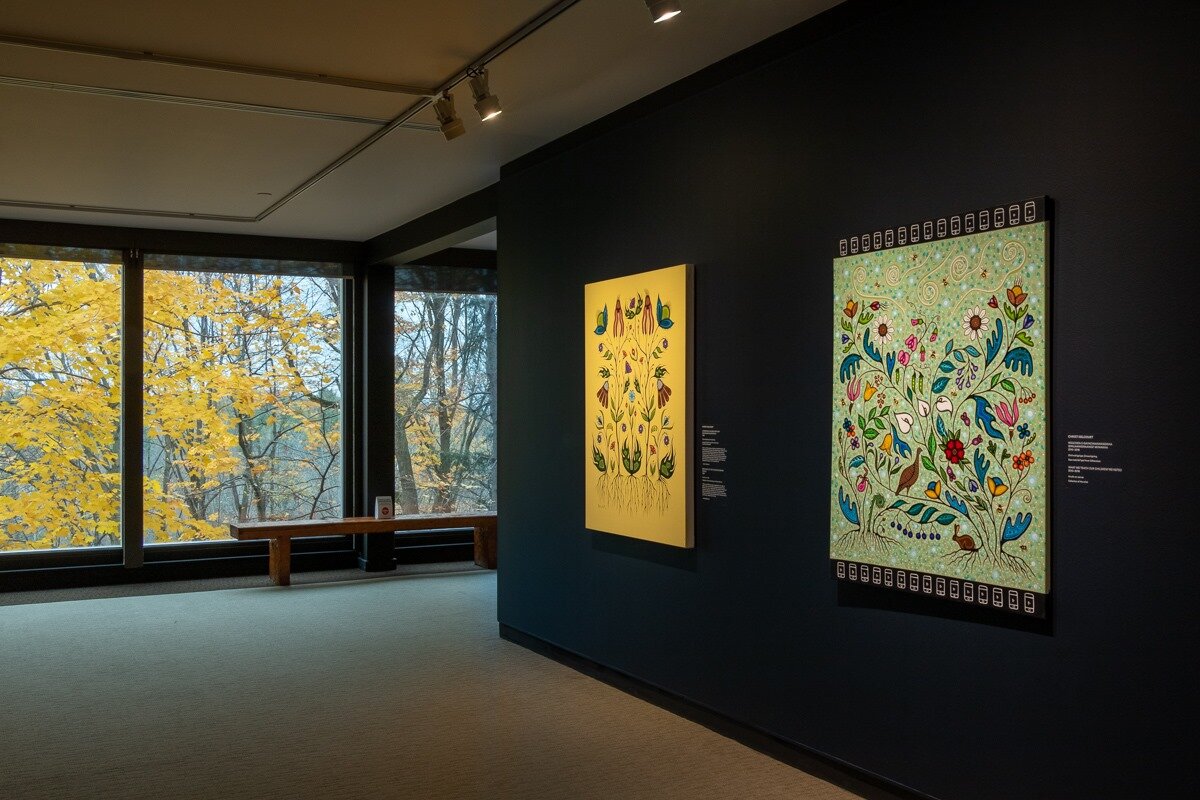
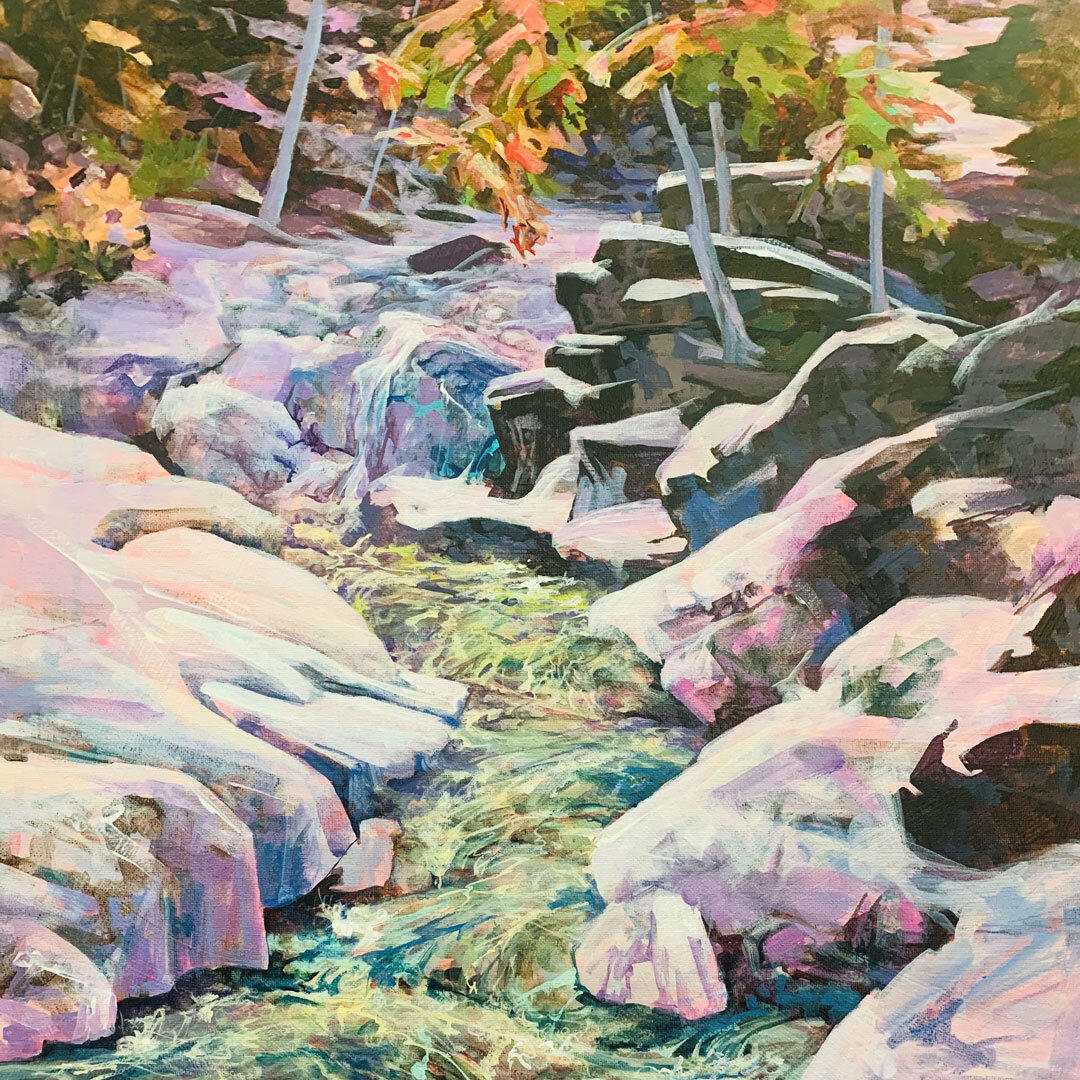
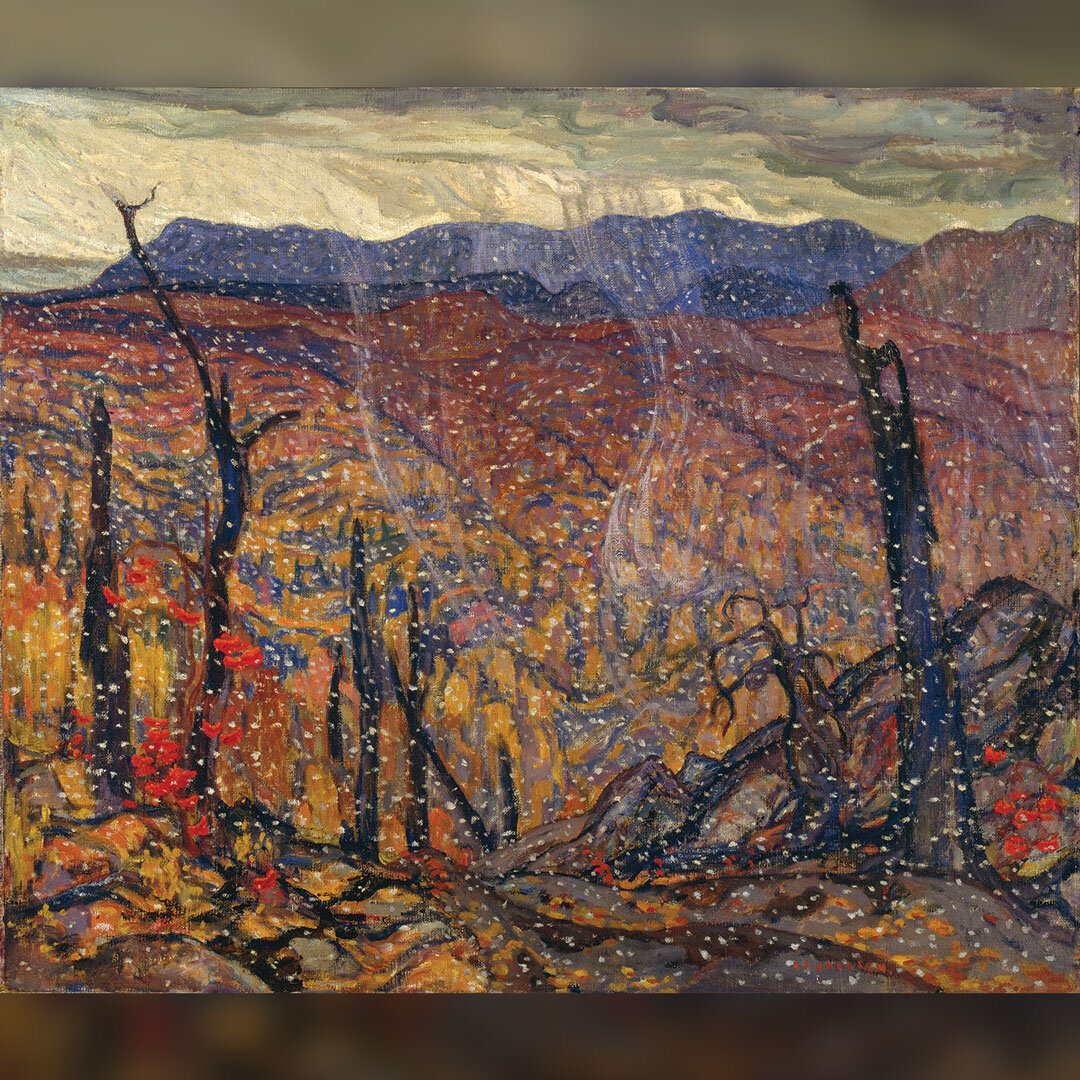
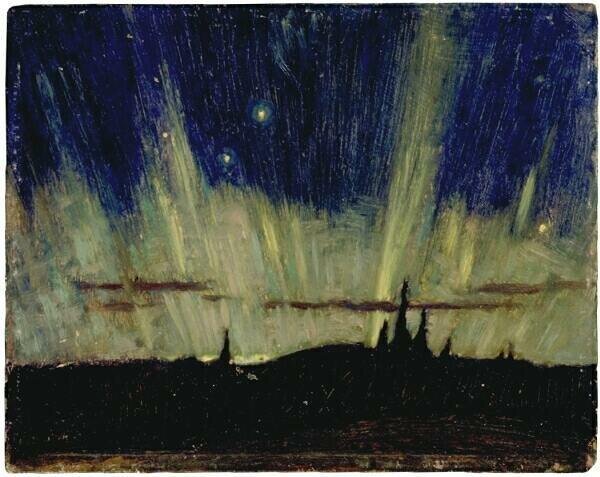
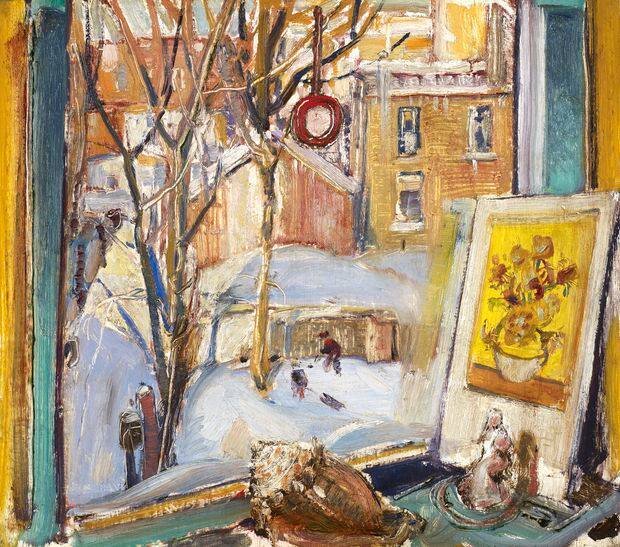

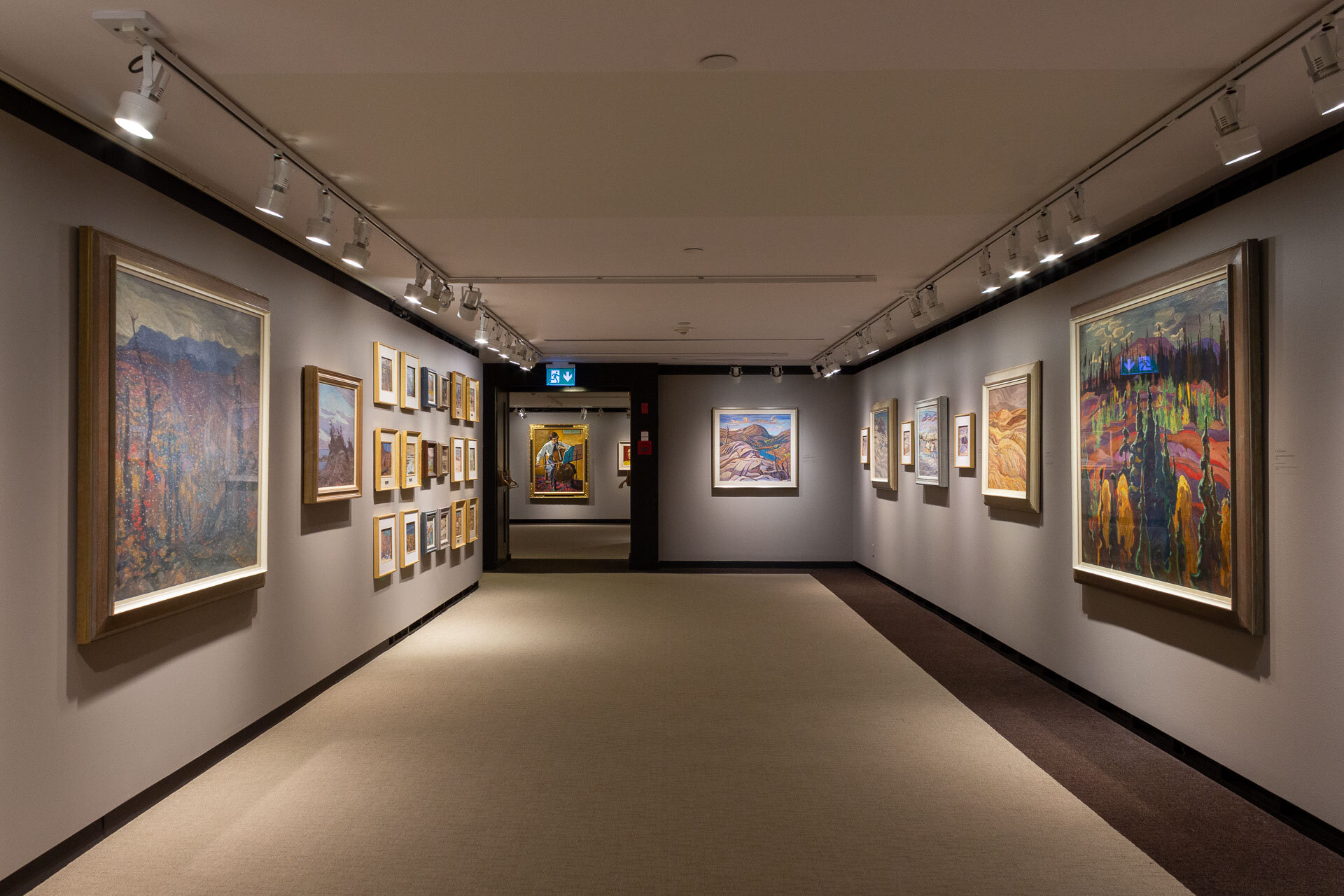
The Group of 7, which is perhaps the biggest name at this museum, is a group of Canadian artists who gathered together to create one uniform style to capture Canada’s landscapes. Collectively they decided to break from European styles and opted for a more modern look they designed together. Their representation of Canada’s nature and scenery has become symbolic of Canadian art. While The Group of 7 did have seven members in the beginning, by the 1930s, there were nine members of this collective.
Another huge draw at McMichael’s is the works of Indigenous artist Norval Morrisseau. Famous for creating striking and colourful images that represented his cultural beliefs and legends, Morrisseau has become a founder of Modern Indigenous art.
While many go to McMichael’s for their art alone, it’s a great destination if looking to embrace Canadian nature, with a cafe that uses local and seasonal ingredients, and stunning nature trails to explore. In fact, there are a variety of trails, perfect for walkers, hikers, and bikers, spread out across 100-acres of woodland.


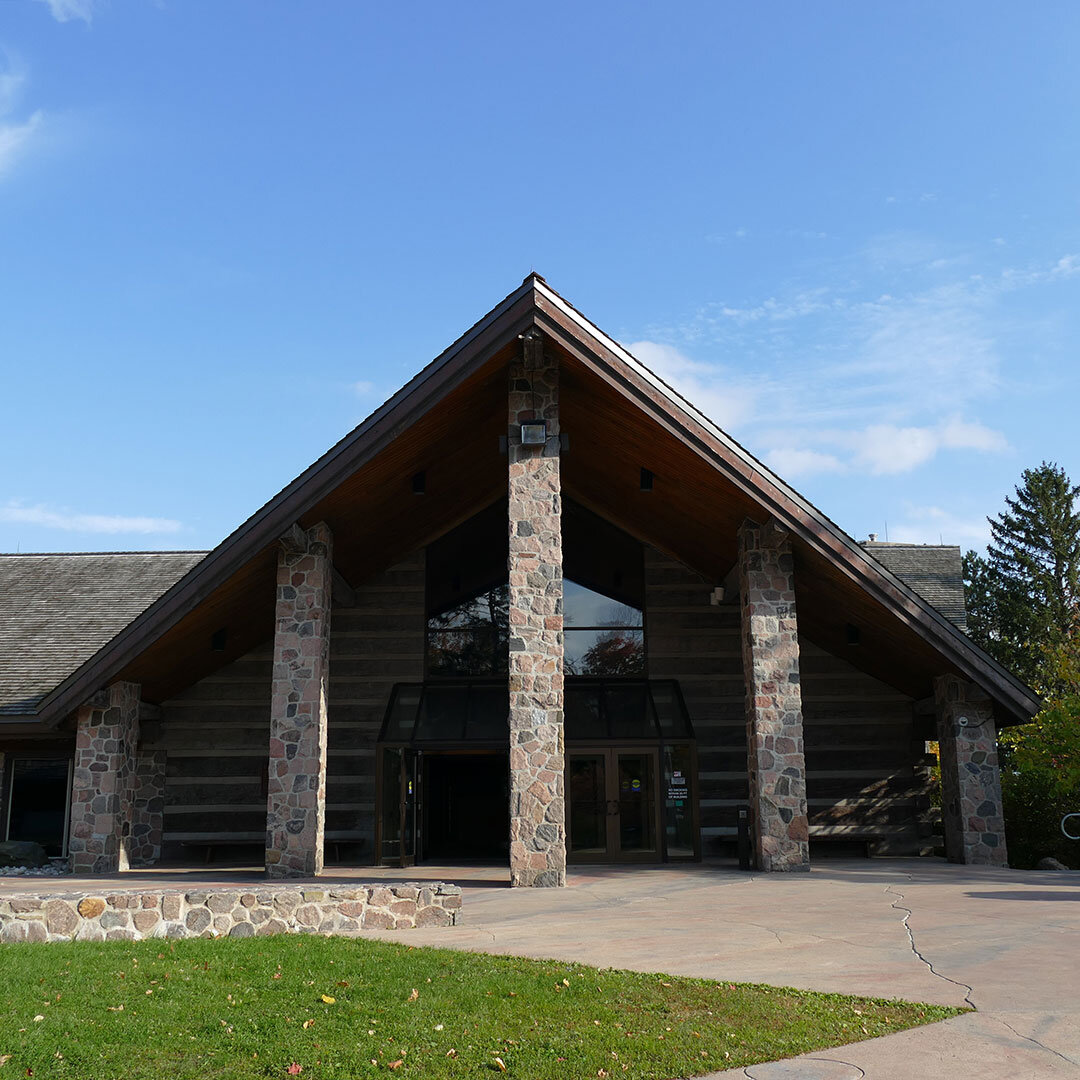
Practical Information:
Open Thursday-Sunday, from 10am - 5pm. General admission is $18, or $5 if under 25. It is also worth noting that if you are driving there and need to park, there is a $7 parking fee. As the opening hours and prices may change, check HERE for the most up-to-date information.
How To Get There:
Getting to McMichael’s without a car can prove more challenging or pricey, but is definitely still possible. The easiest but perhaps priciest option would be to take an Uber or taxi to the gallery. As it is north of Toronto, taking an Uber from downtown can add up quickly. To limit the costs, you can take the subway to one of the further north stops on the ‘Line 1, Yonge-University-Spadina’ line, and then call an Uber from there. This should help subset the total cost.
Alternatively, you can take the GO-Train from Union Station to Maple Station, which takes approximately 33 minutes; there is a train every hour. From the Maple Go Station, you can take a 15 minute taxi or Uber to the gallery, though it will be harder to get one than in the city.
The last option, which only runs in the warmer months, is the McMichael Art Bus. For $15, you can take a shuttle bus organized by the gallery, from downtown Toronto to McMichael. However, this is a newer offering from them, and after suspending its service in 2020 for COVID-19, it remains to be seen whether they will continue with this option in the future. However, you can check here for updates.
